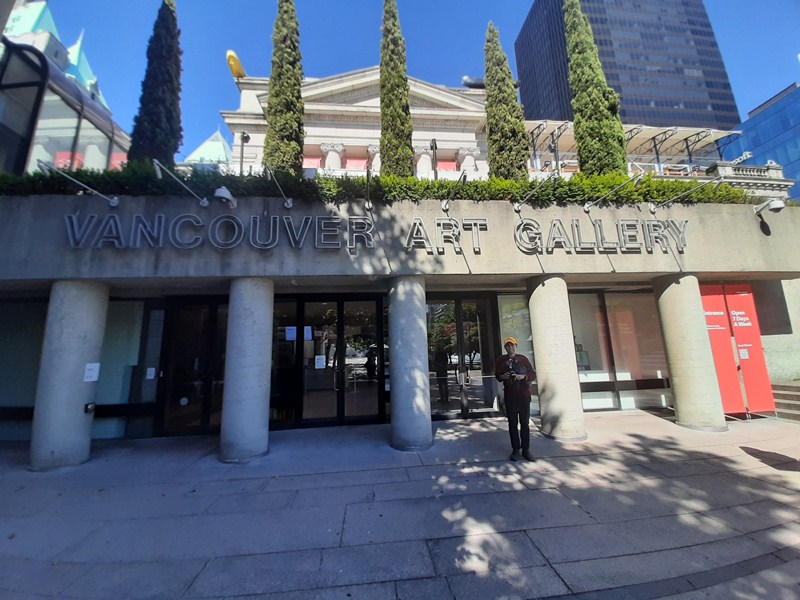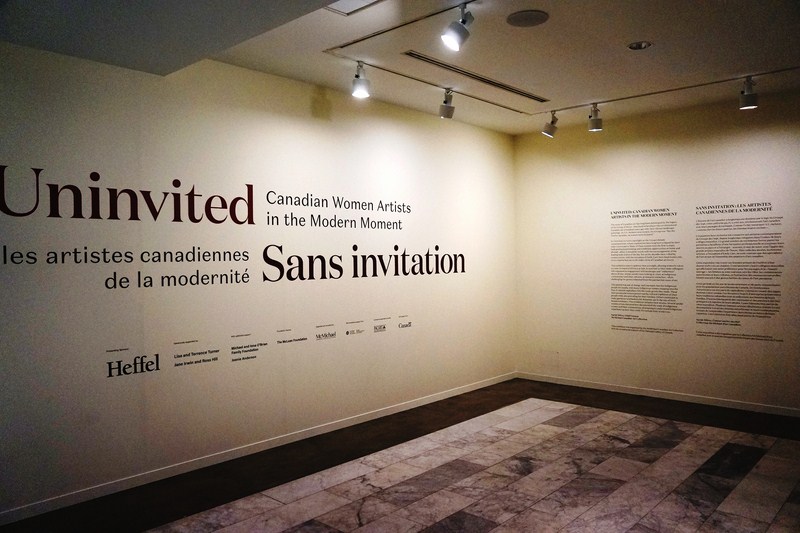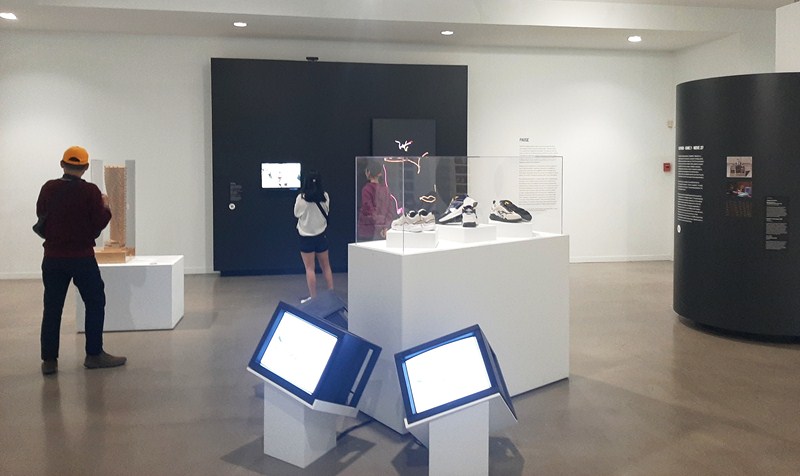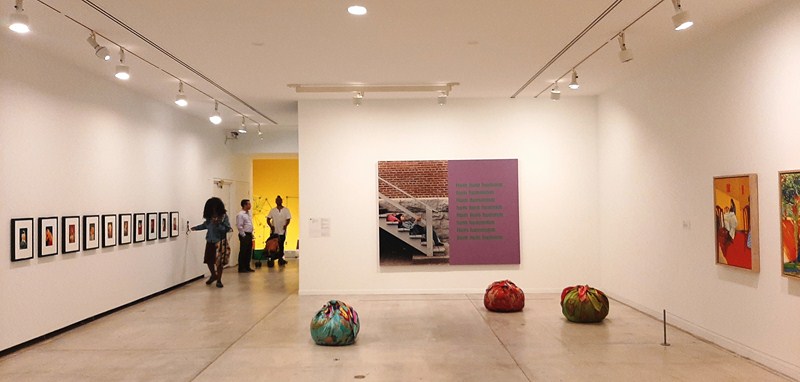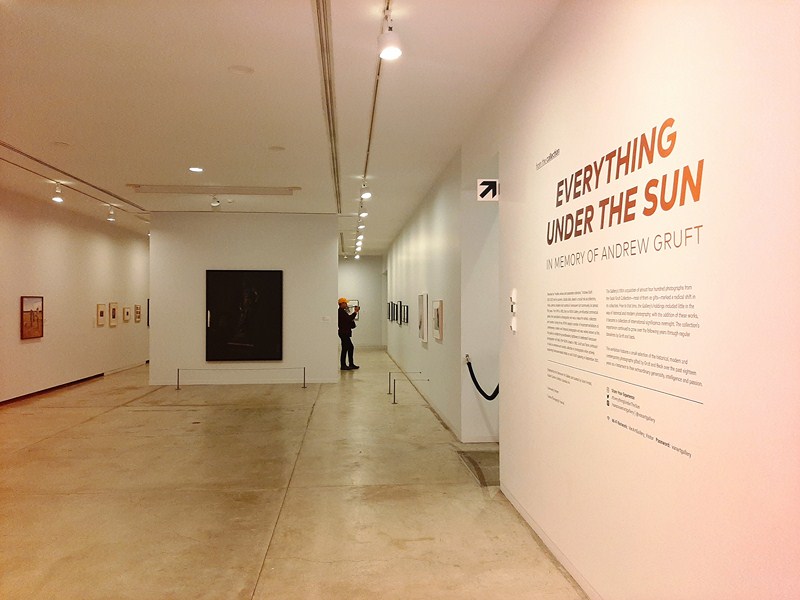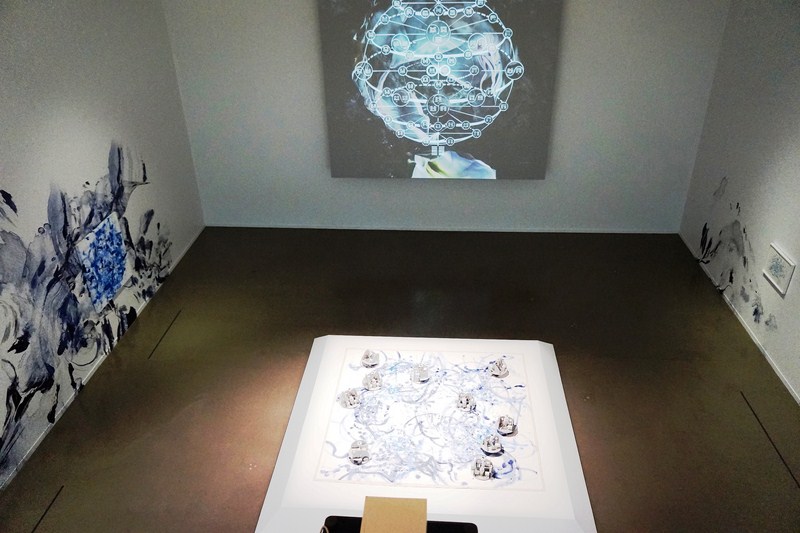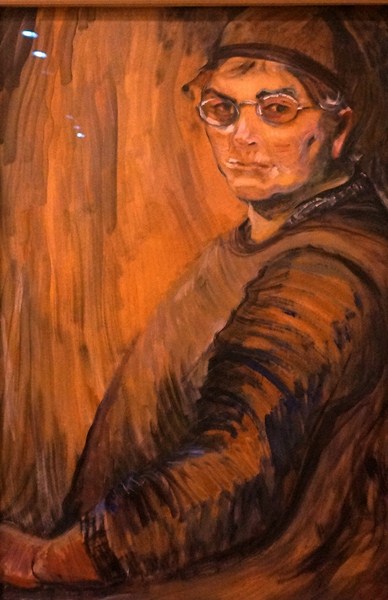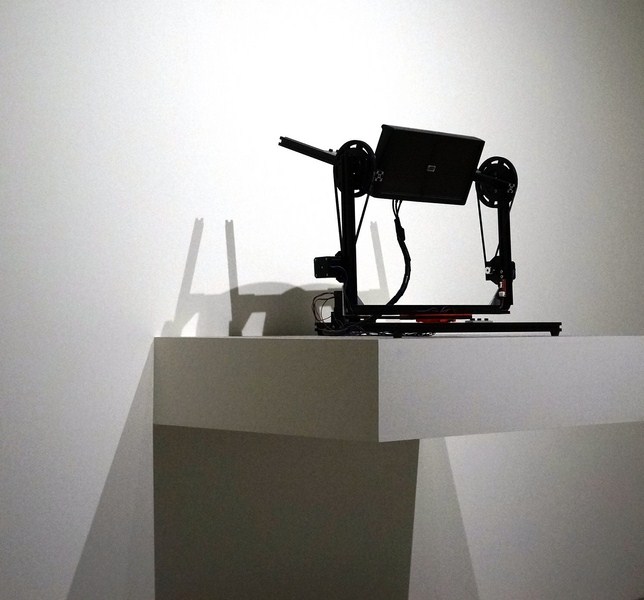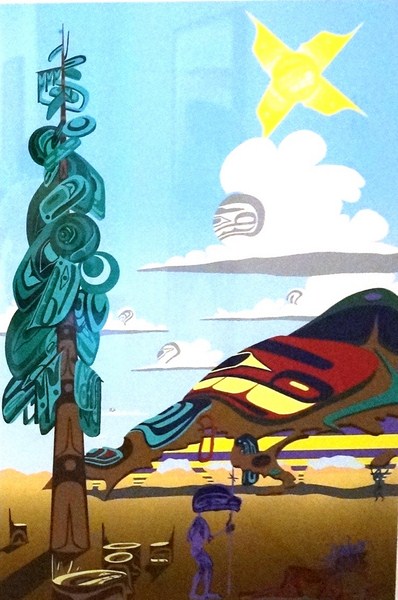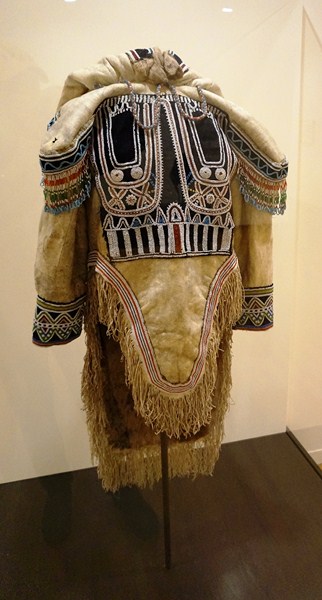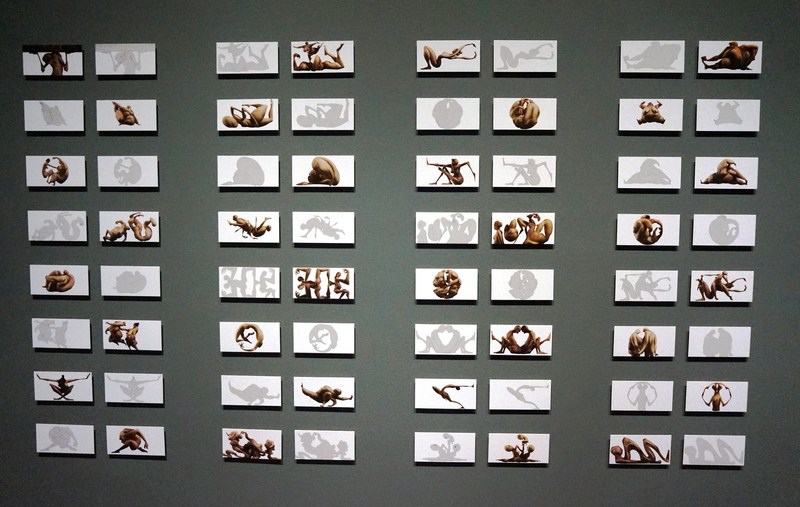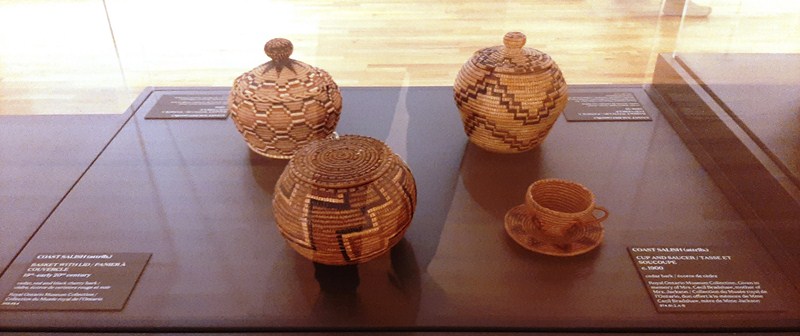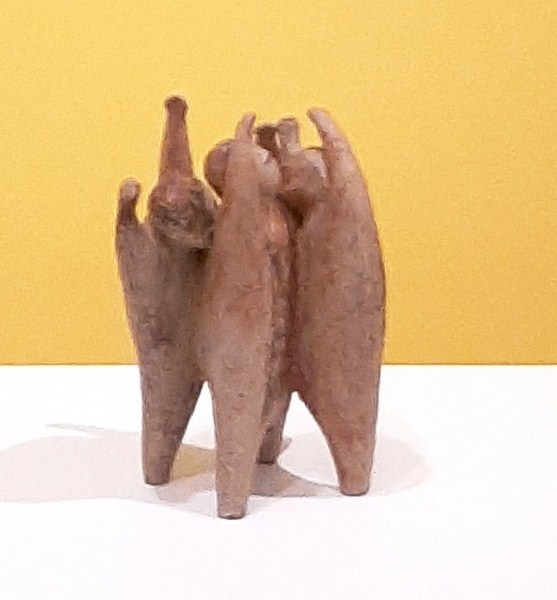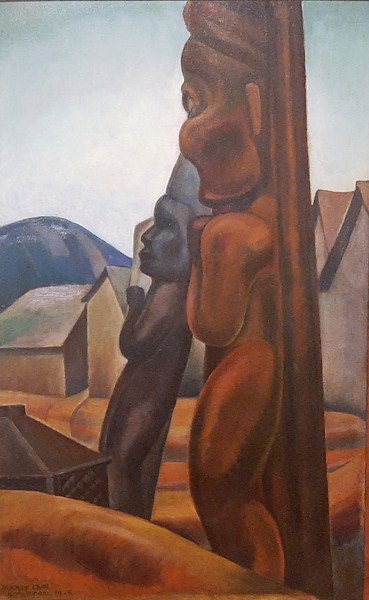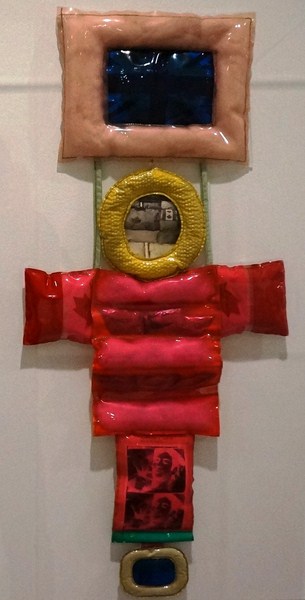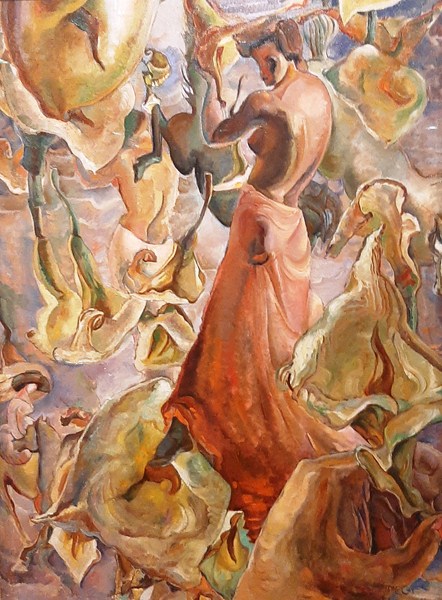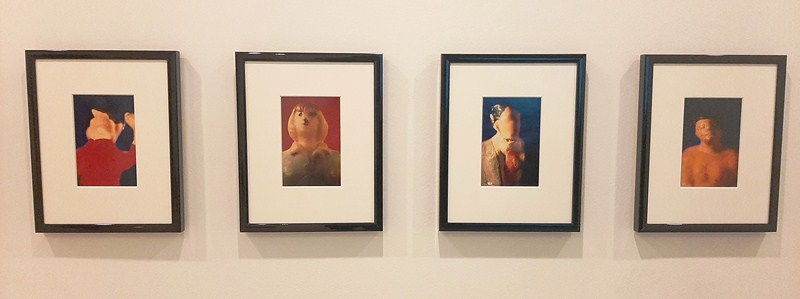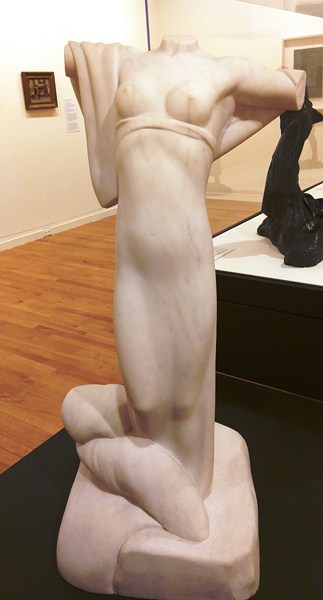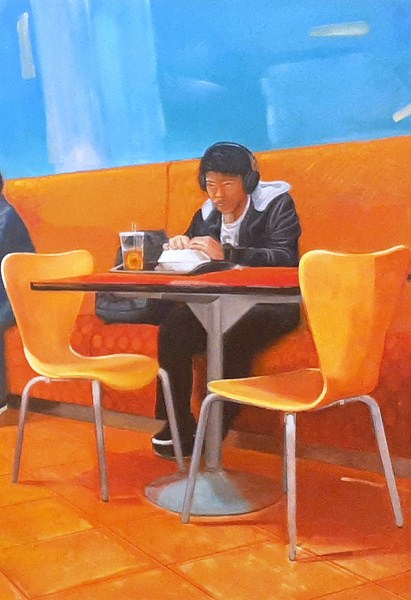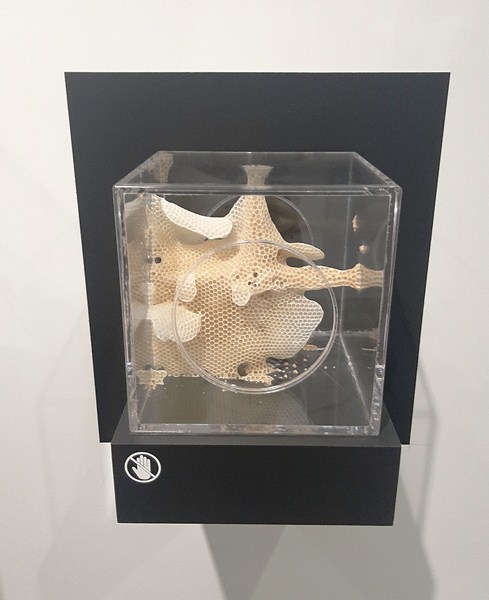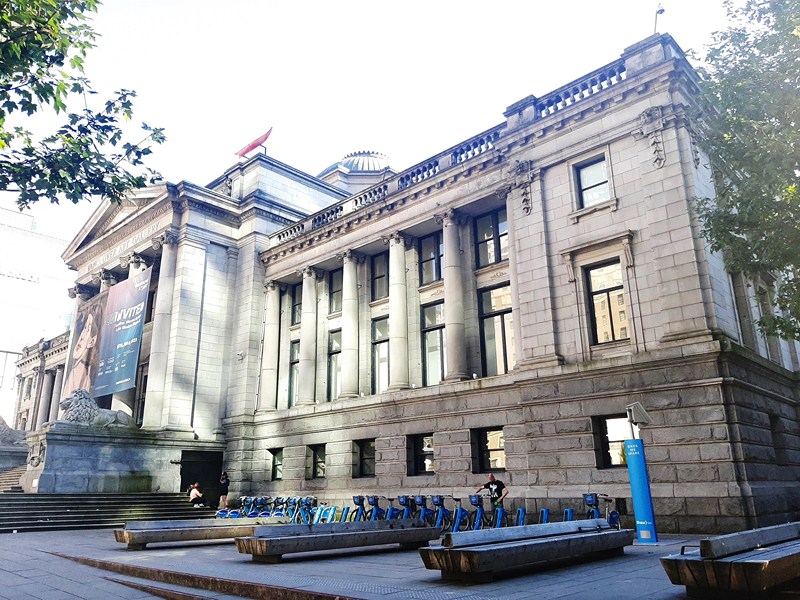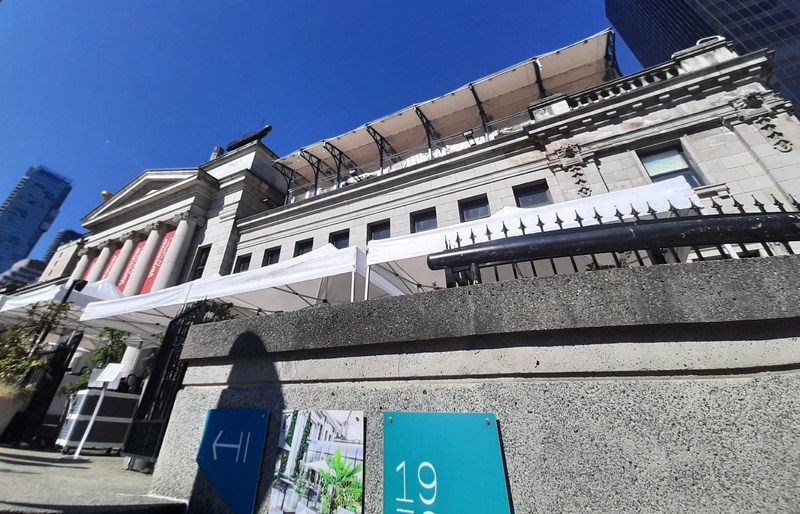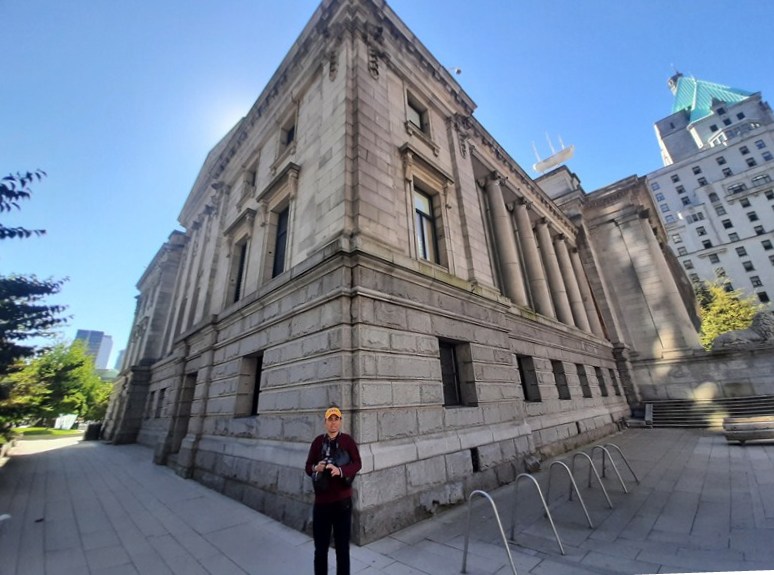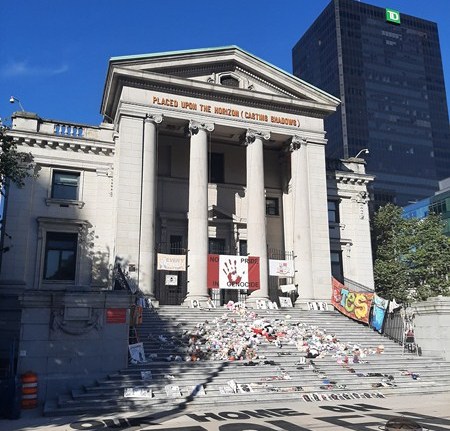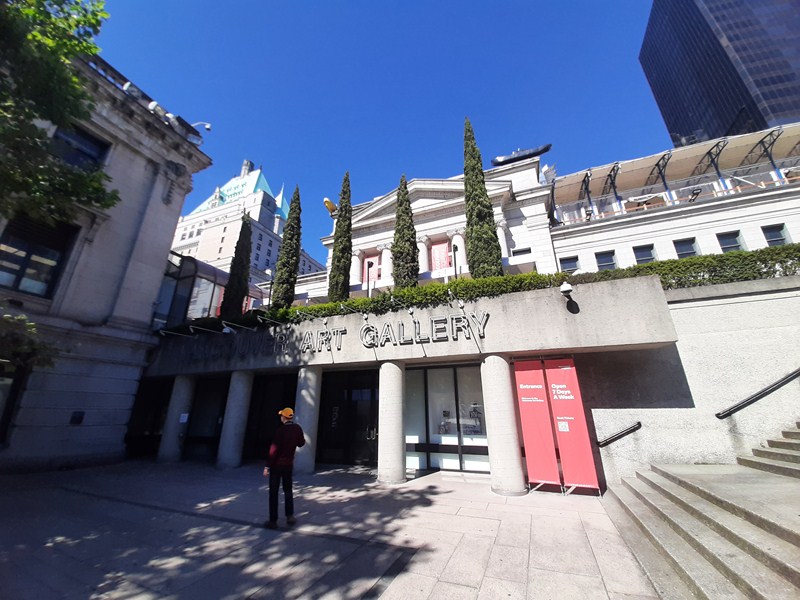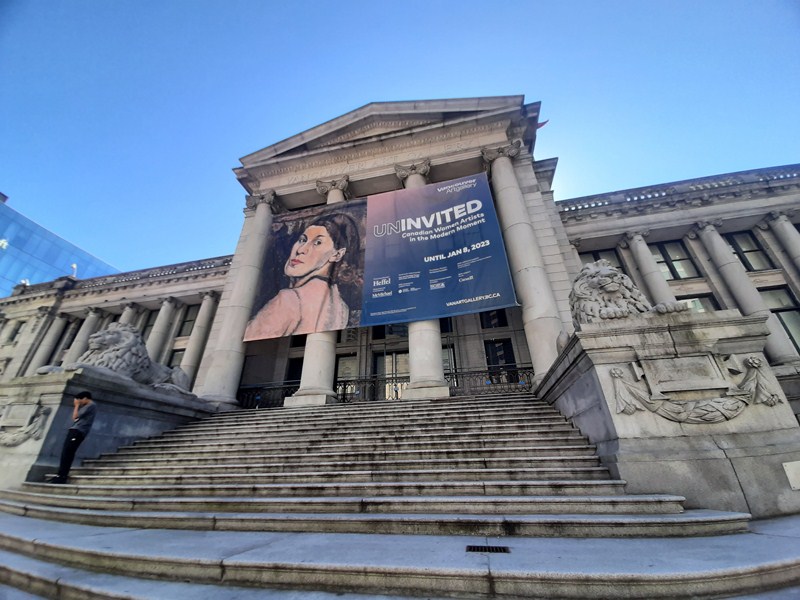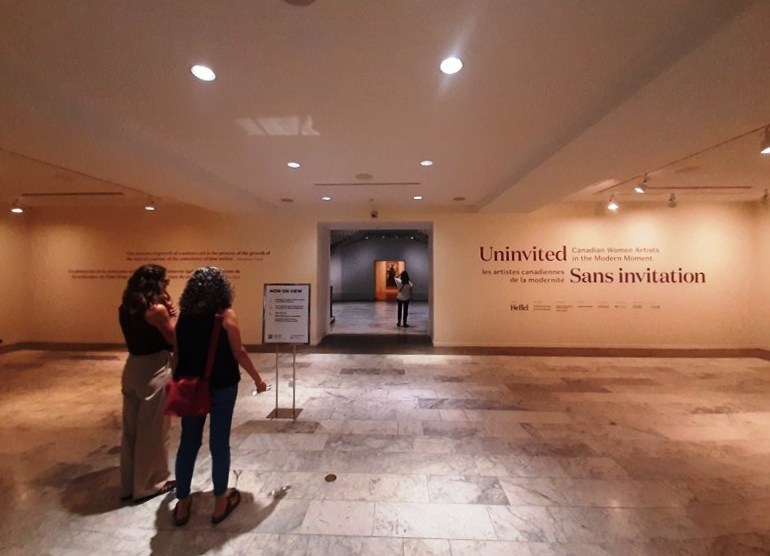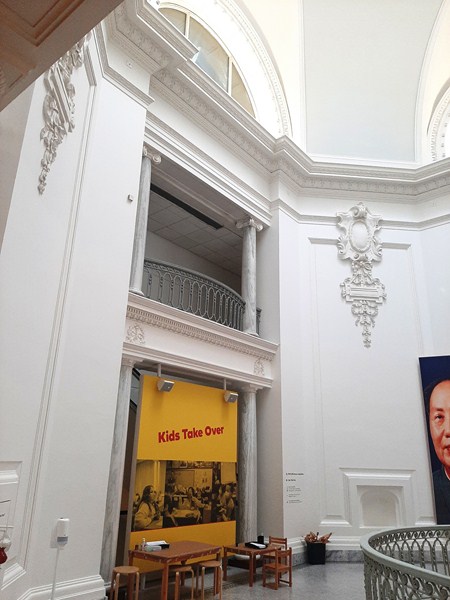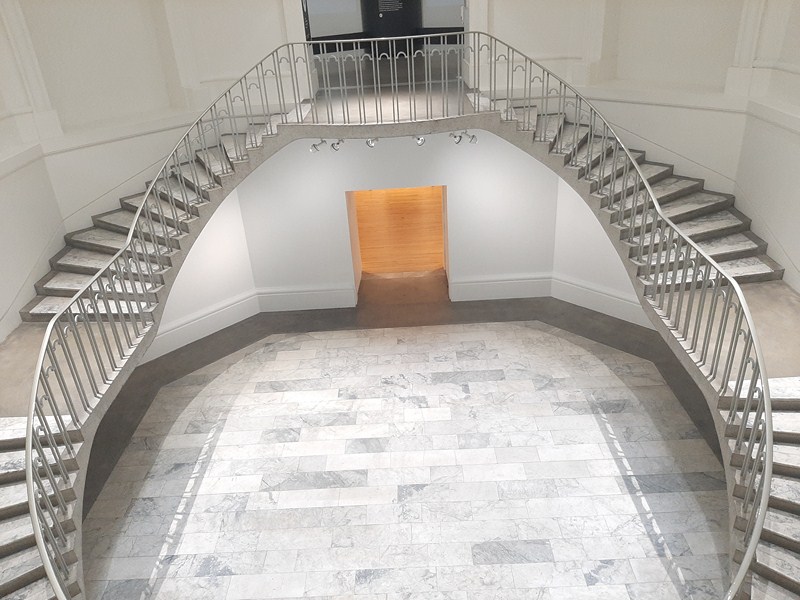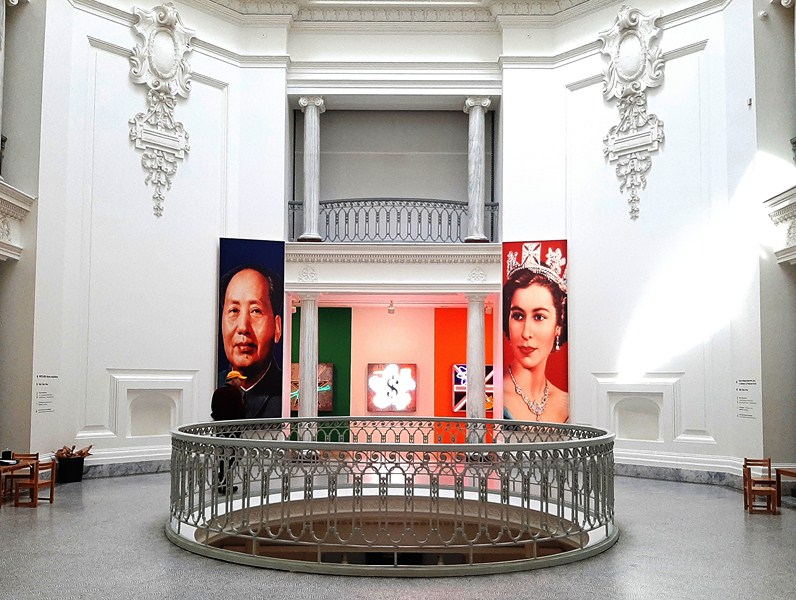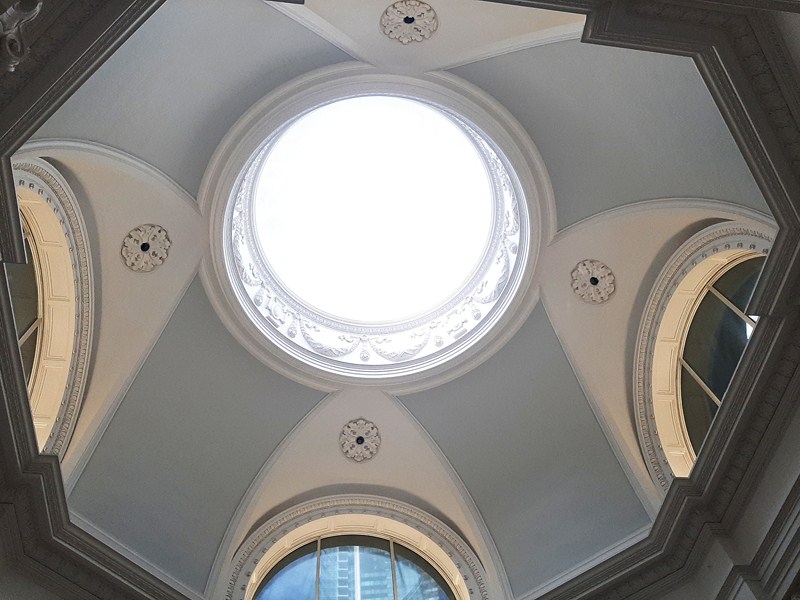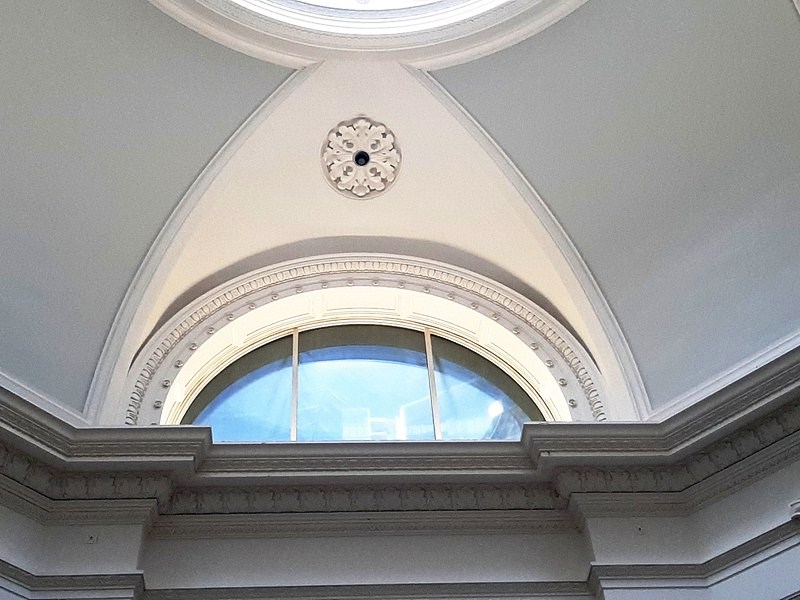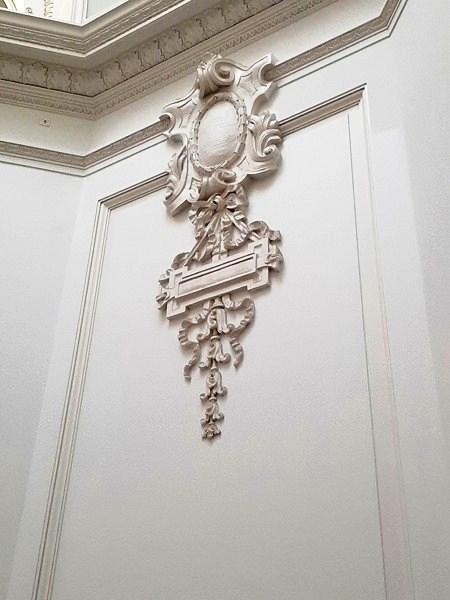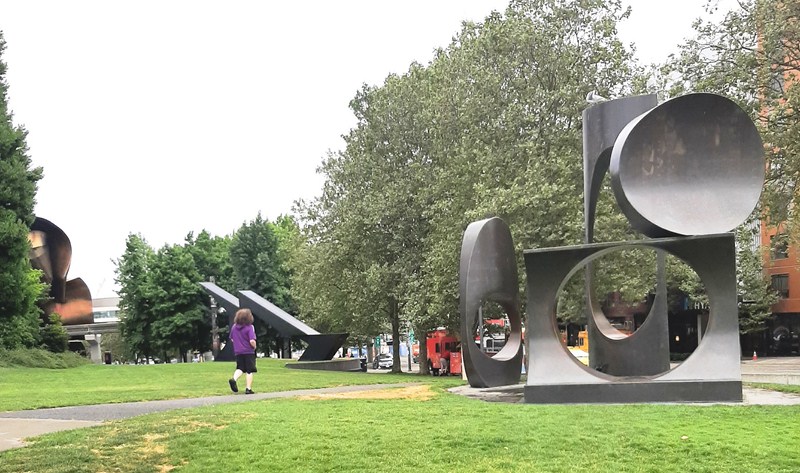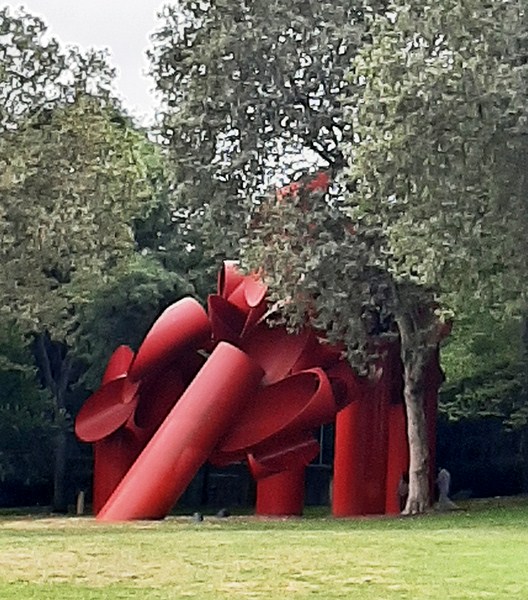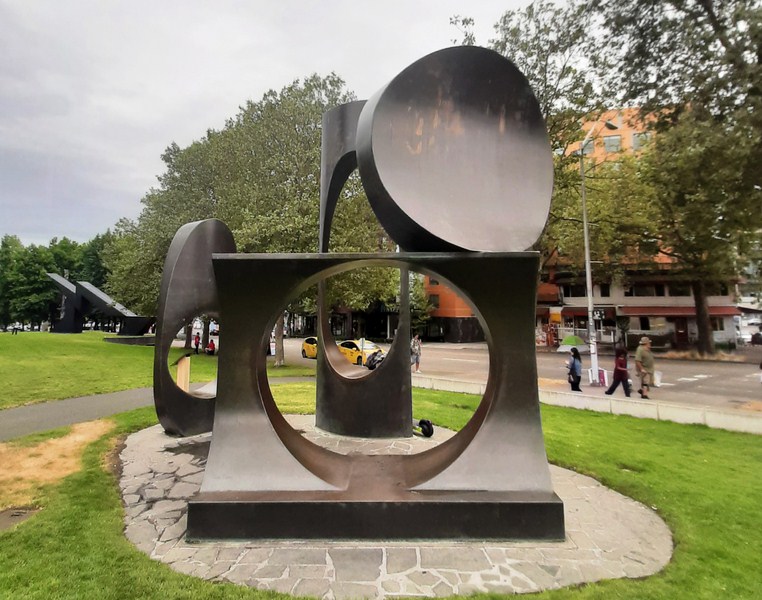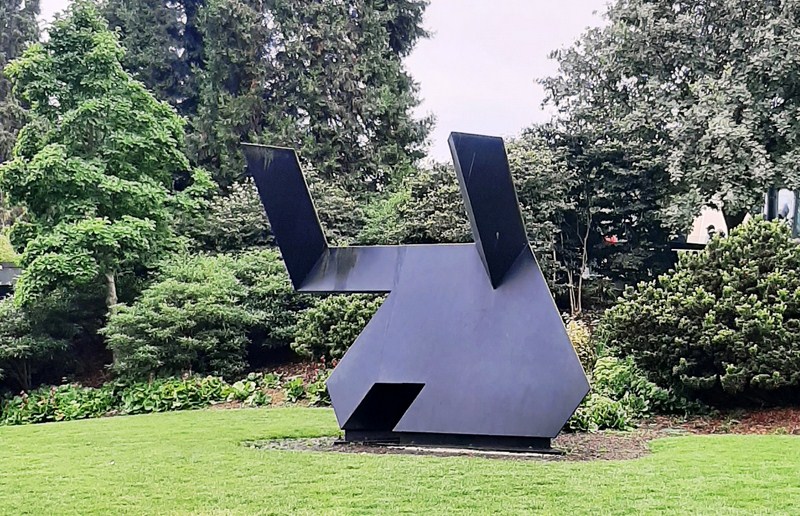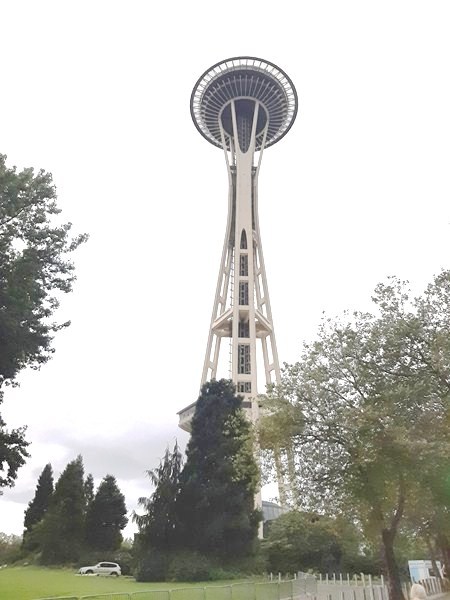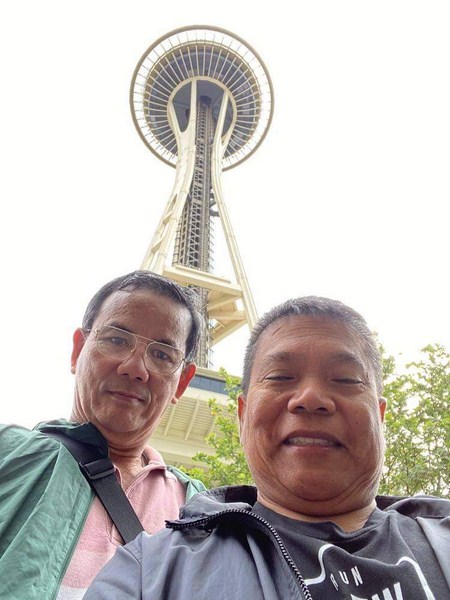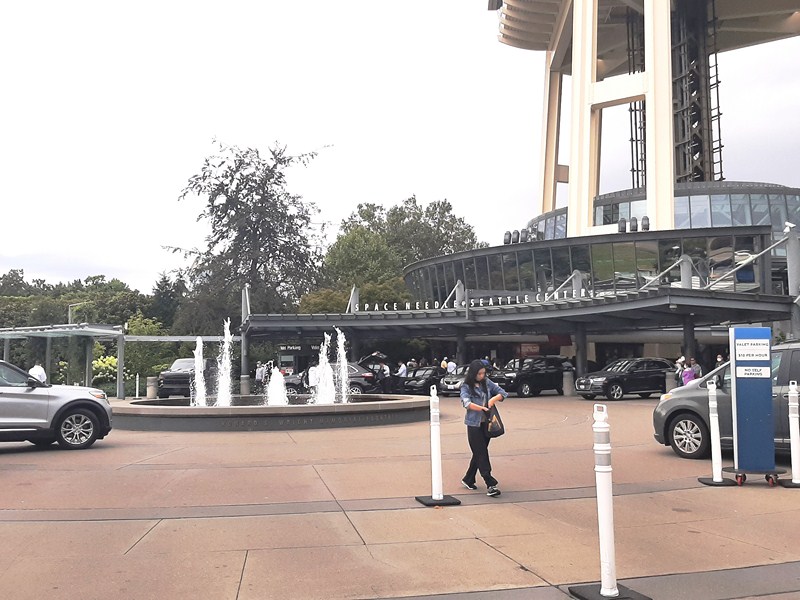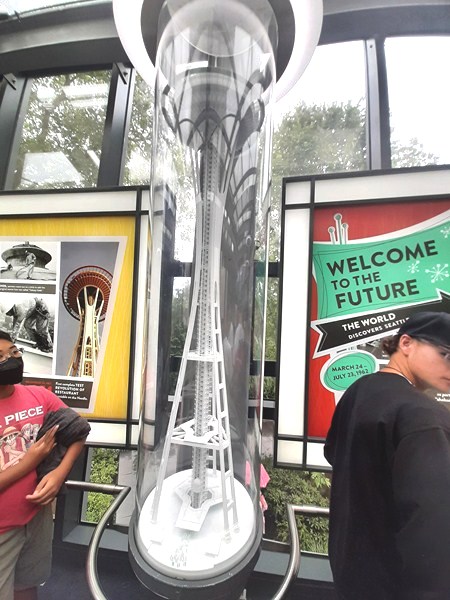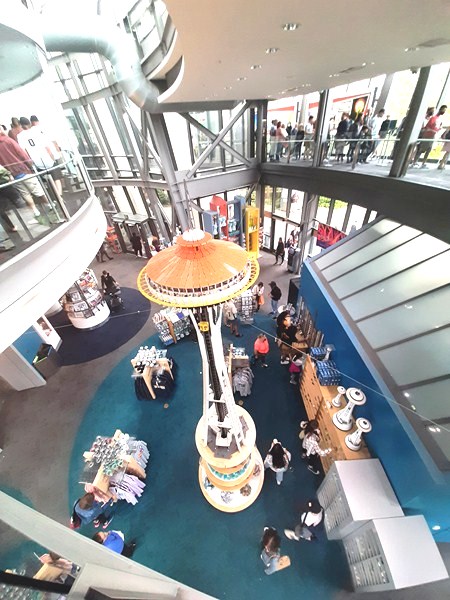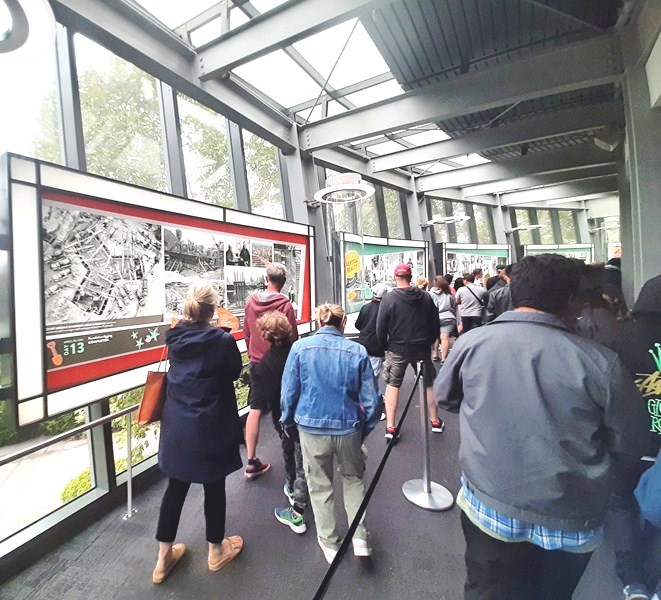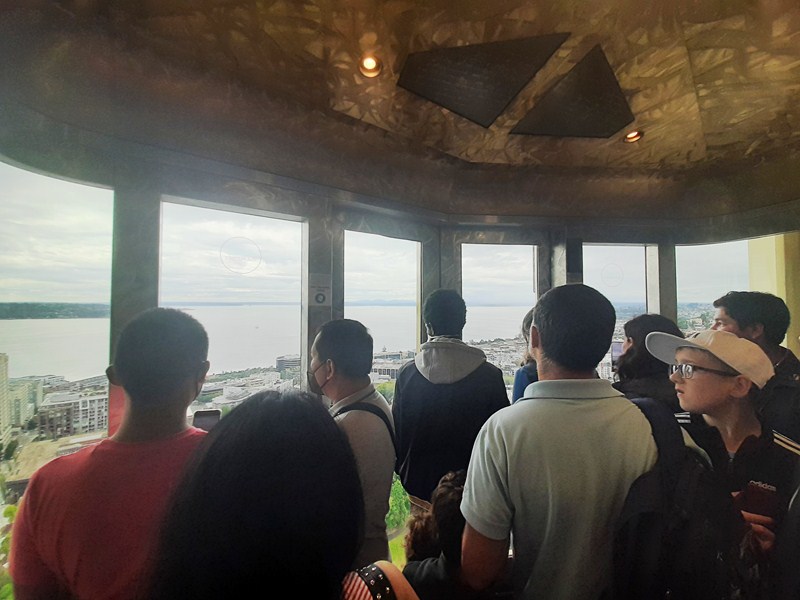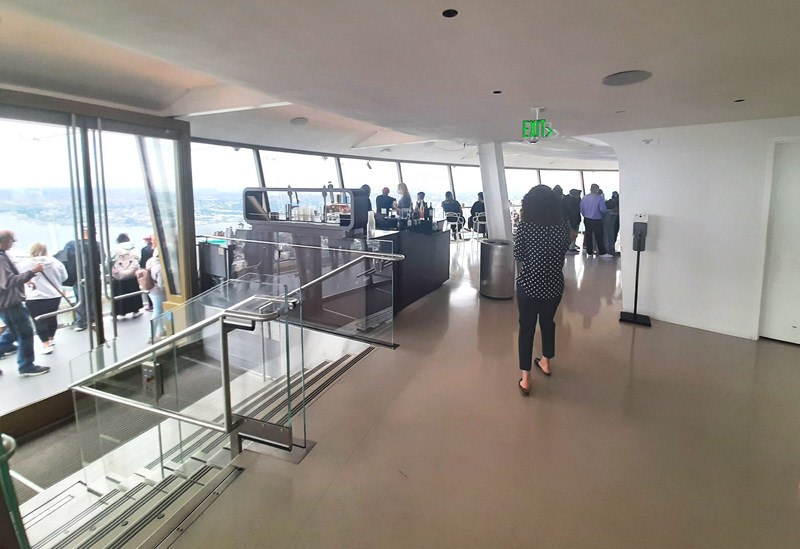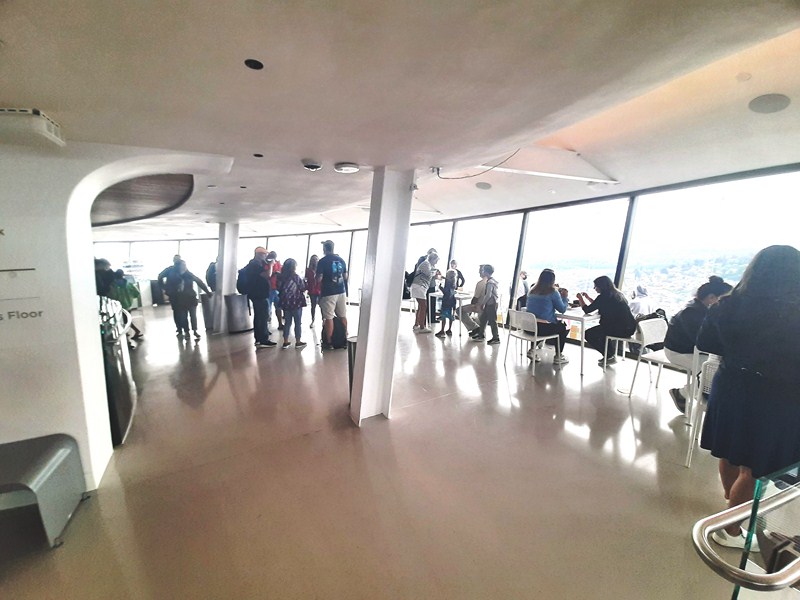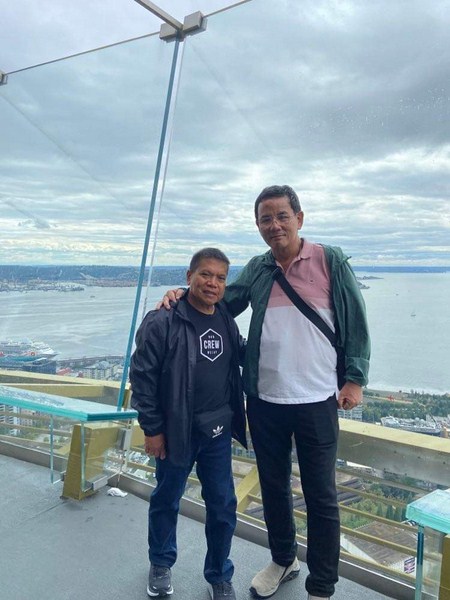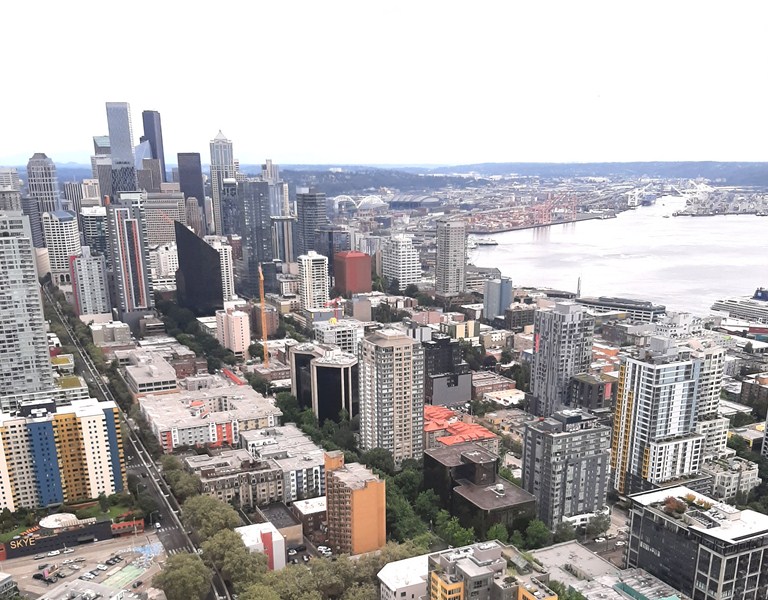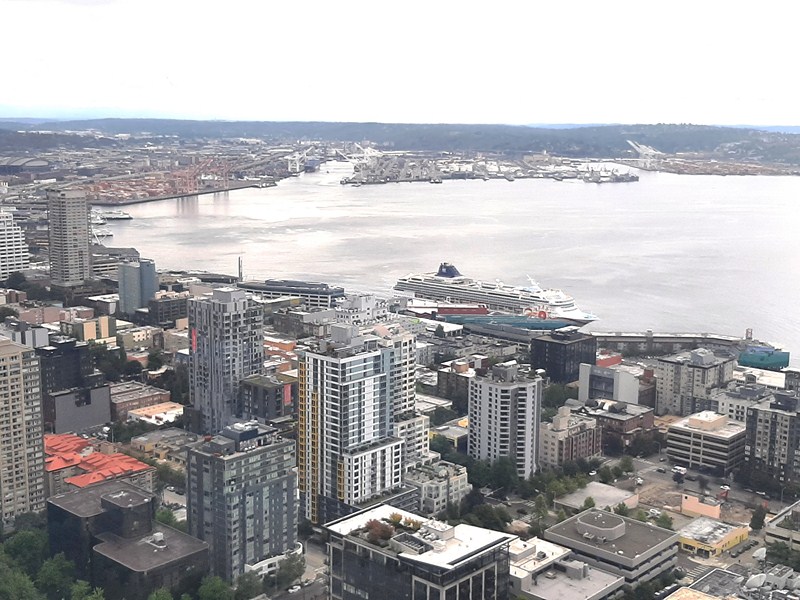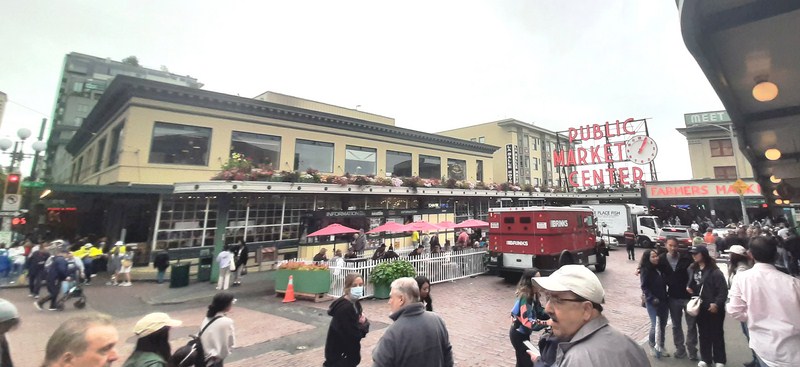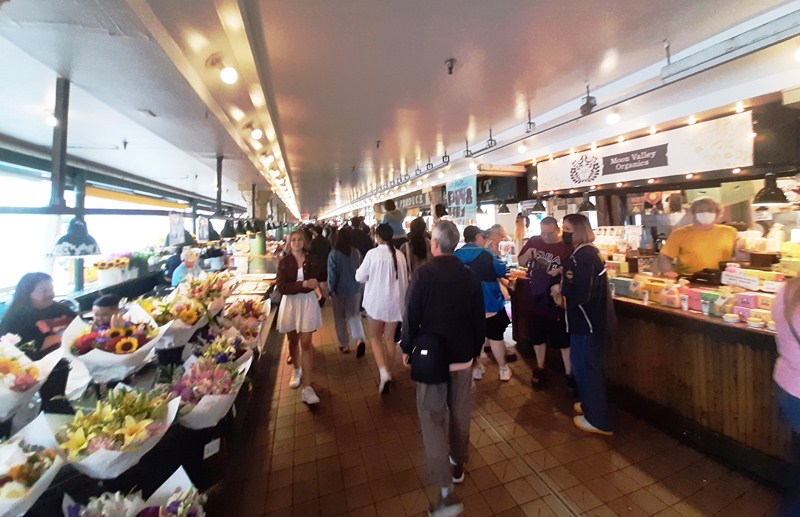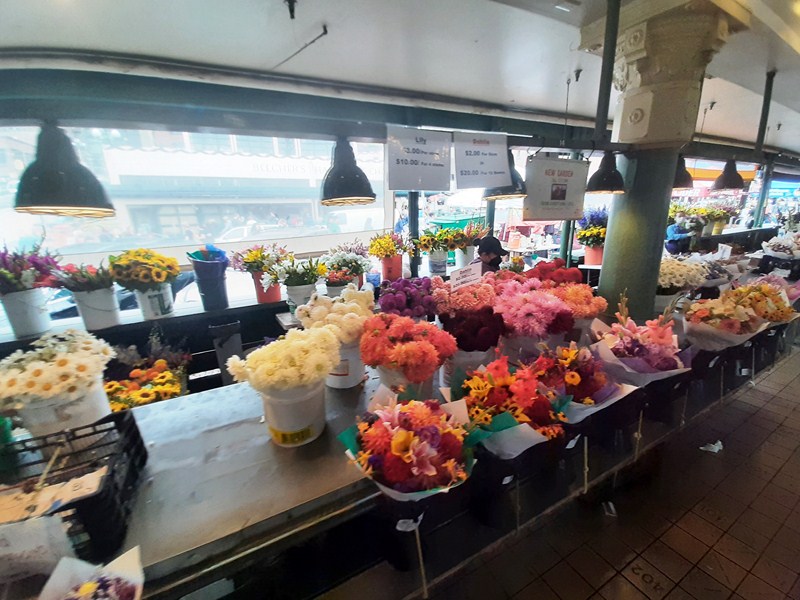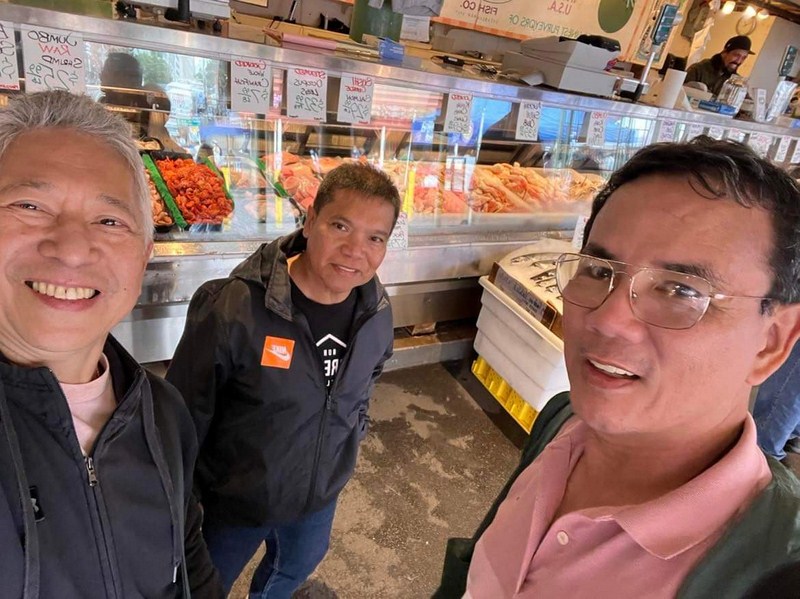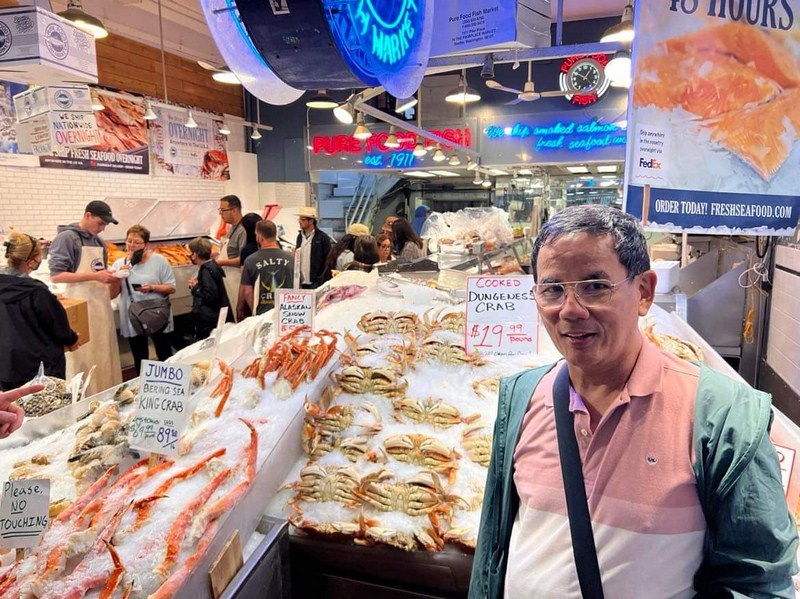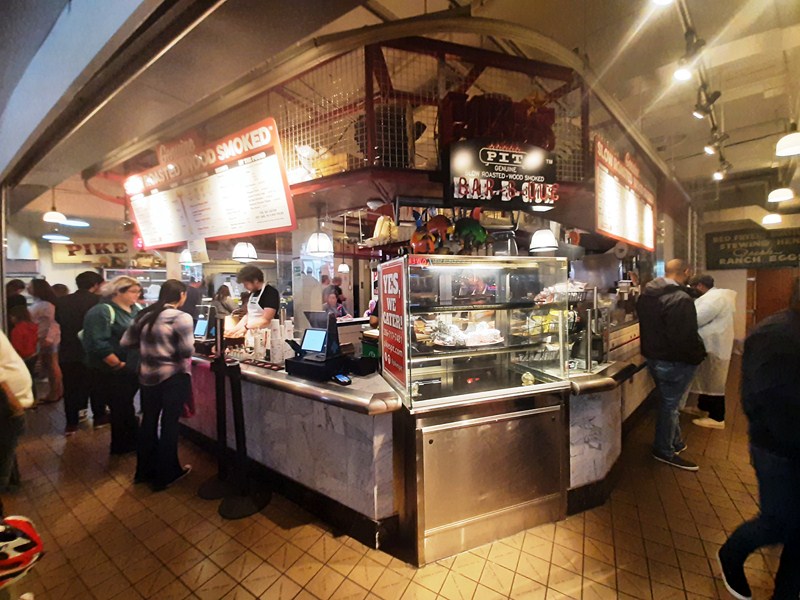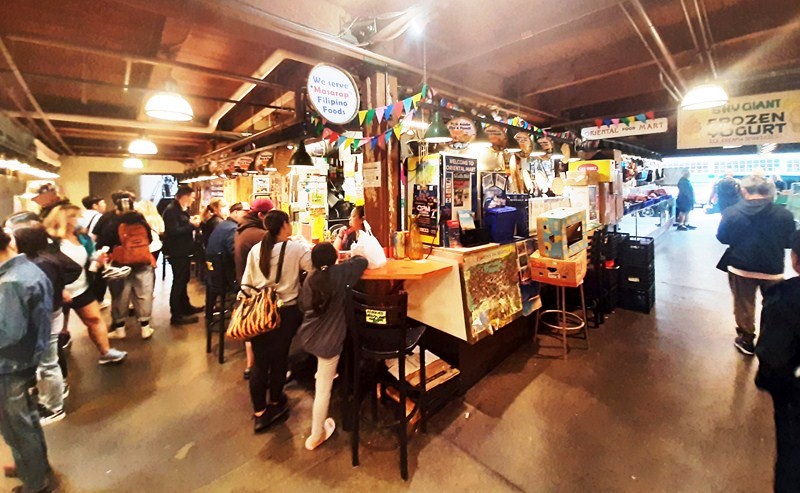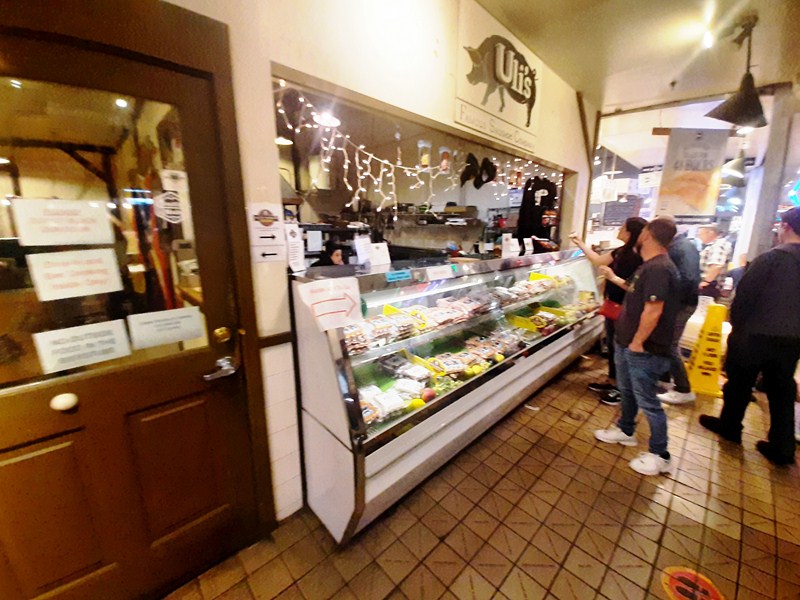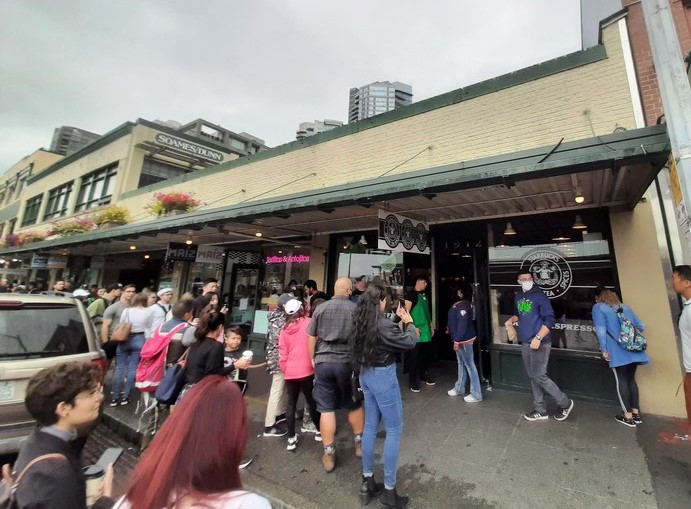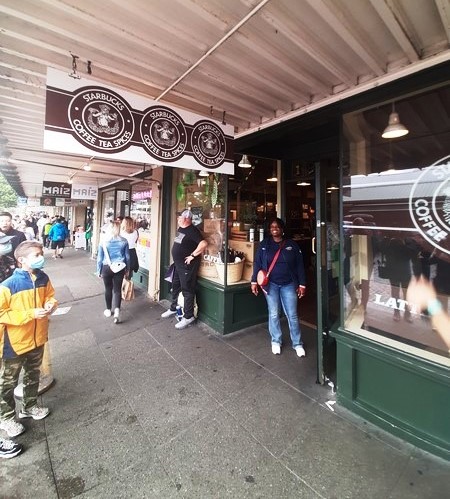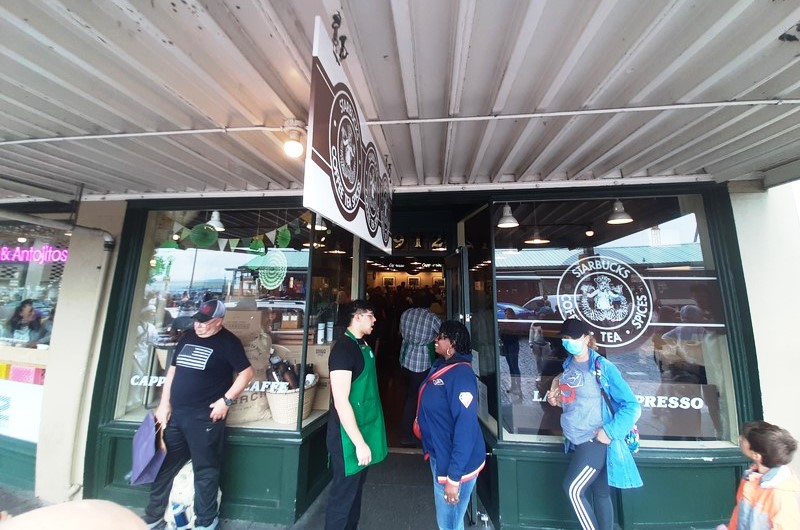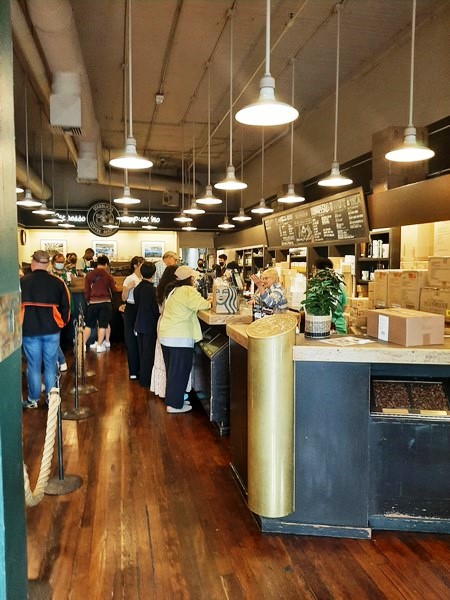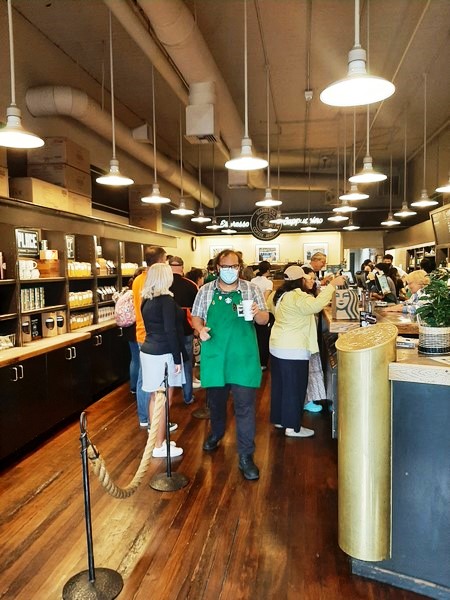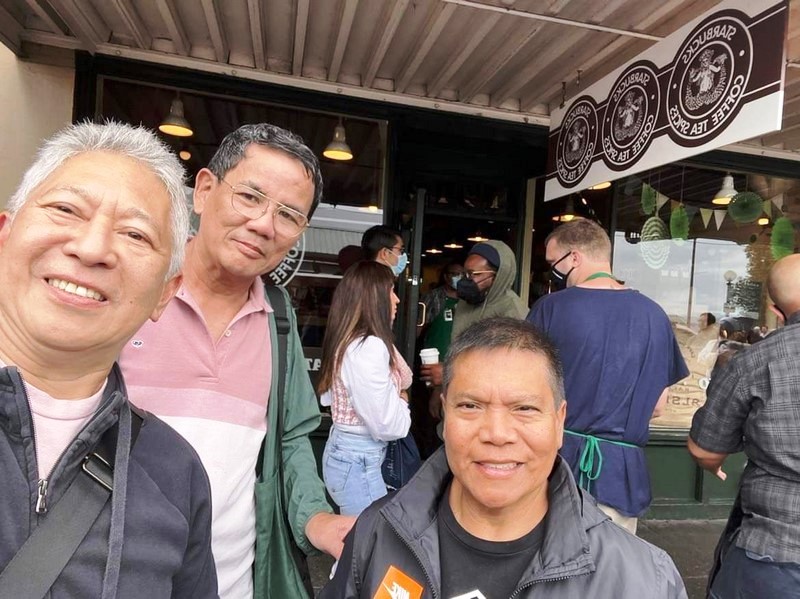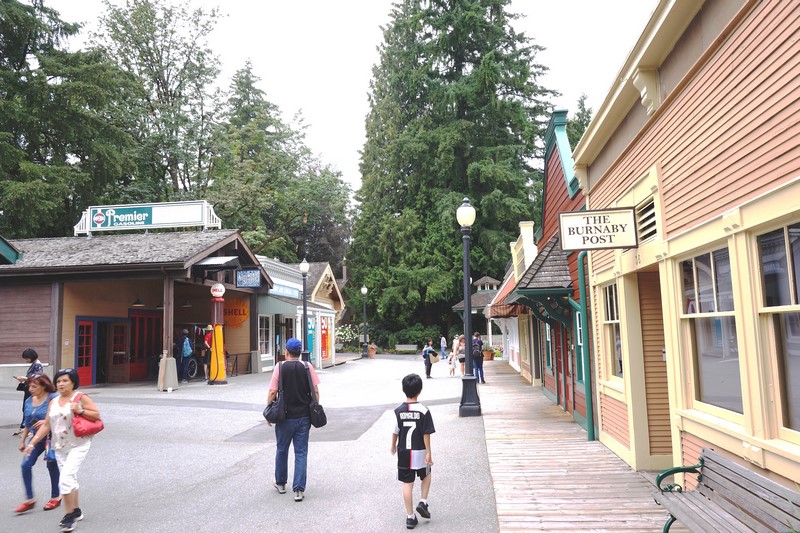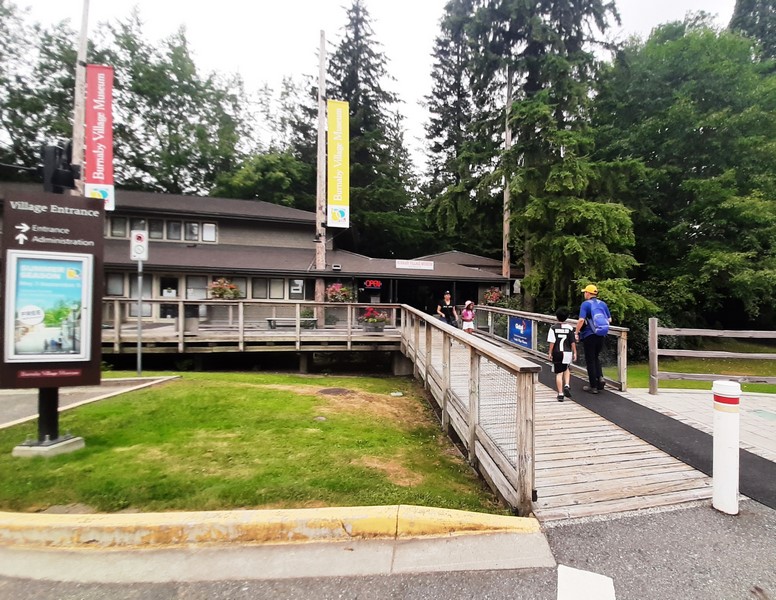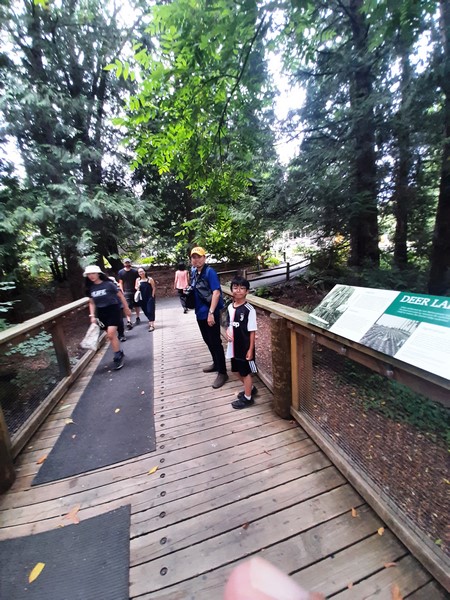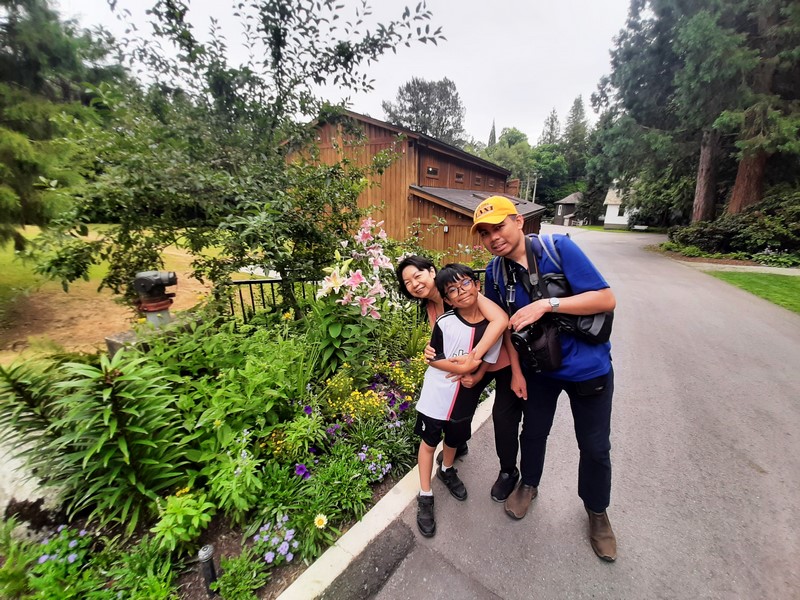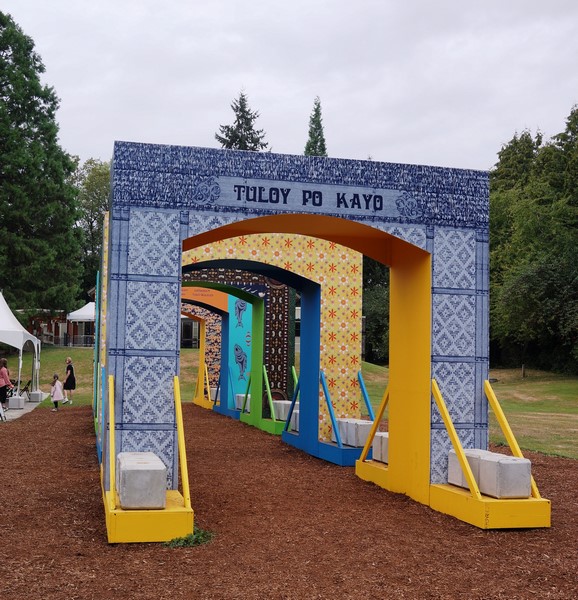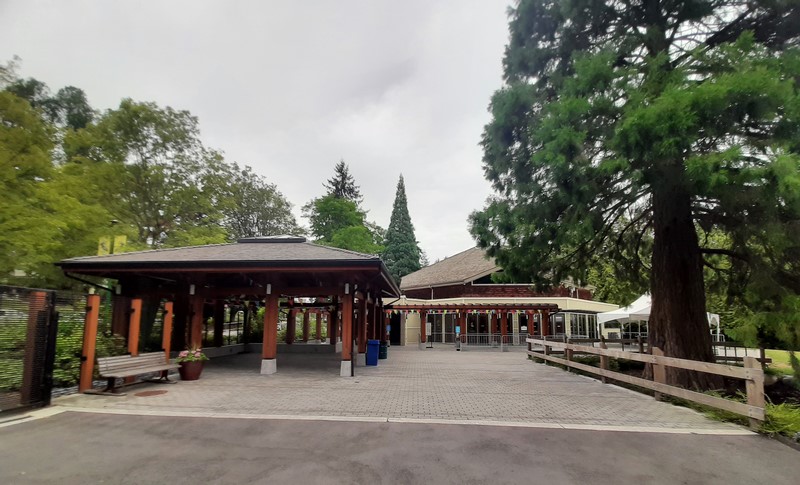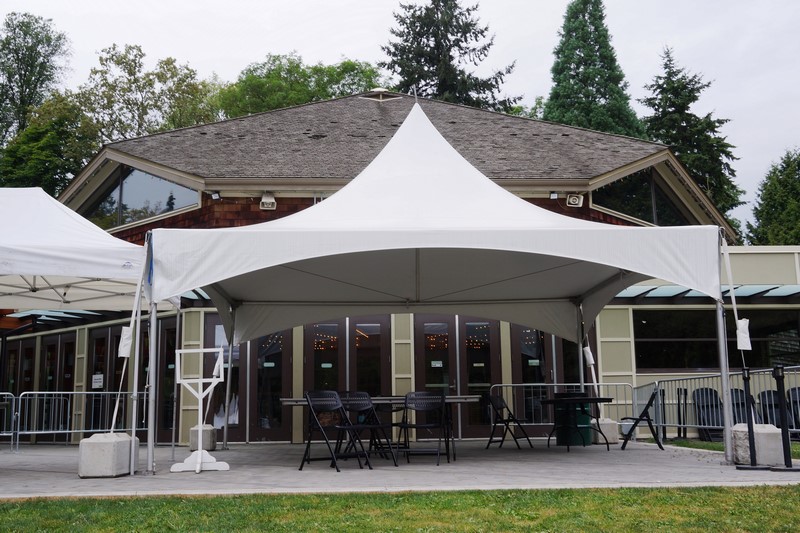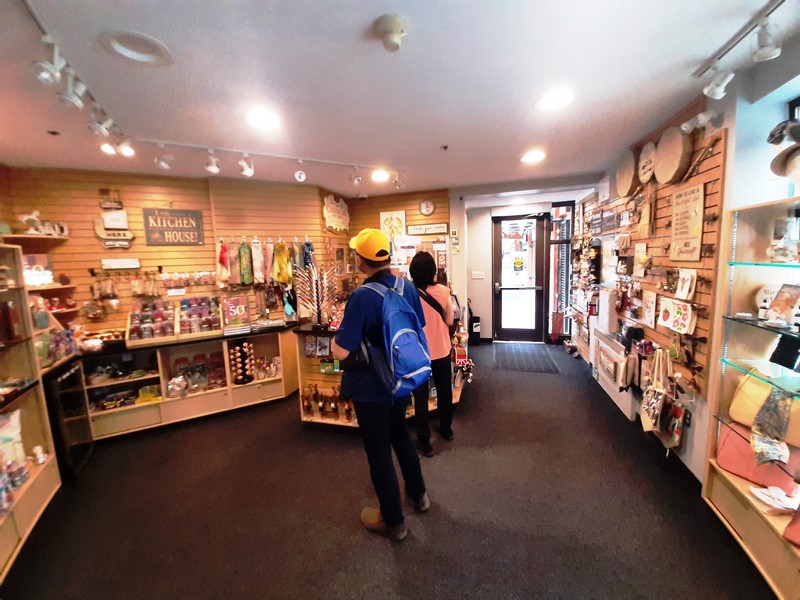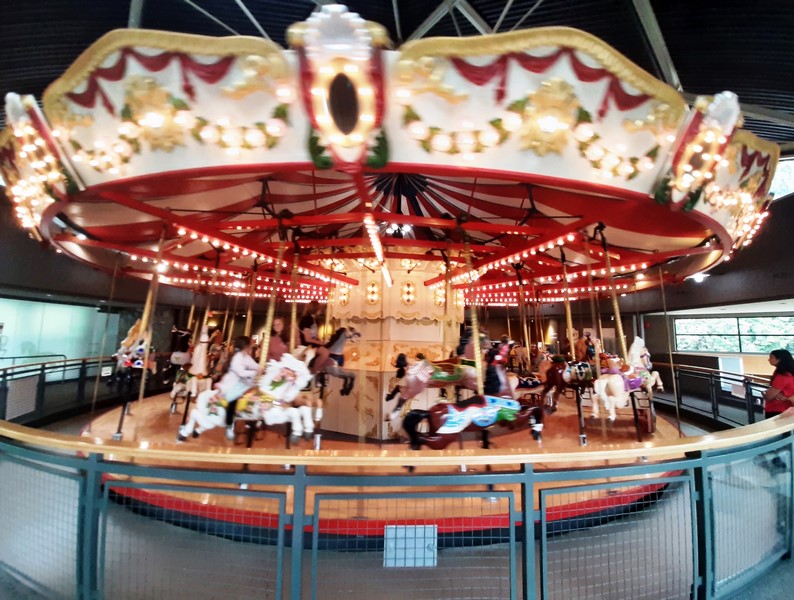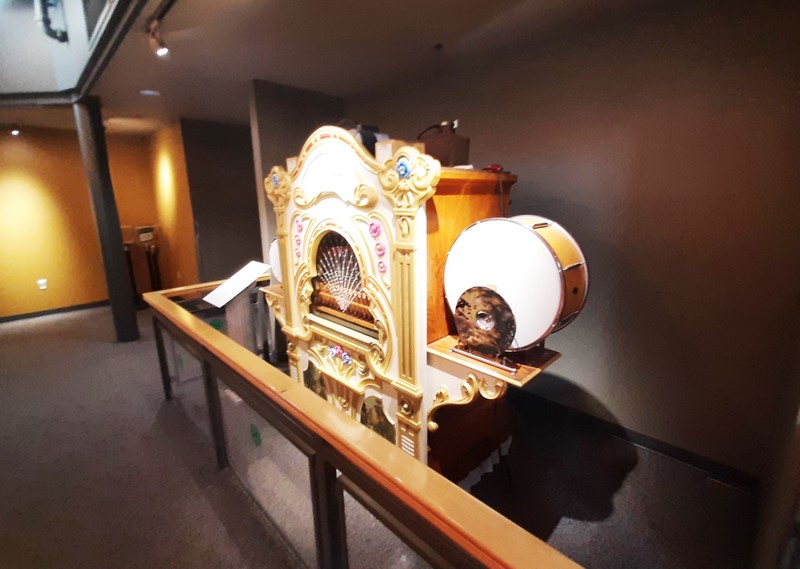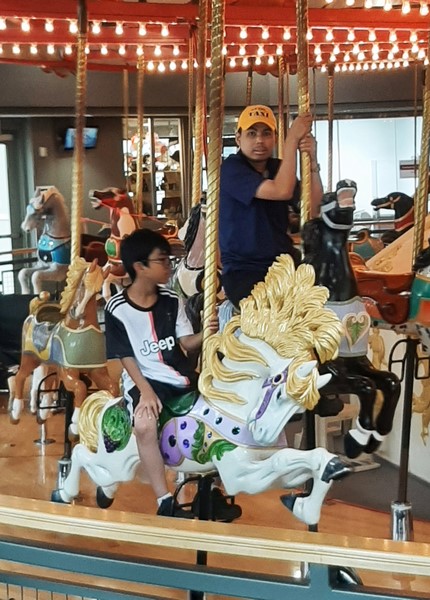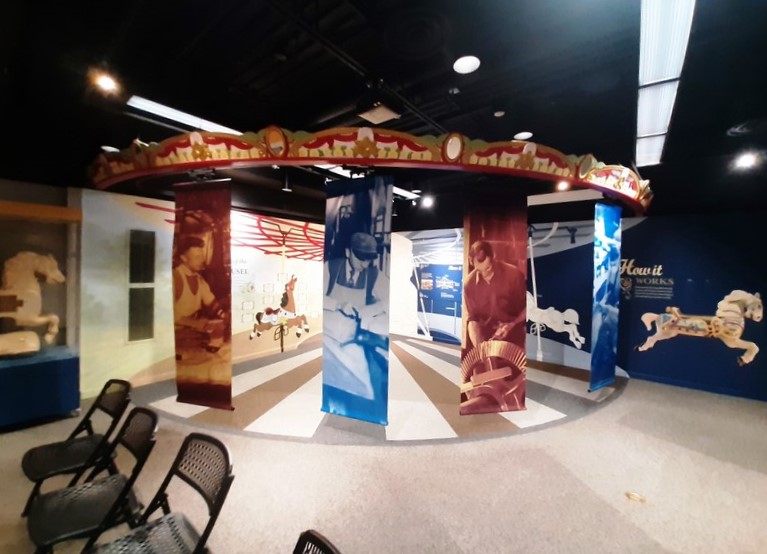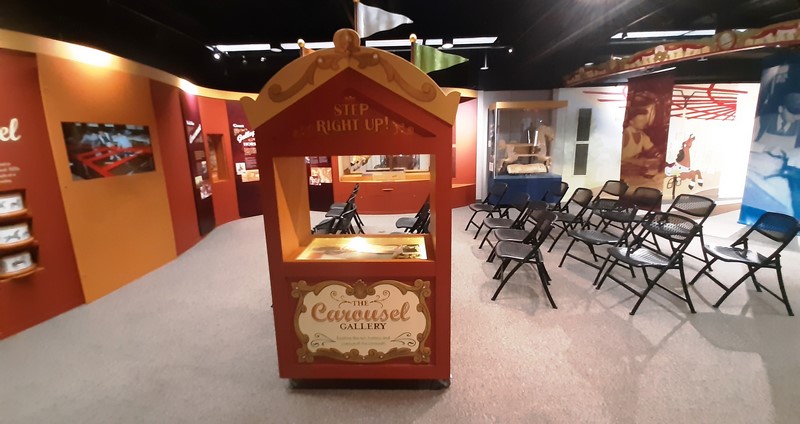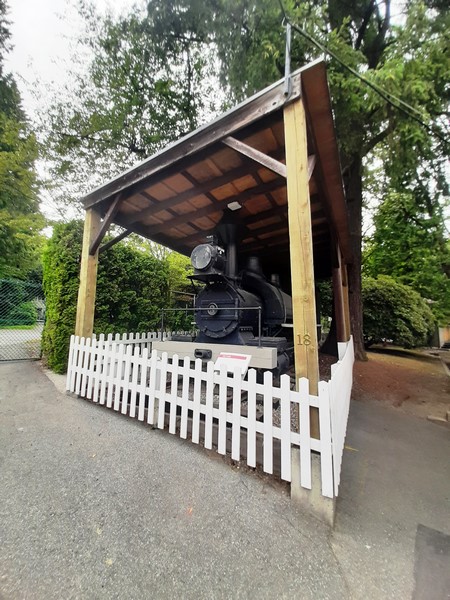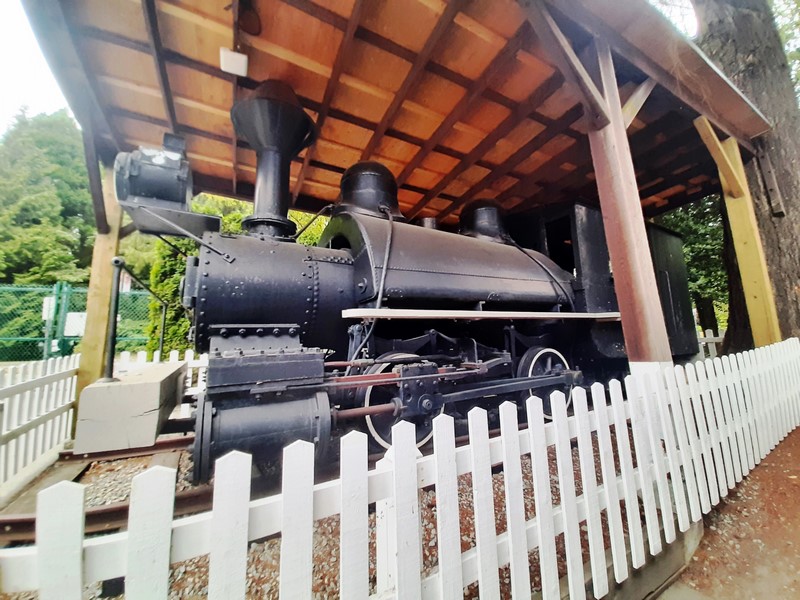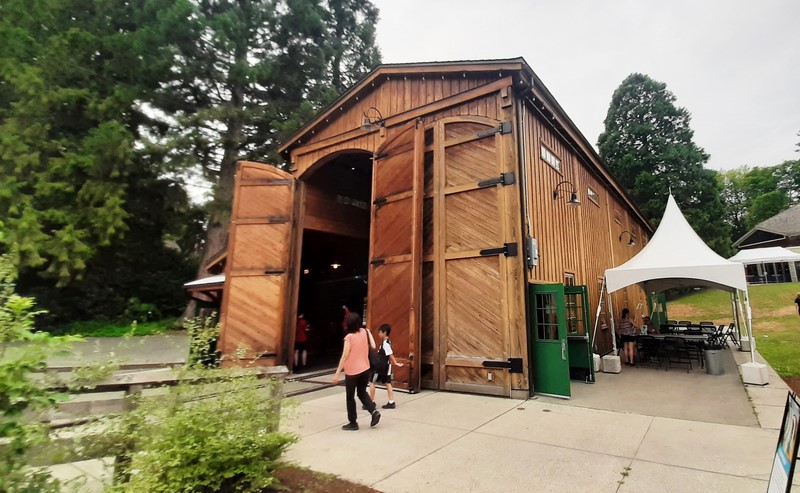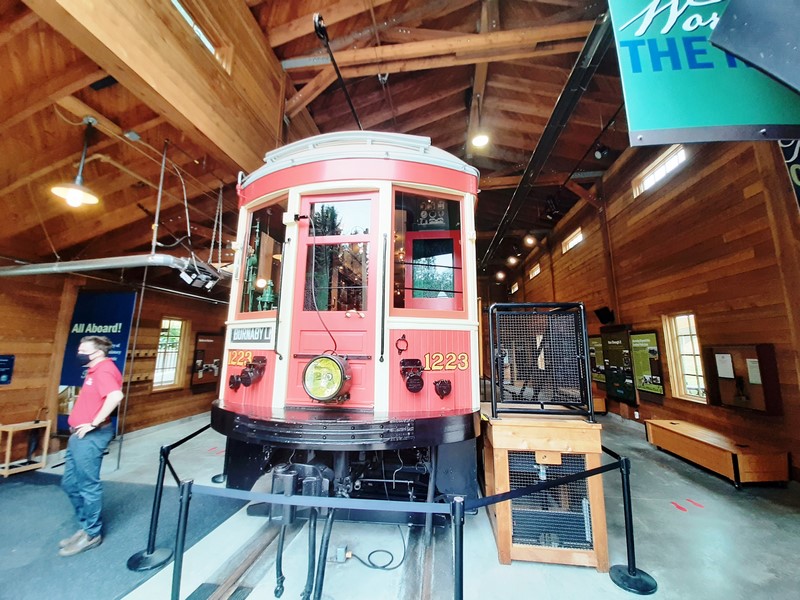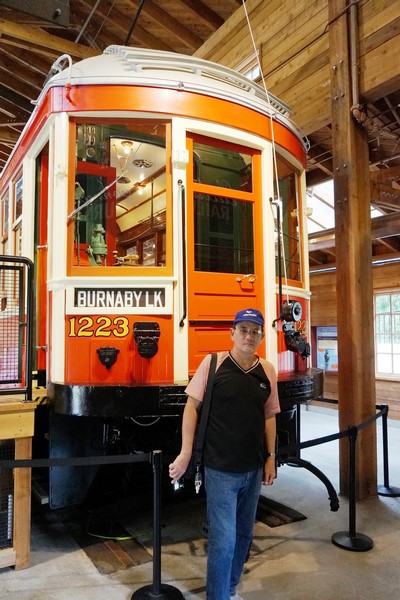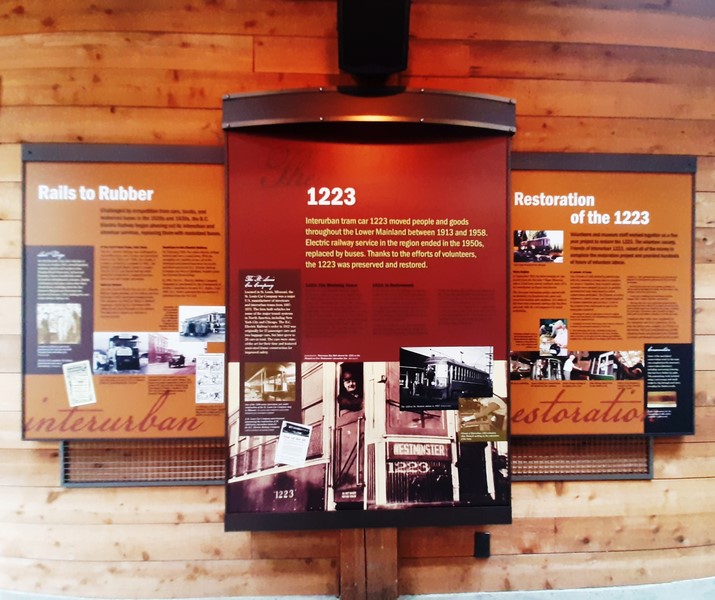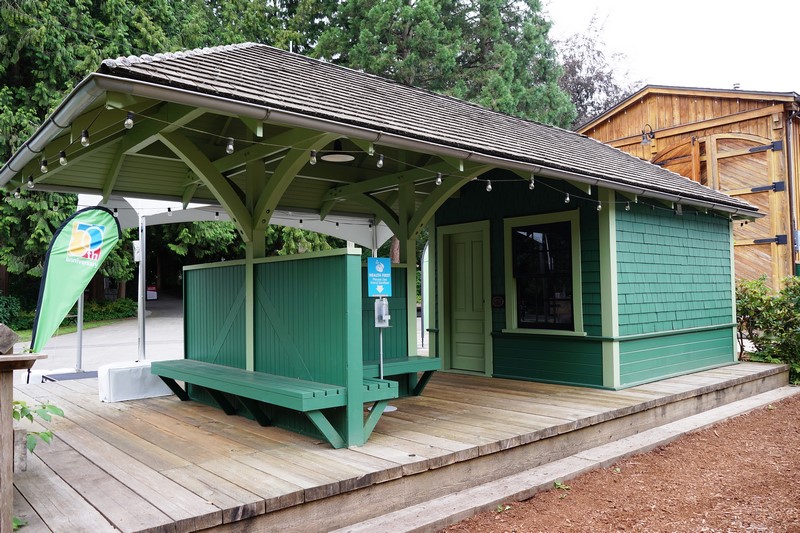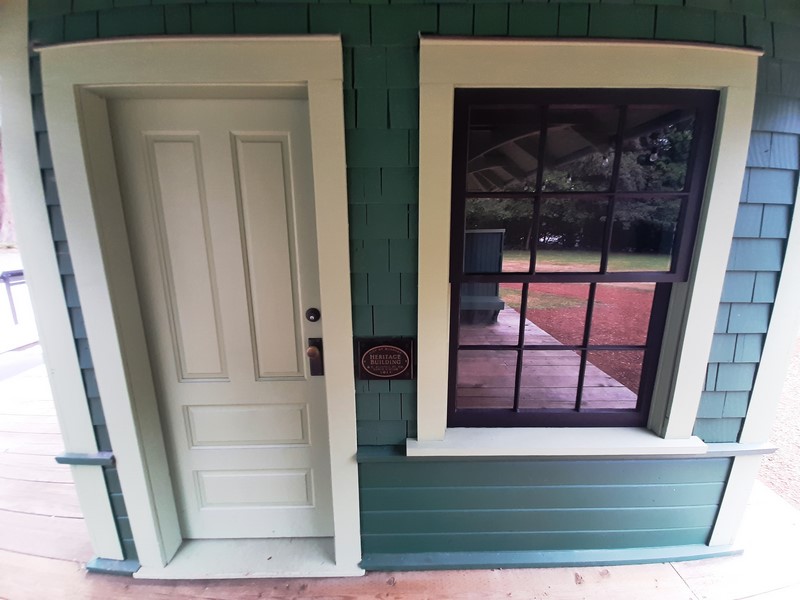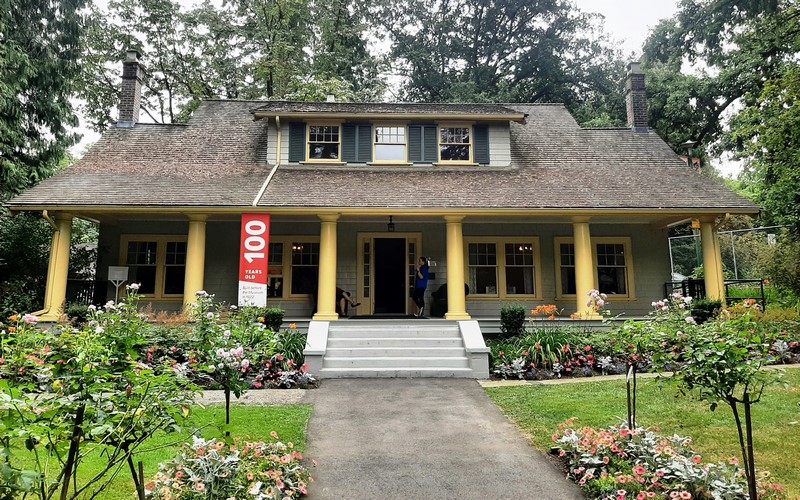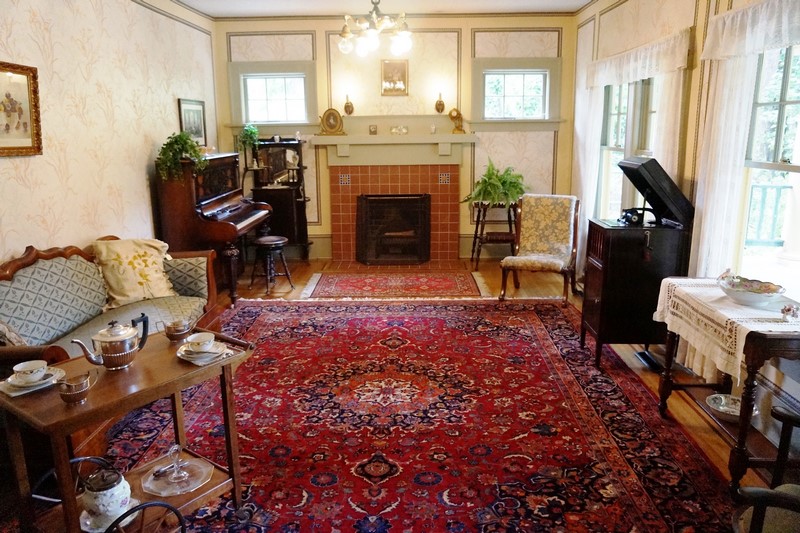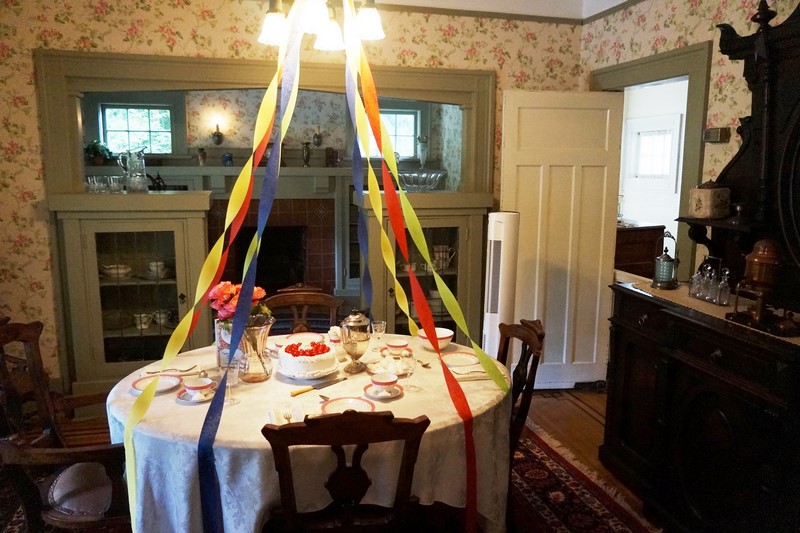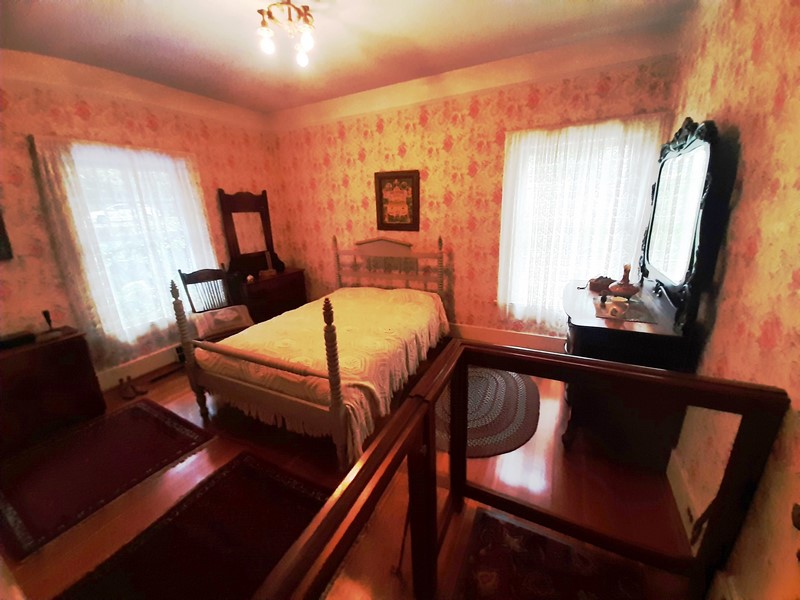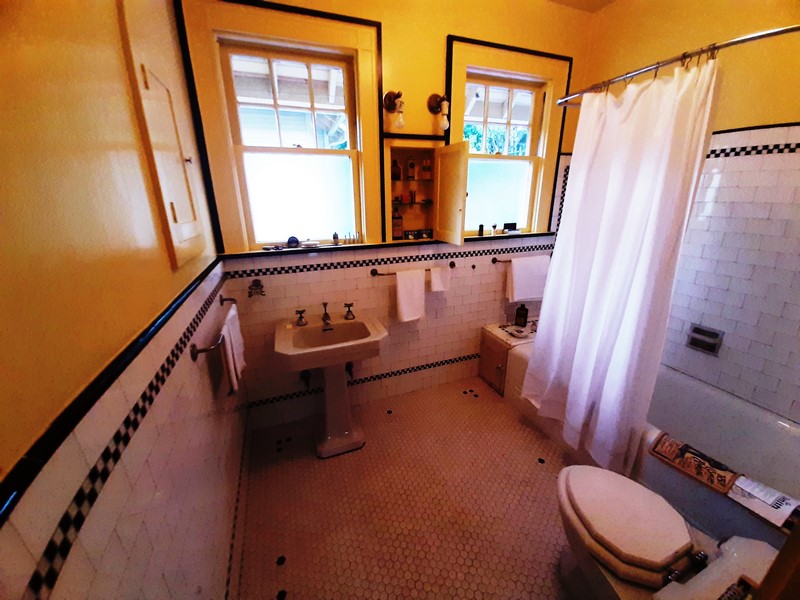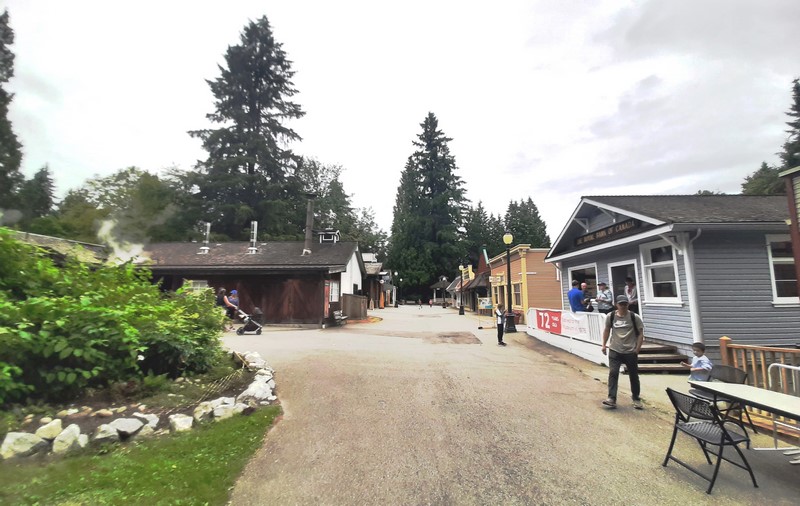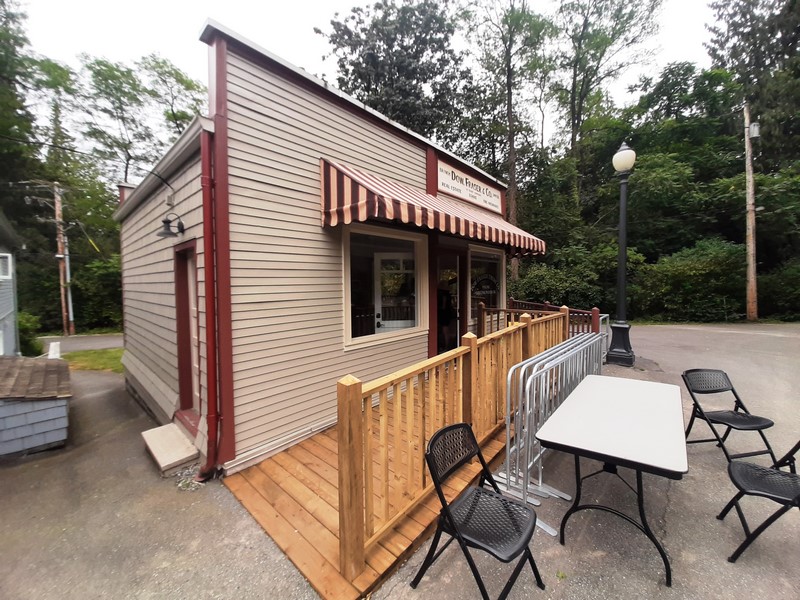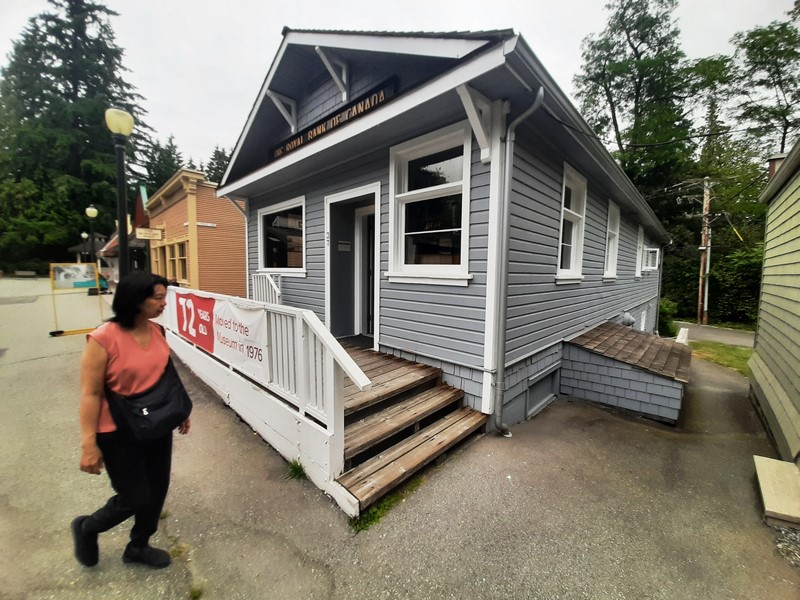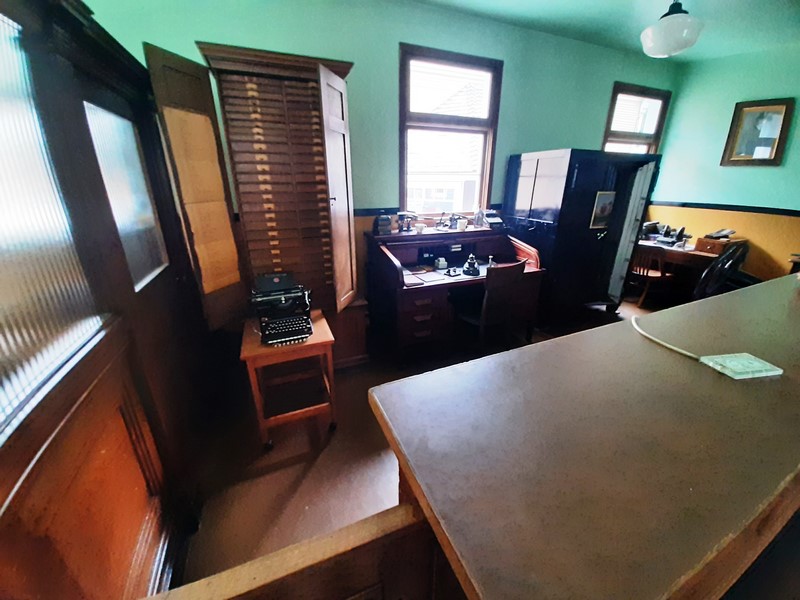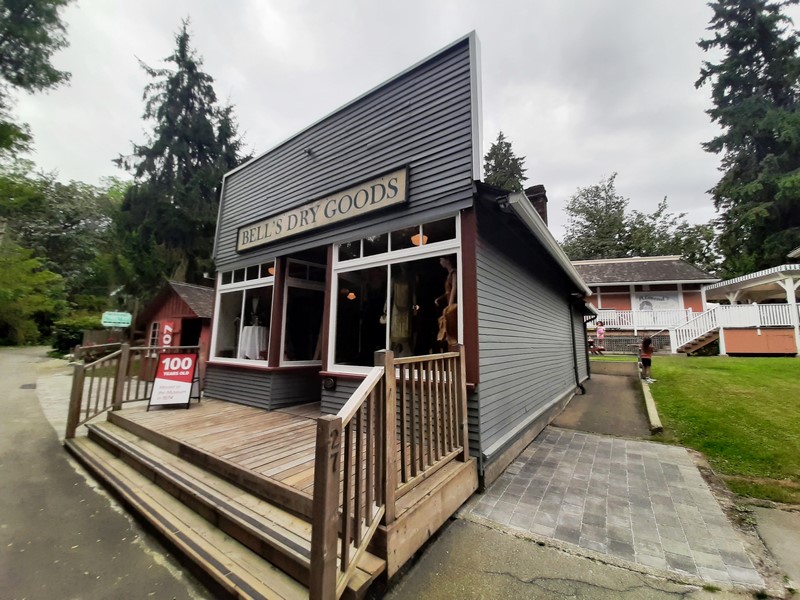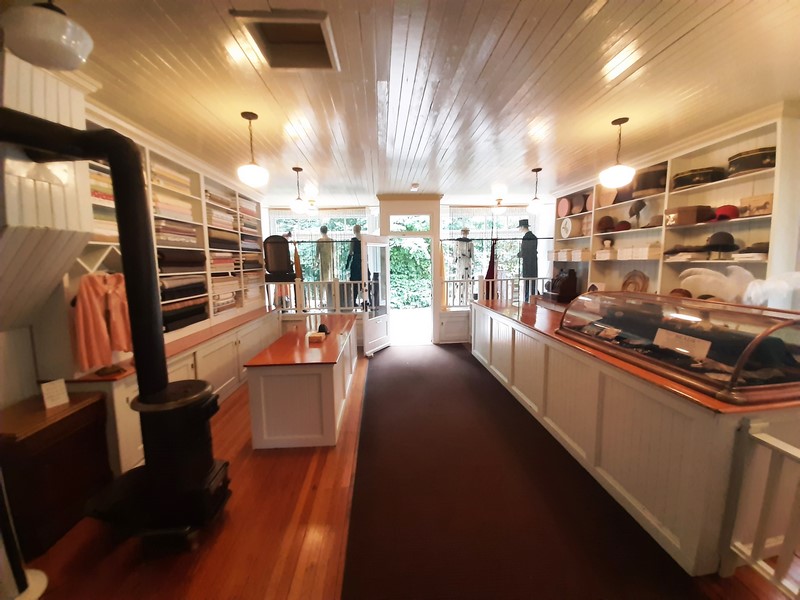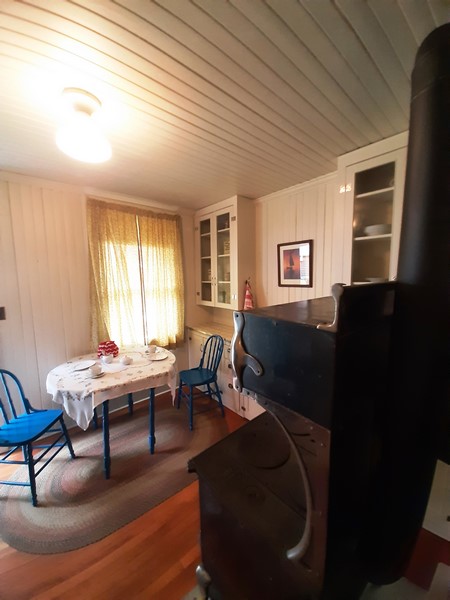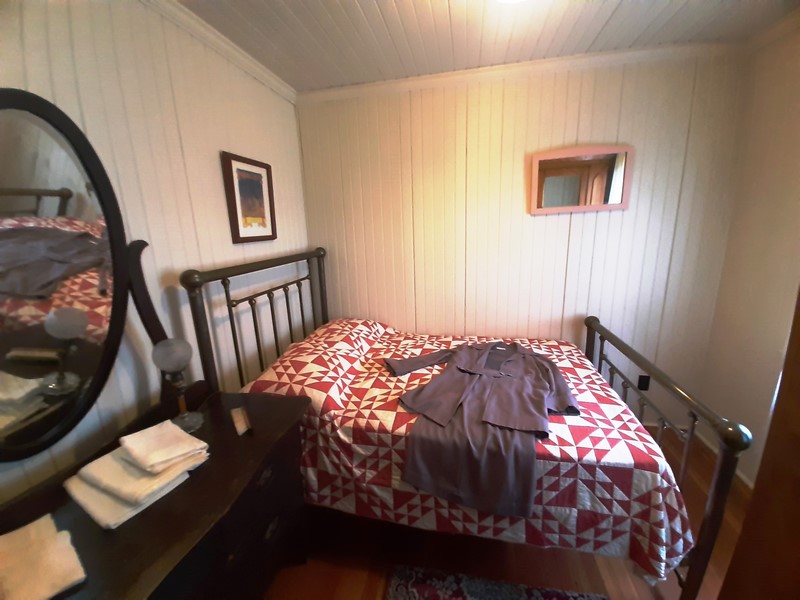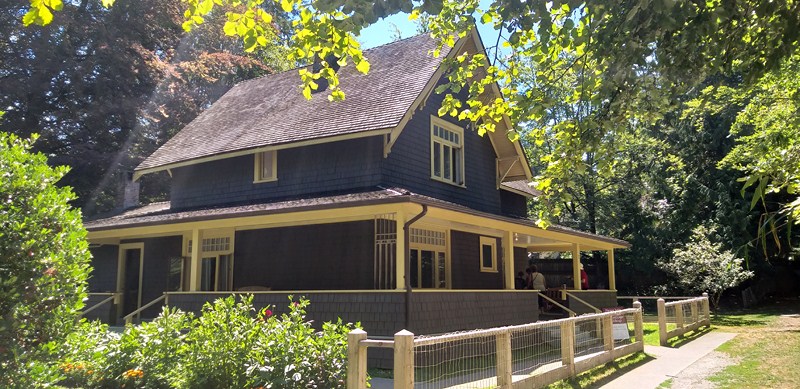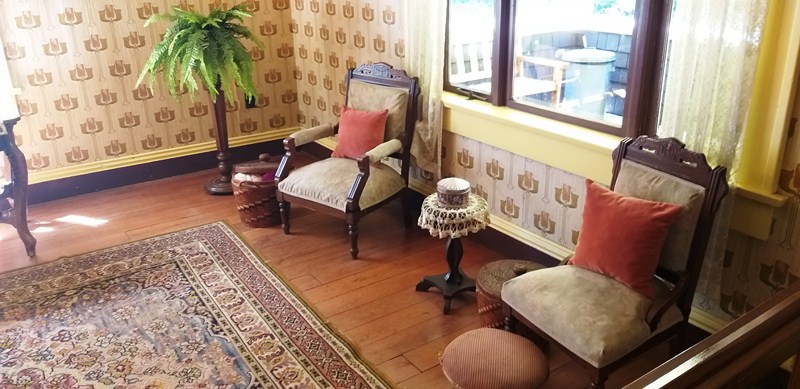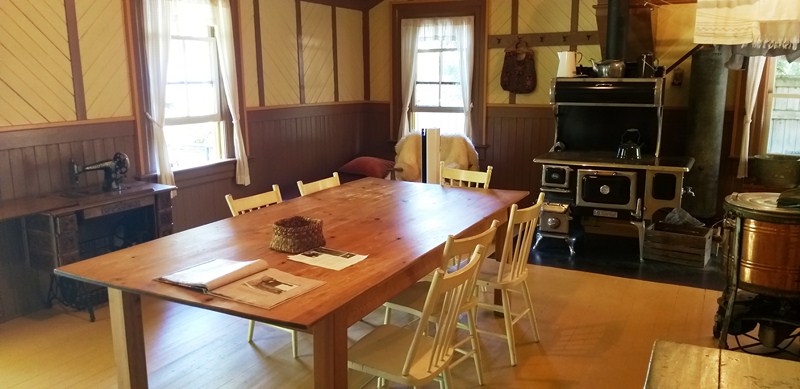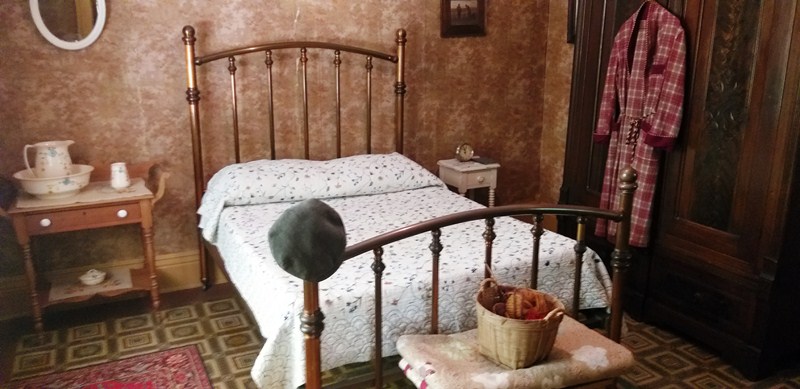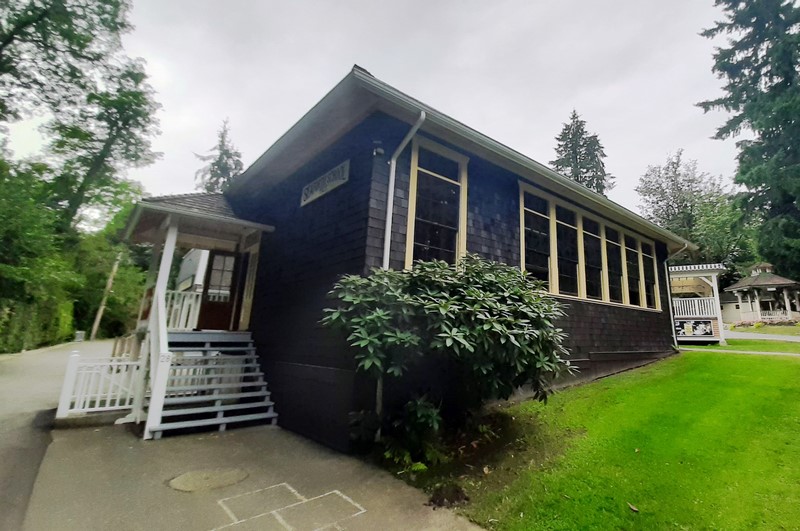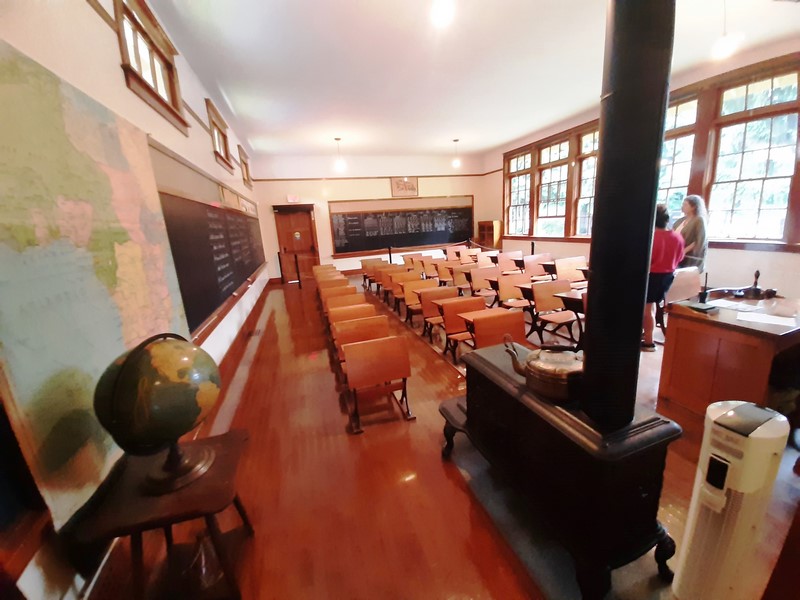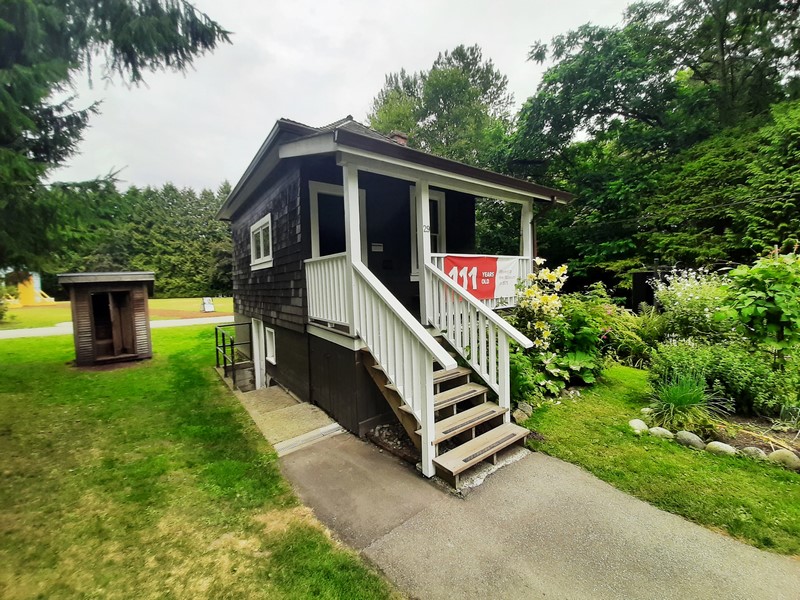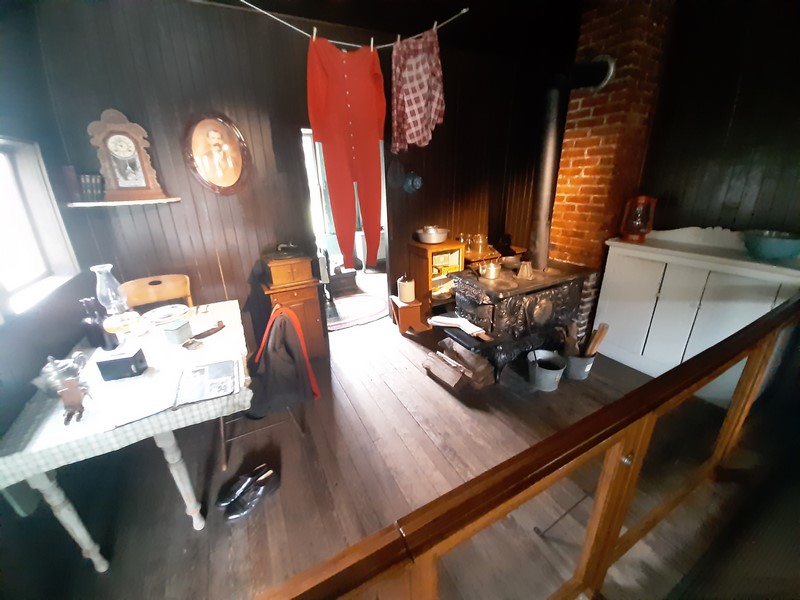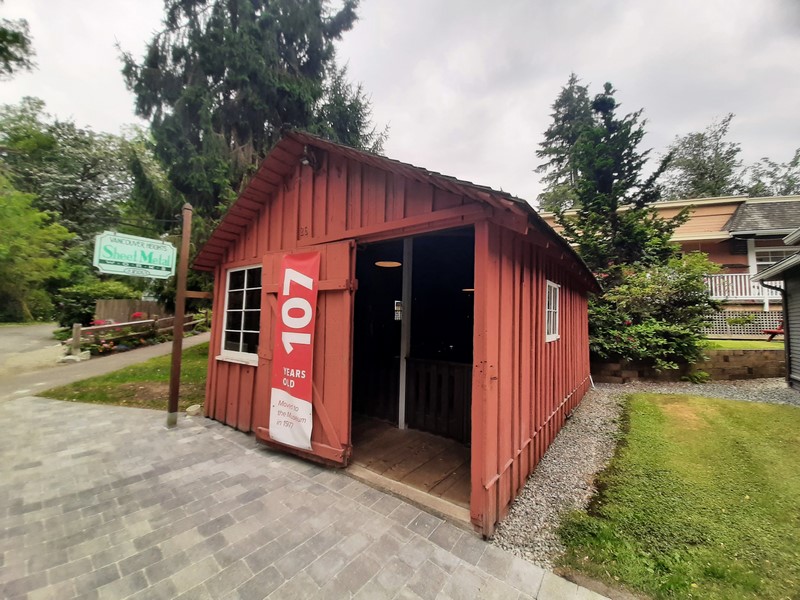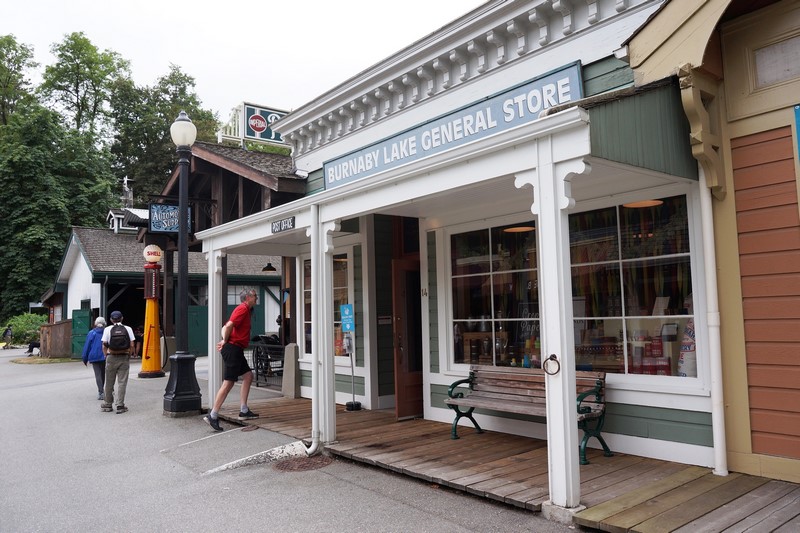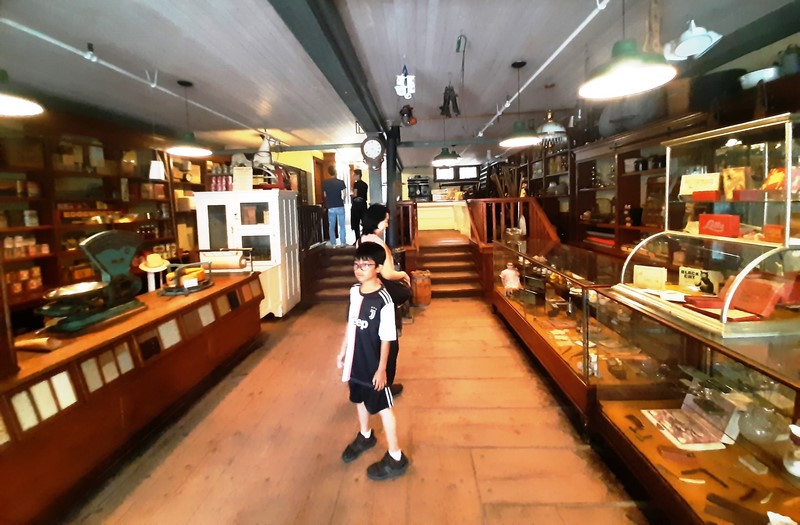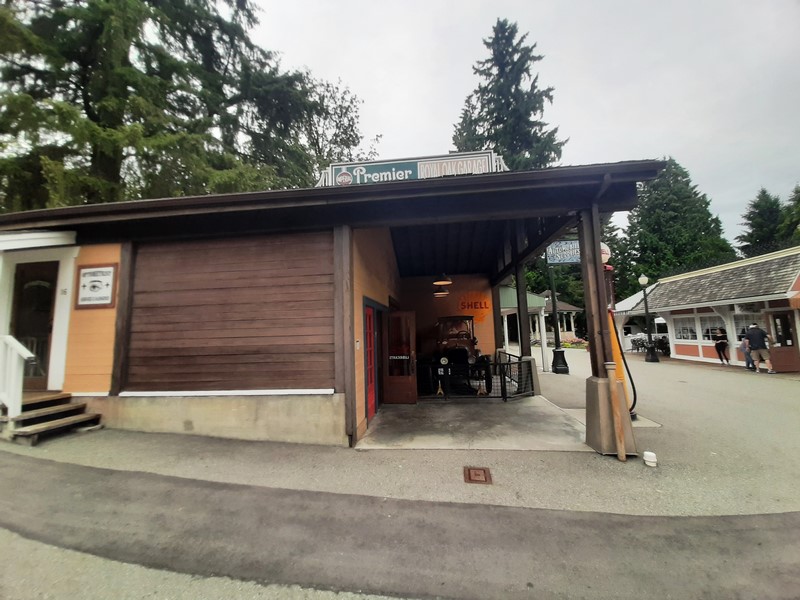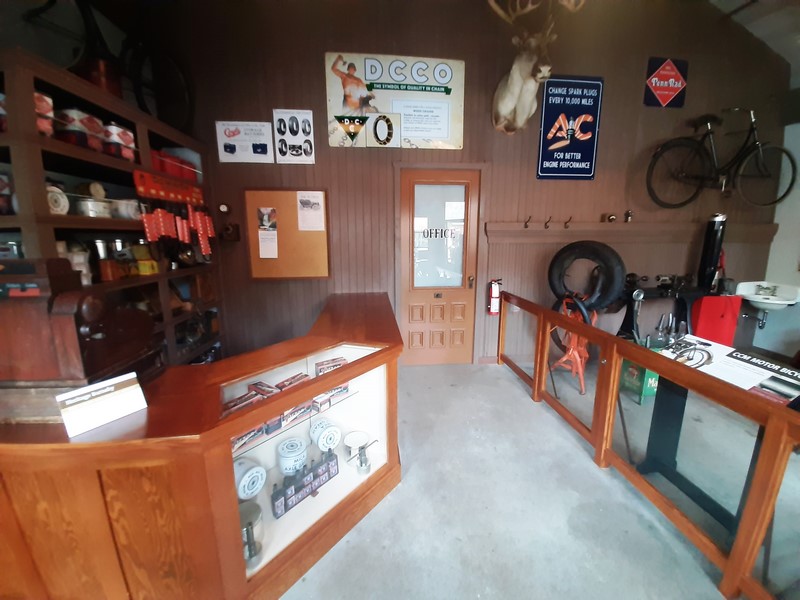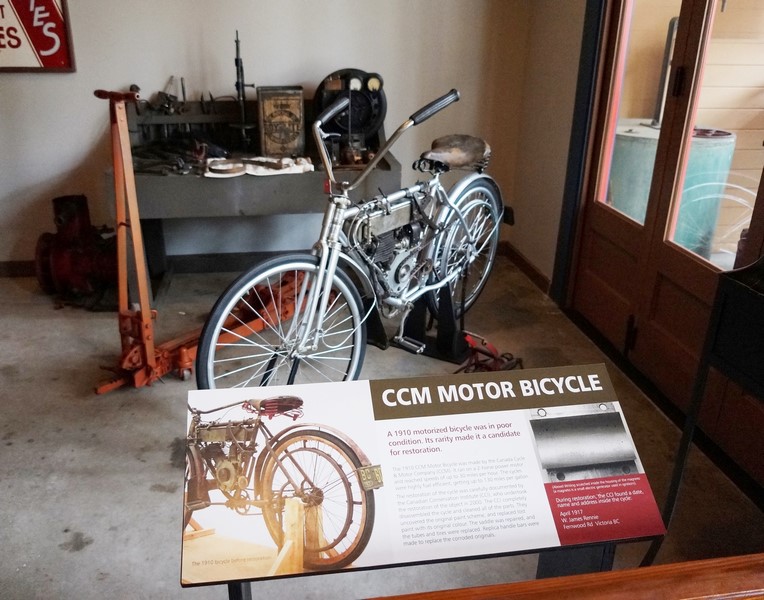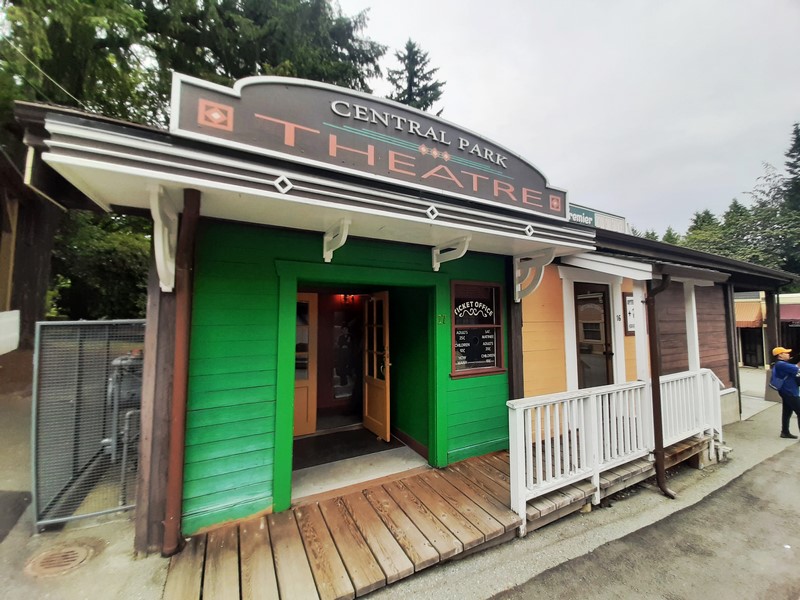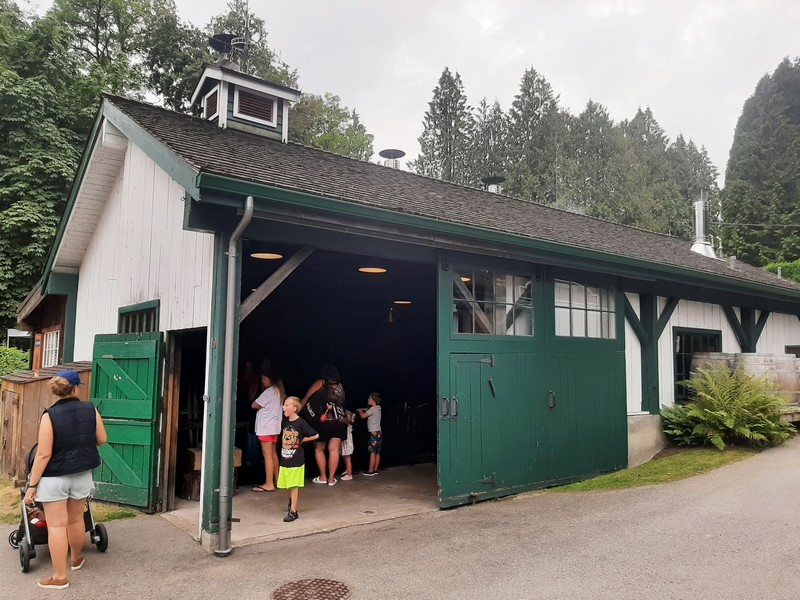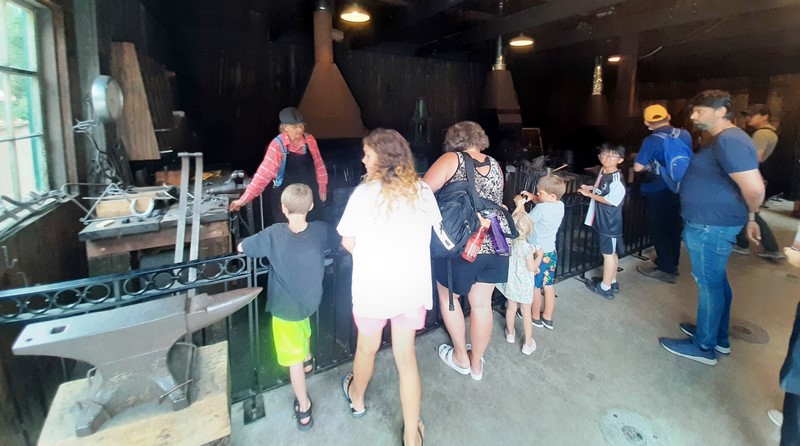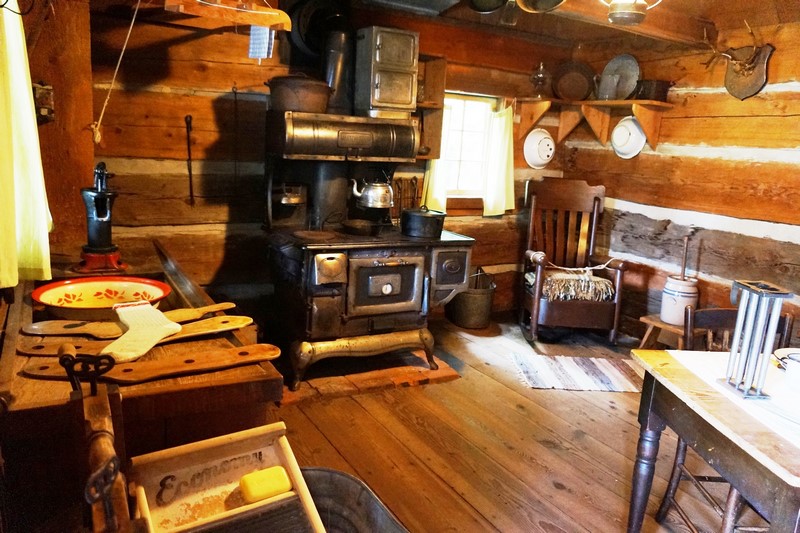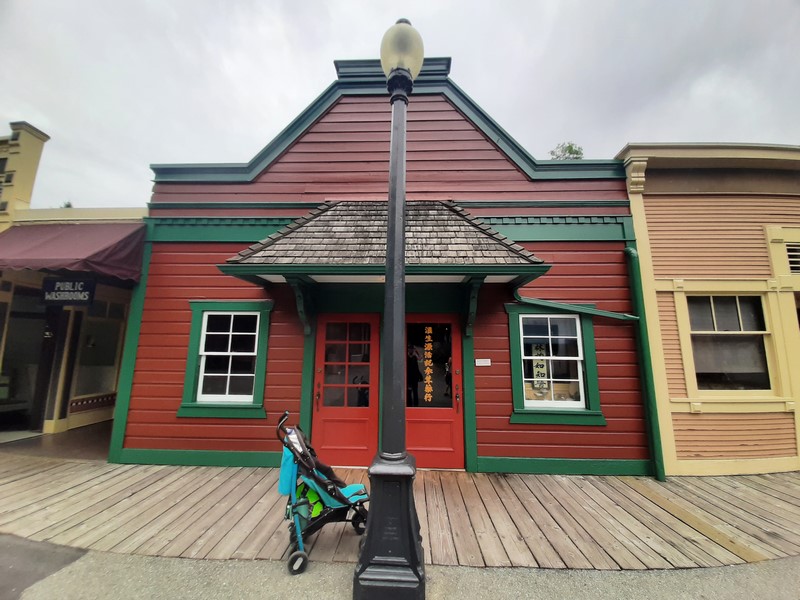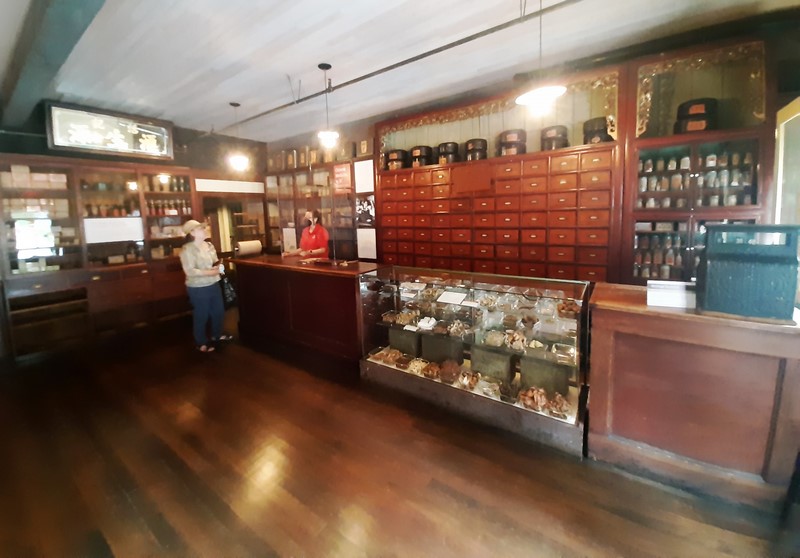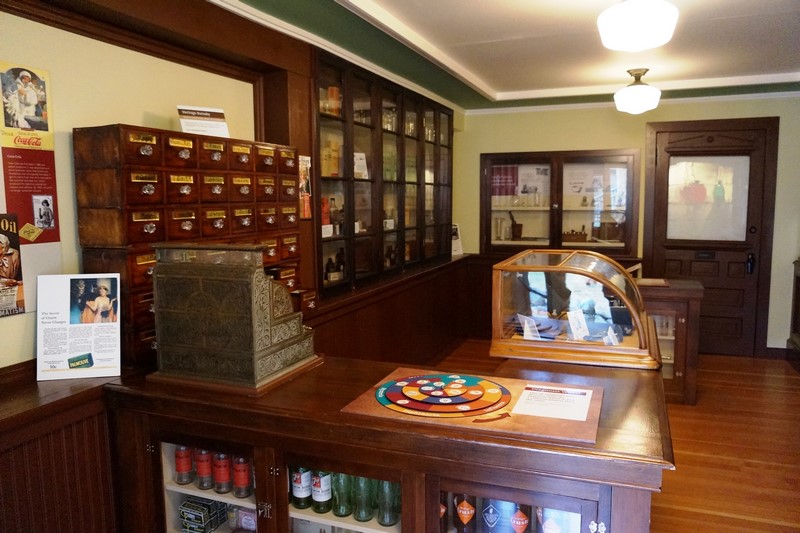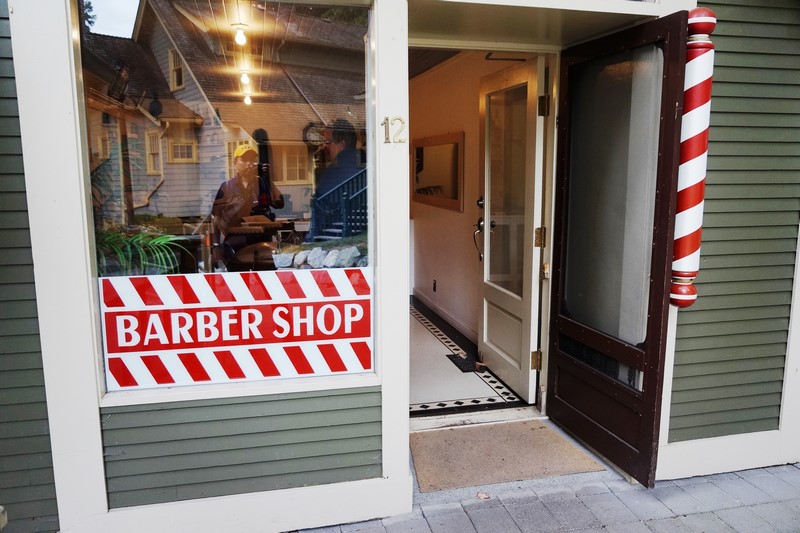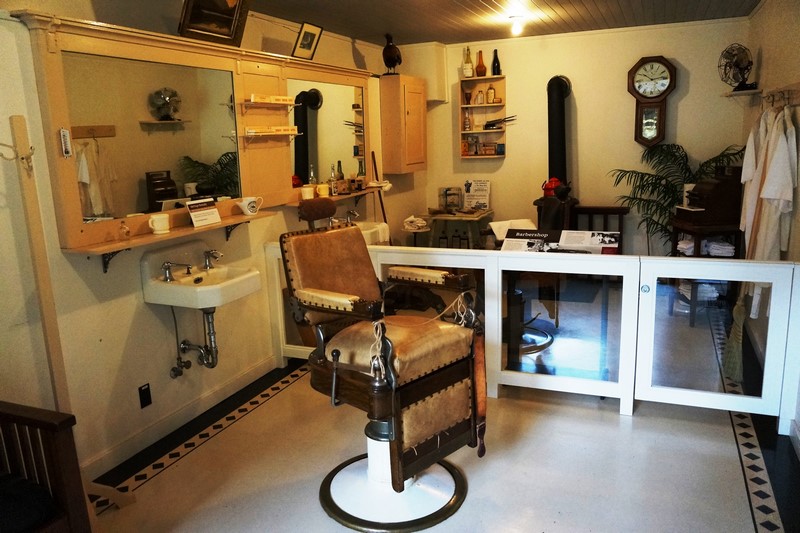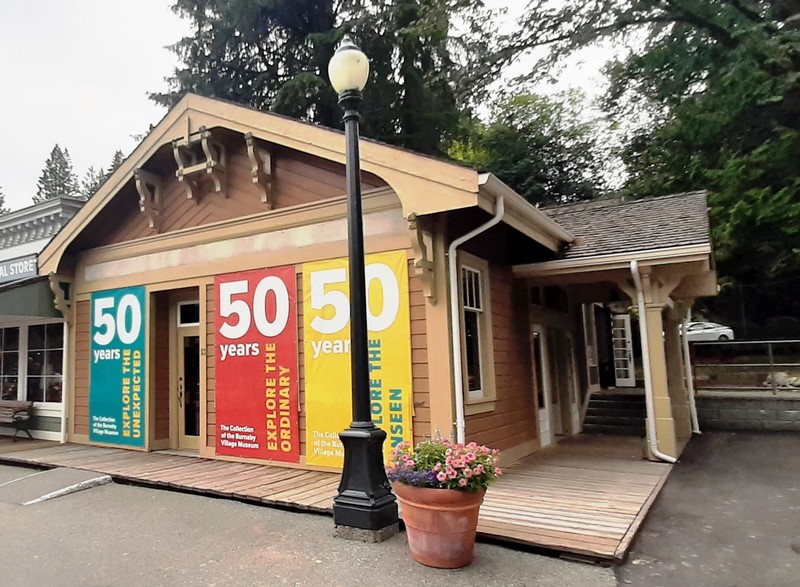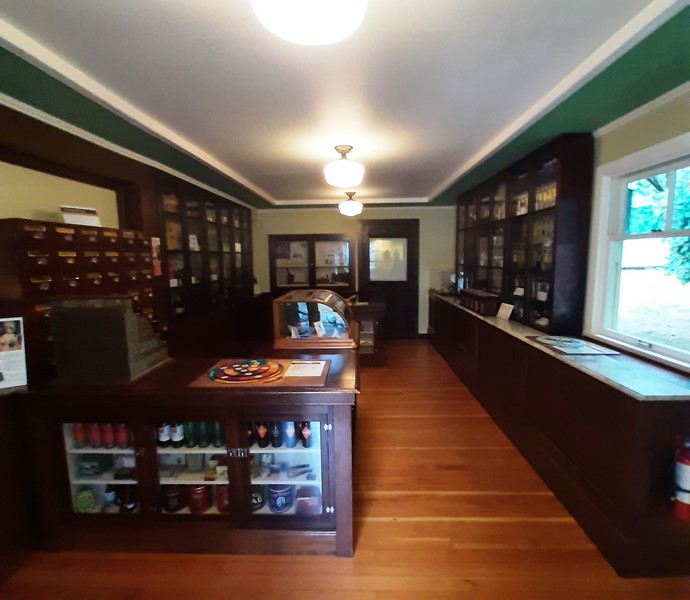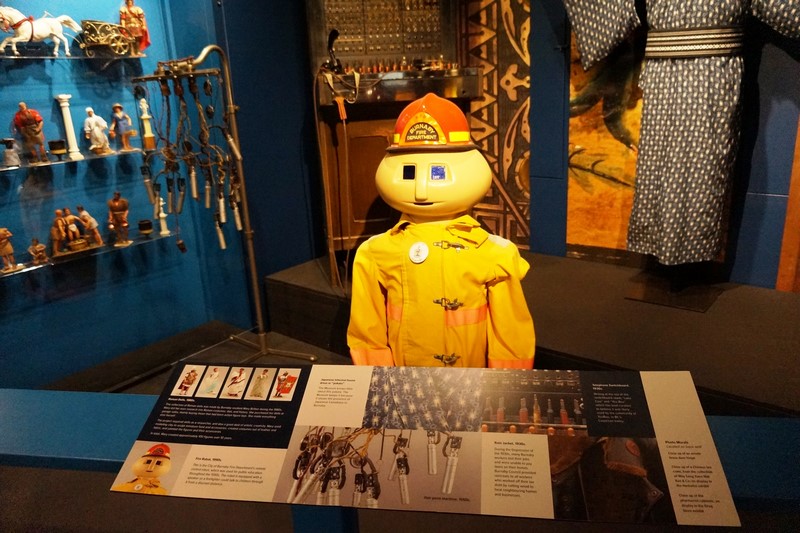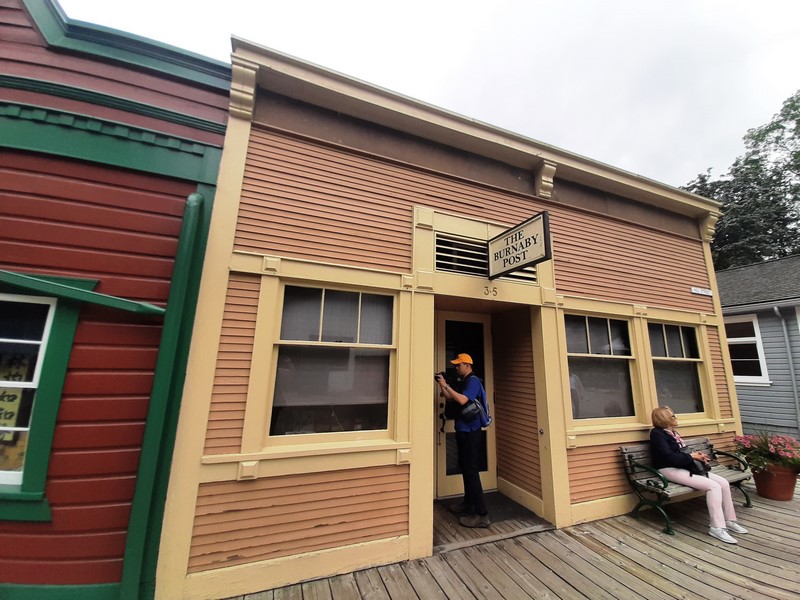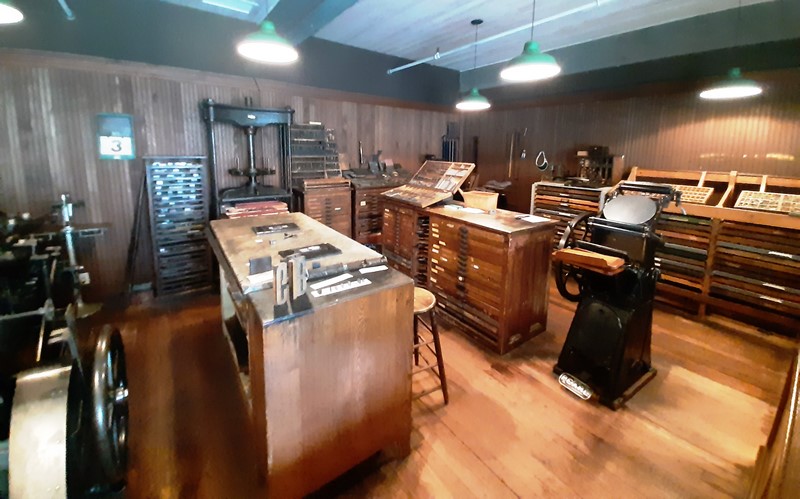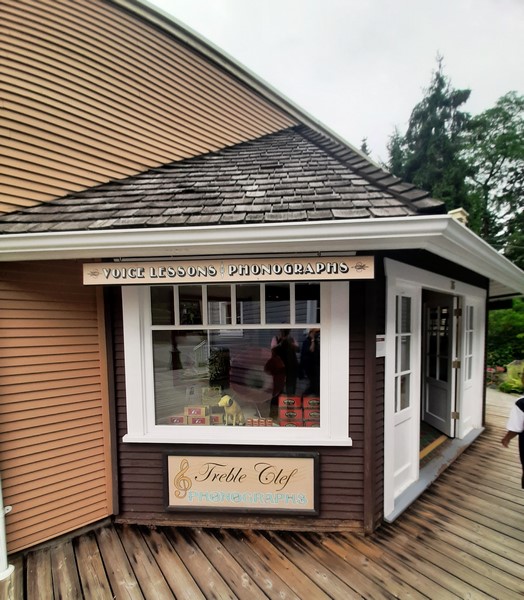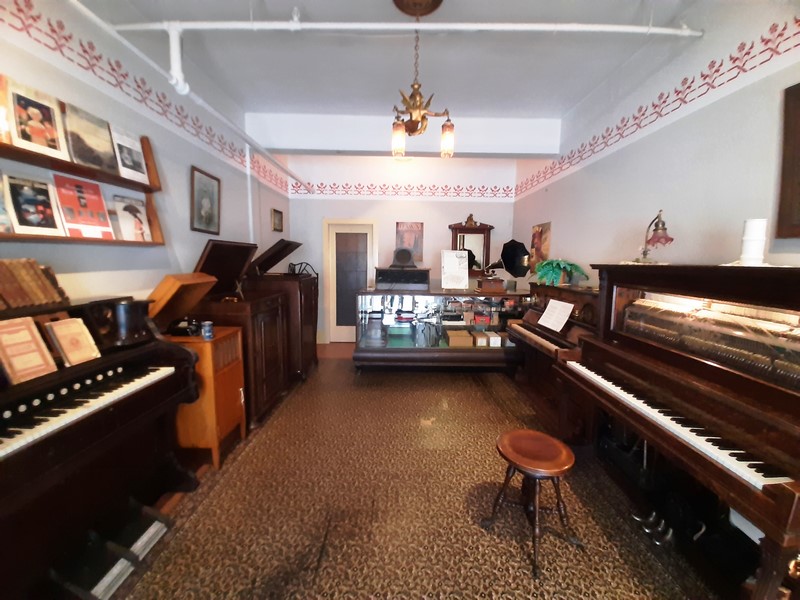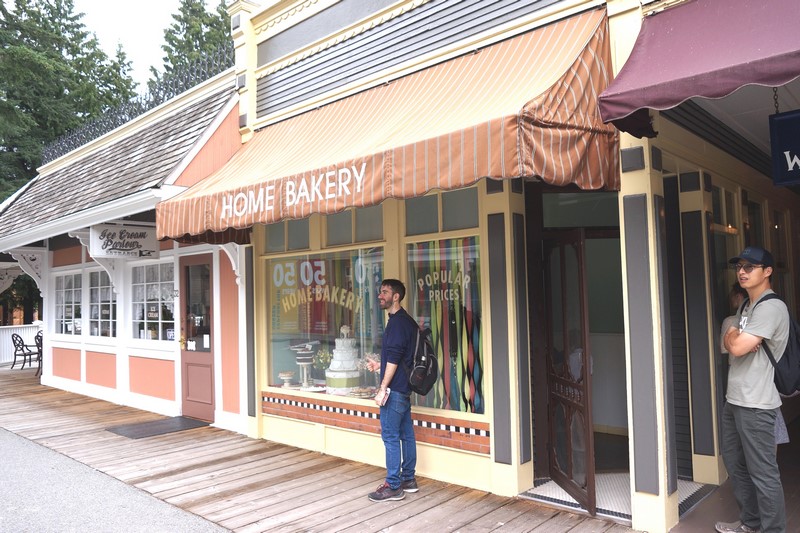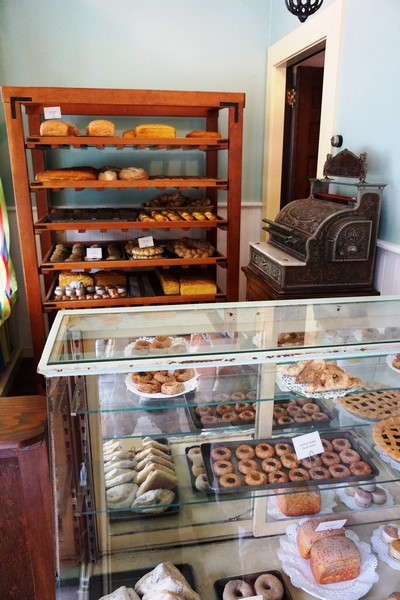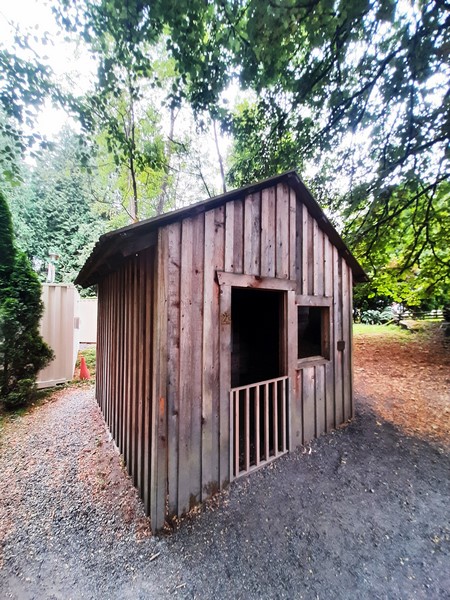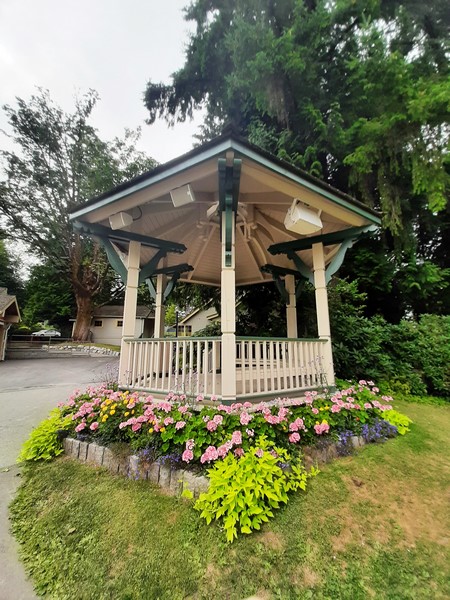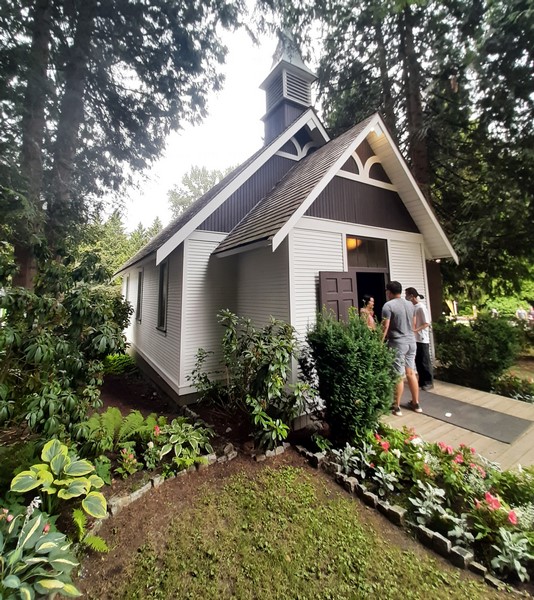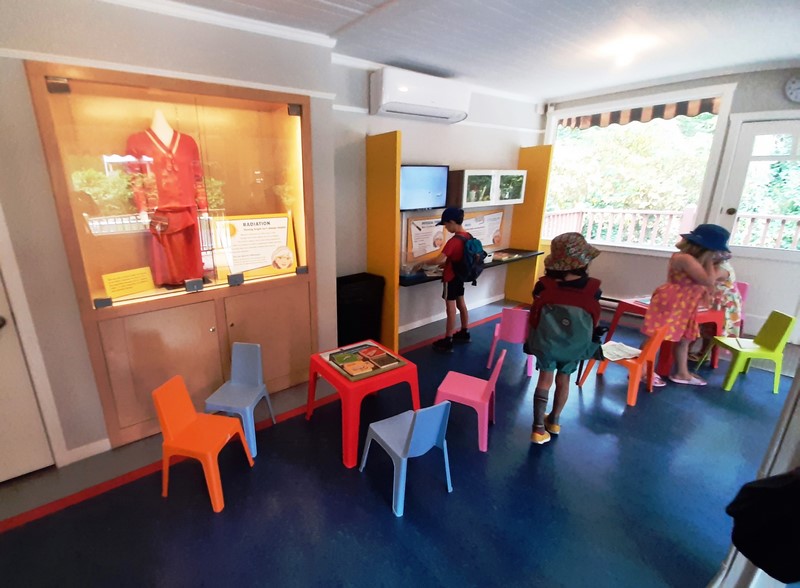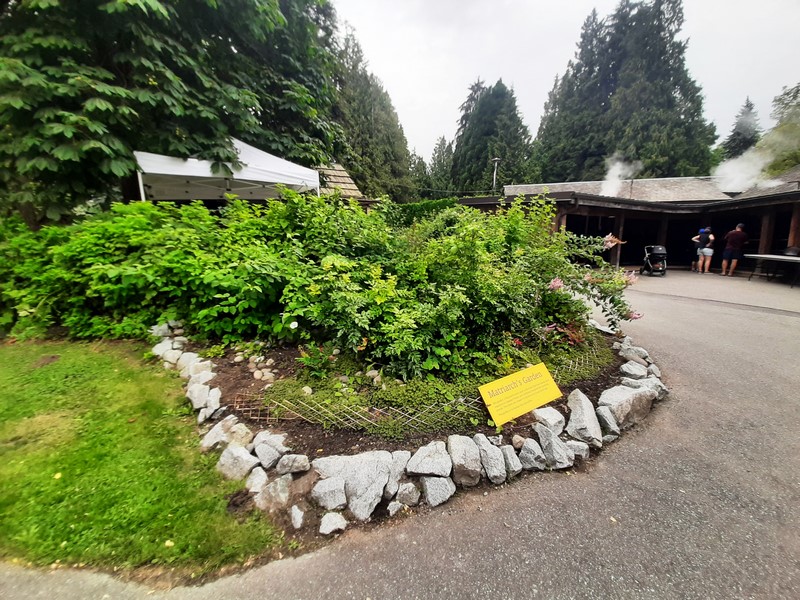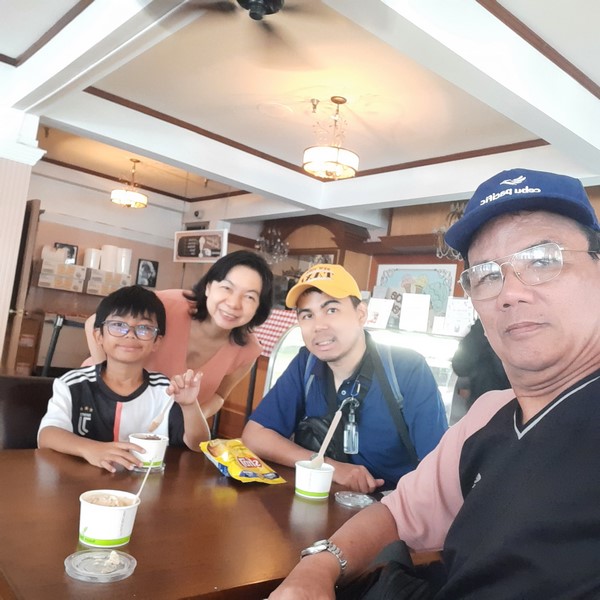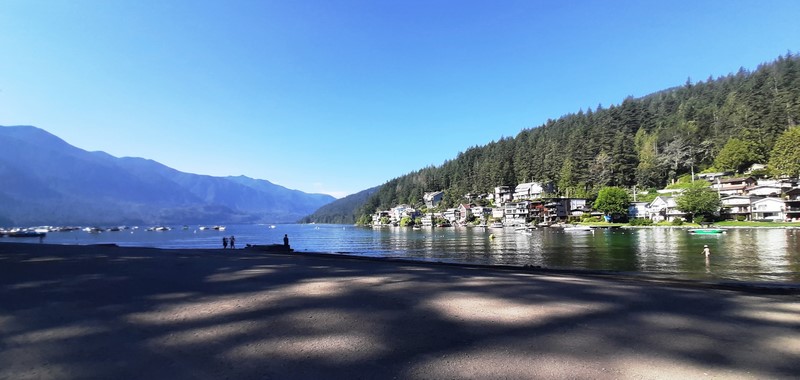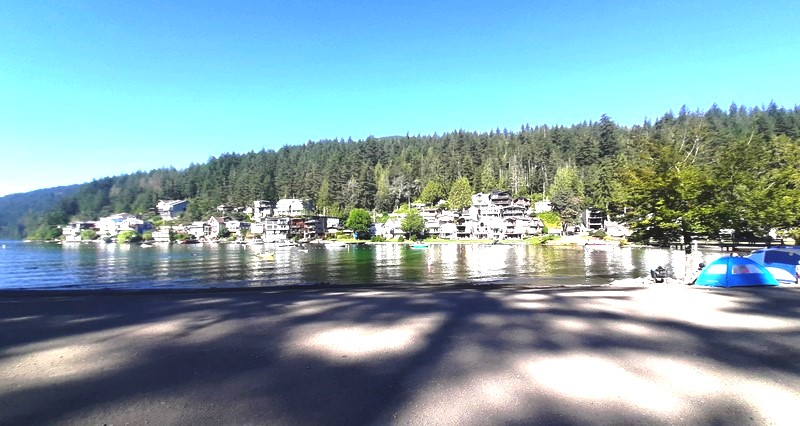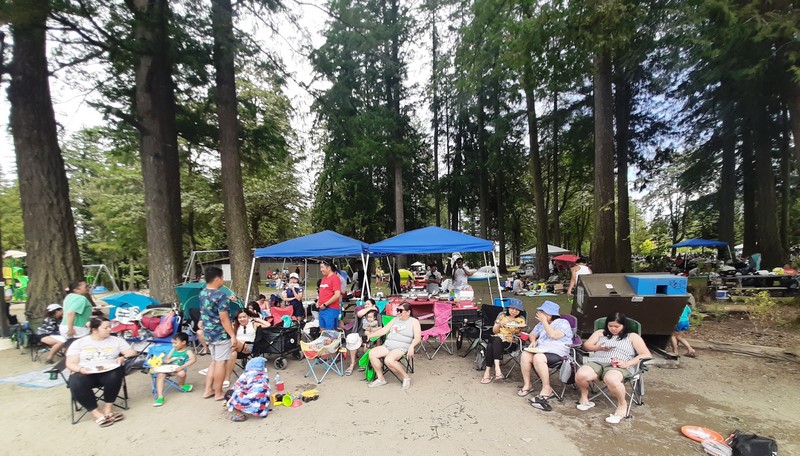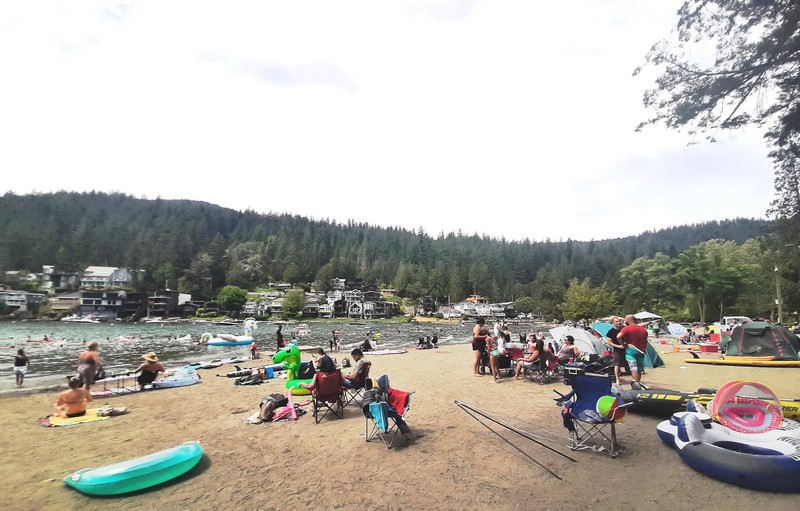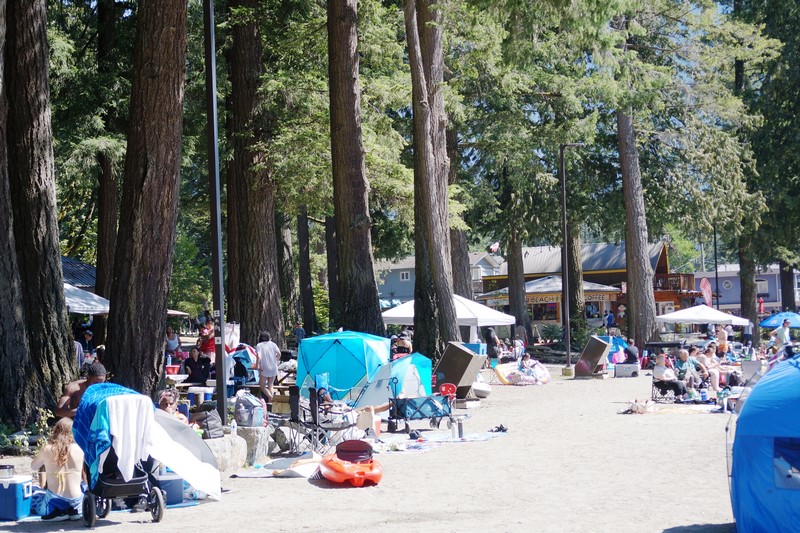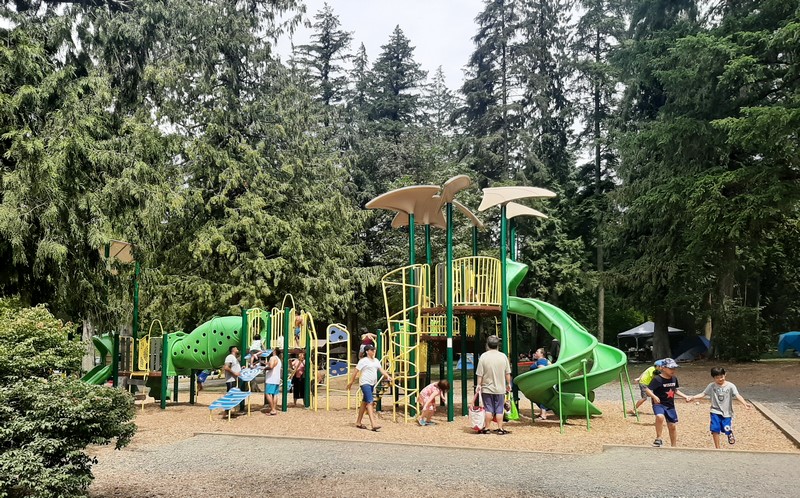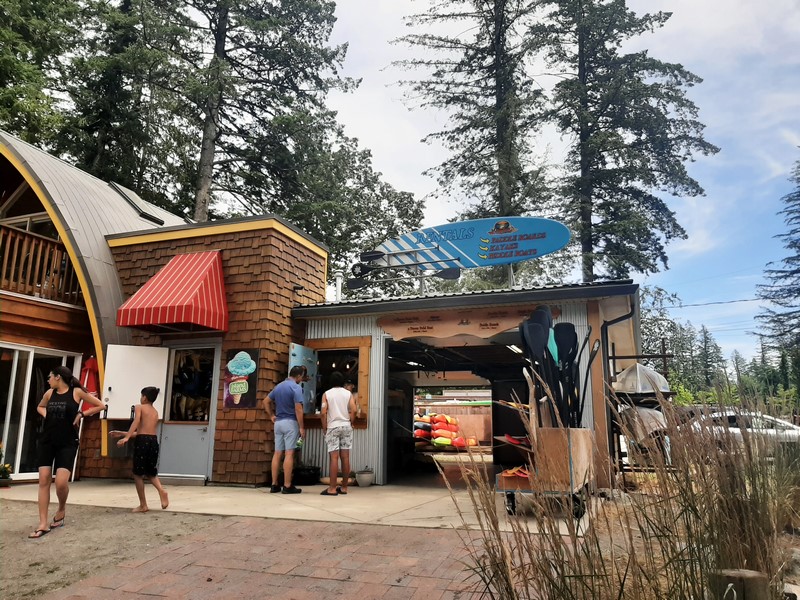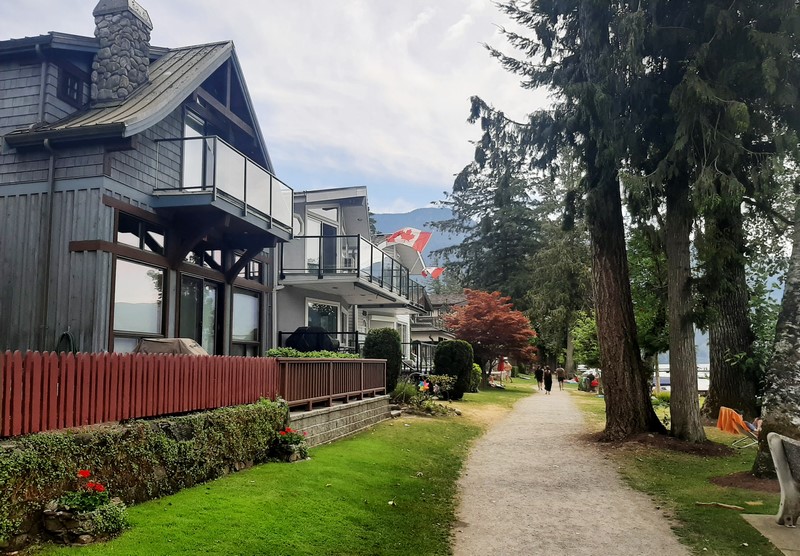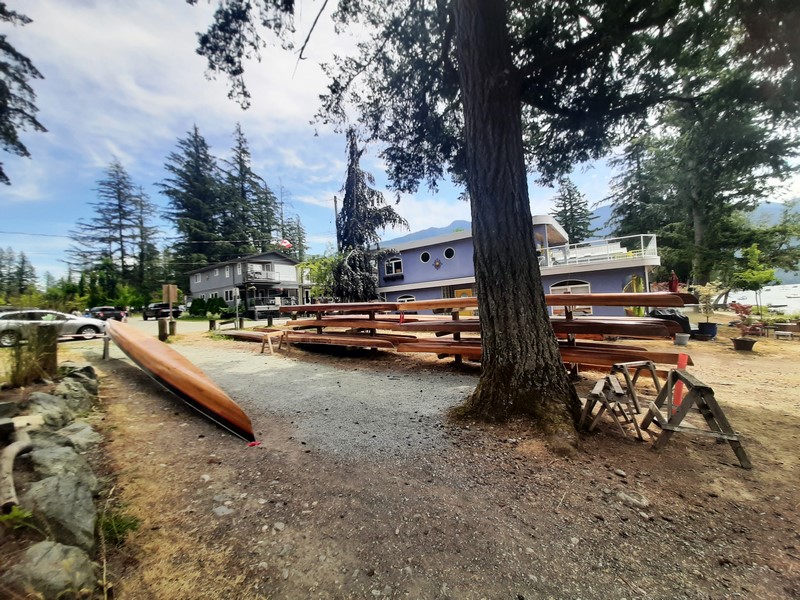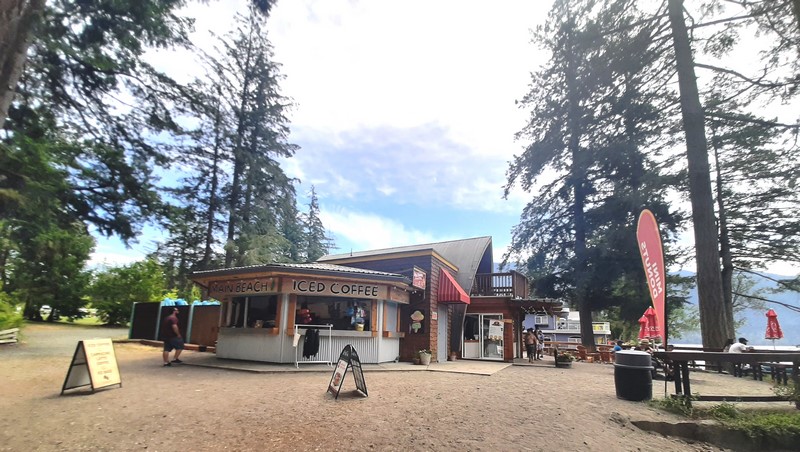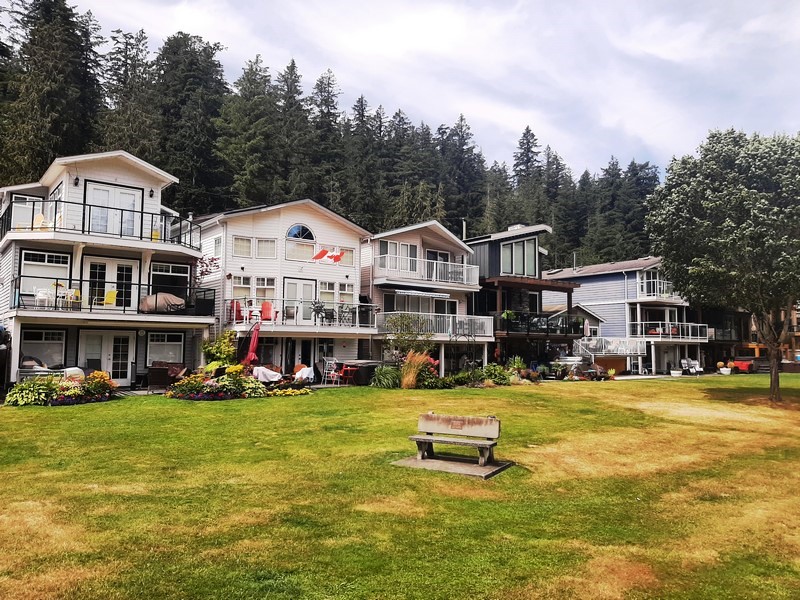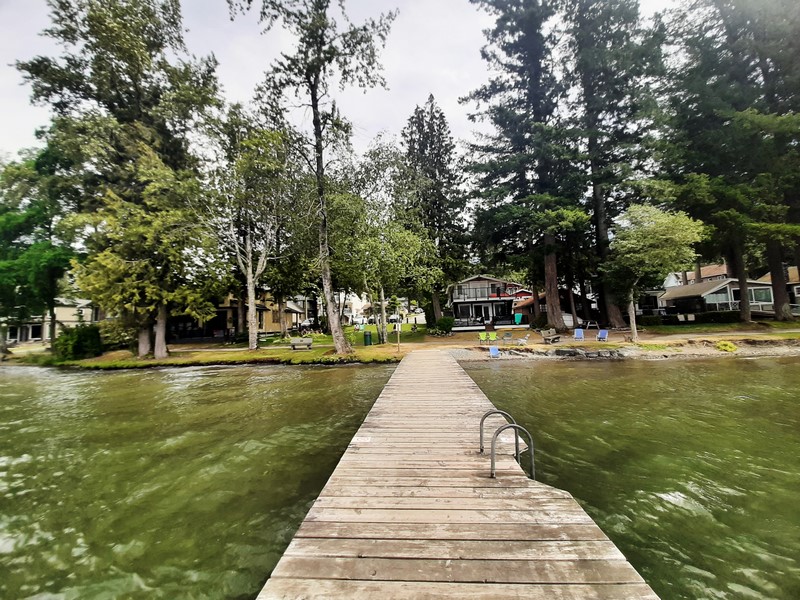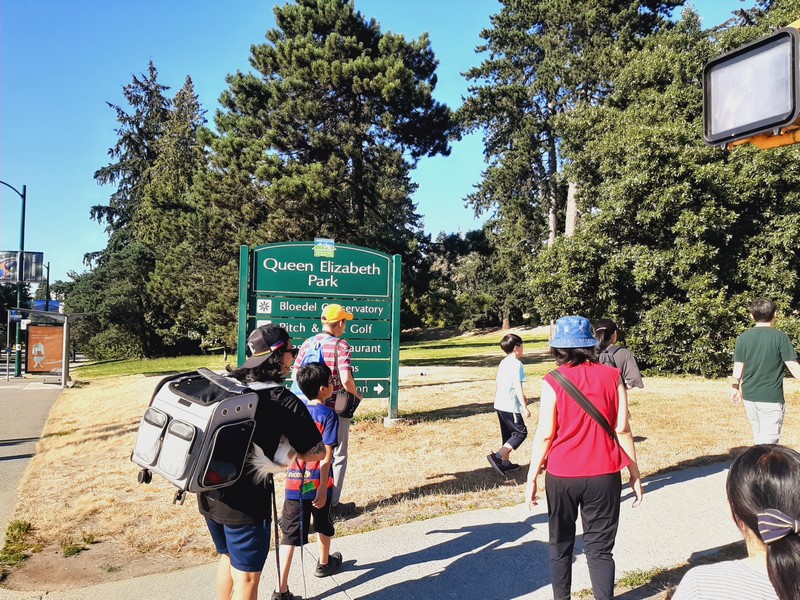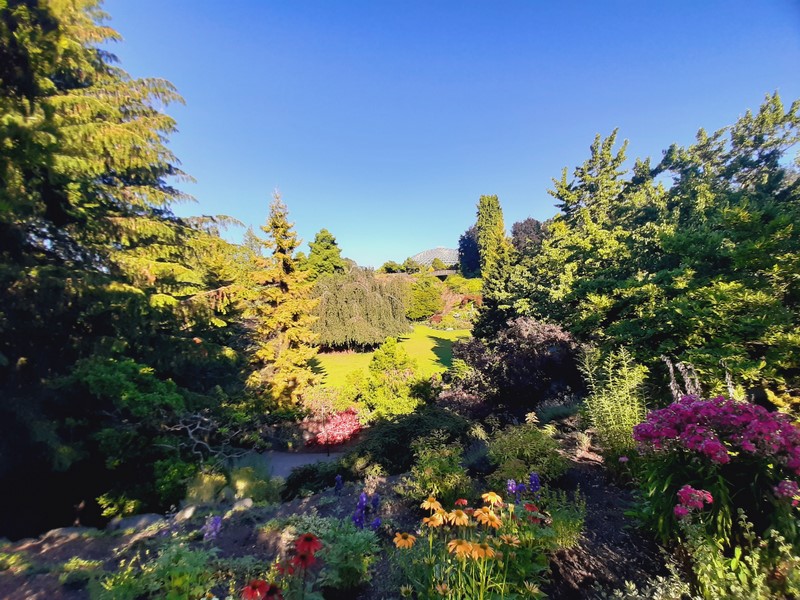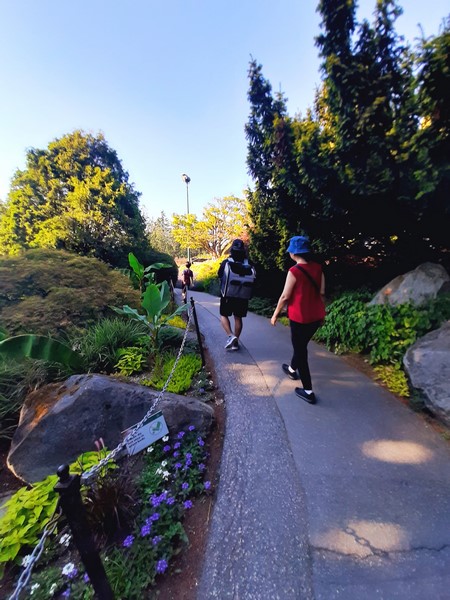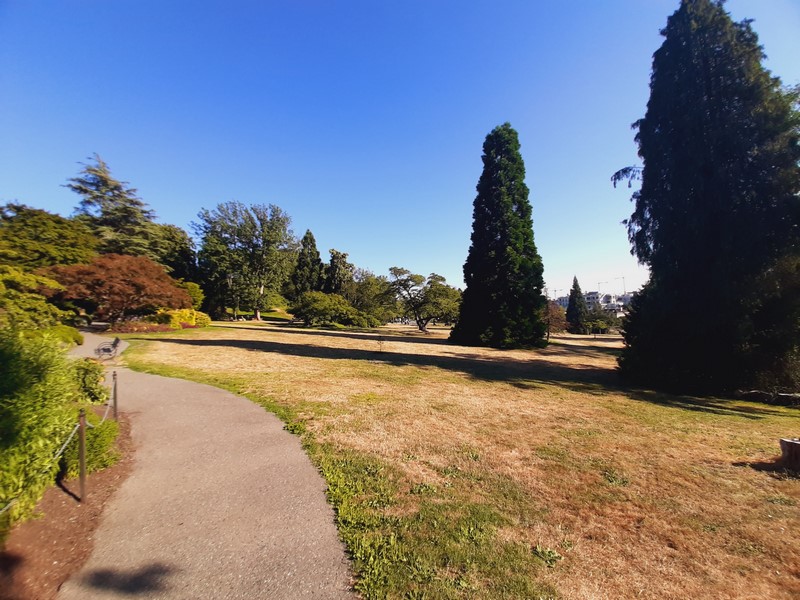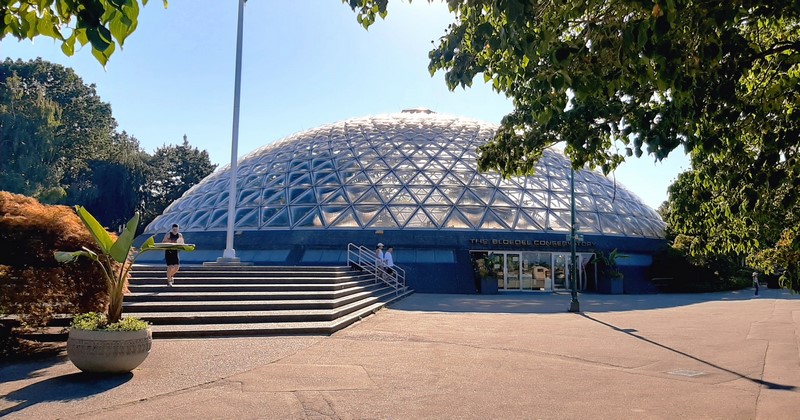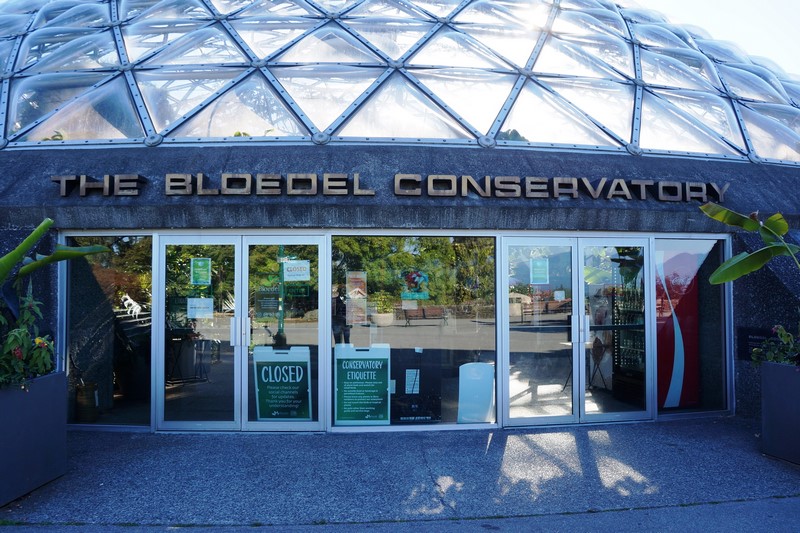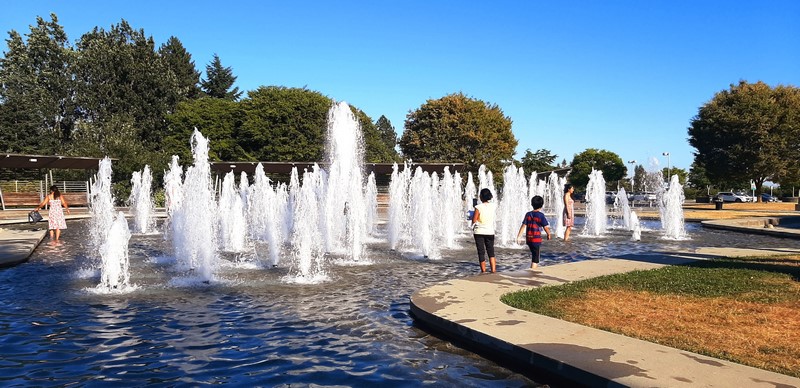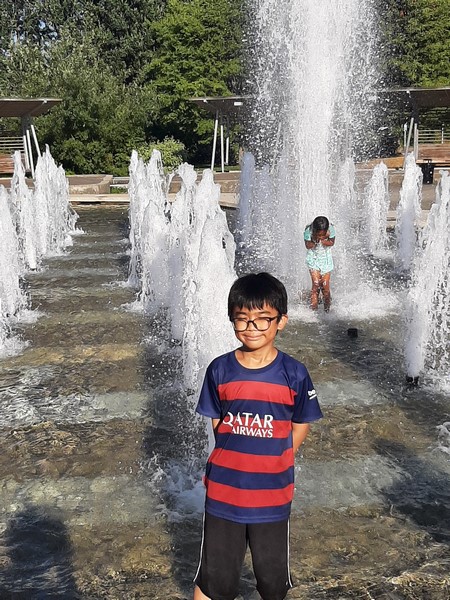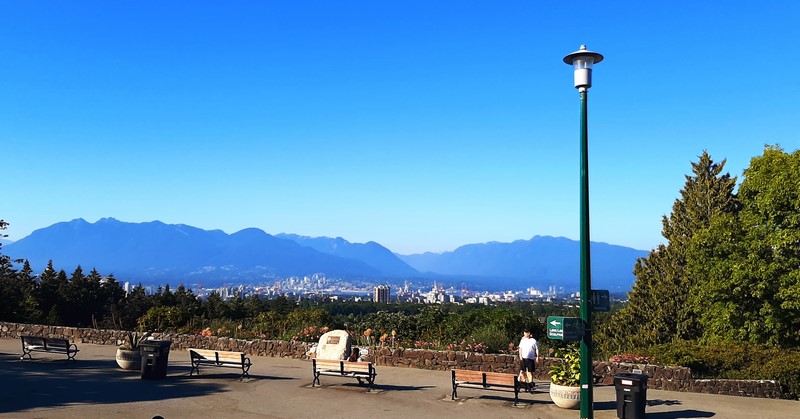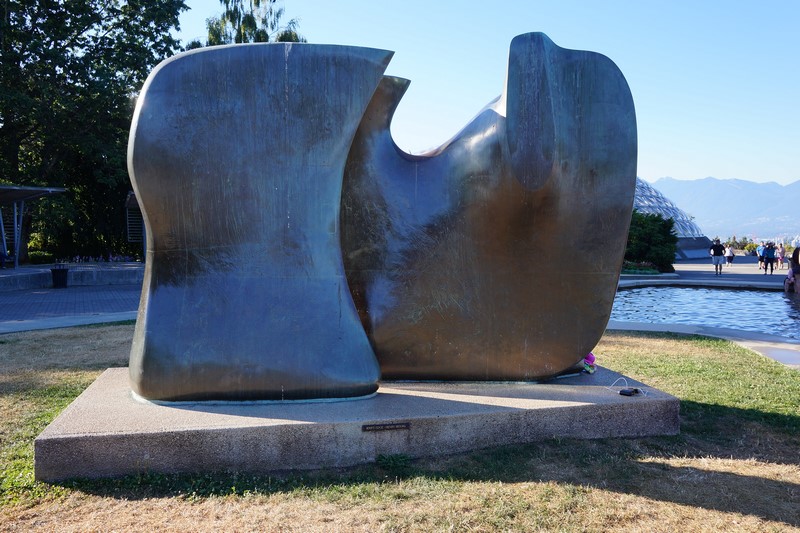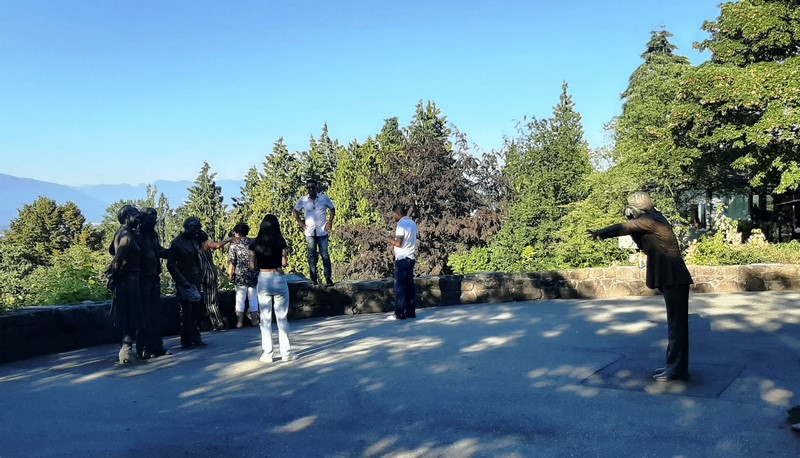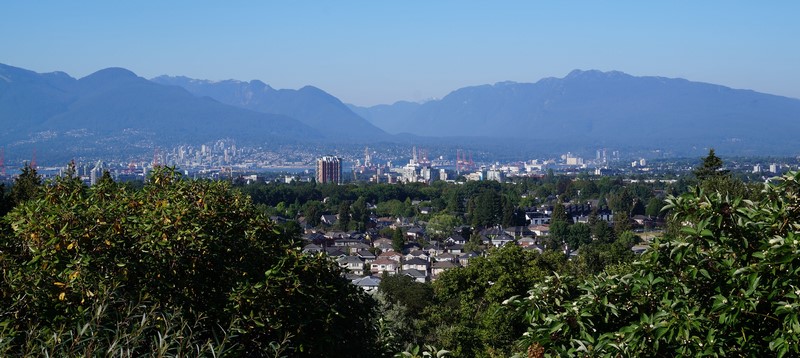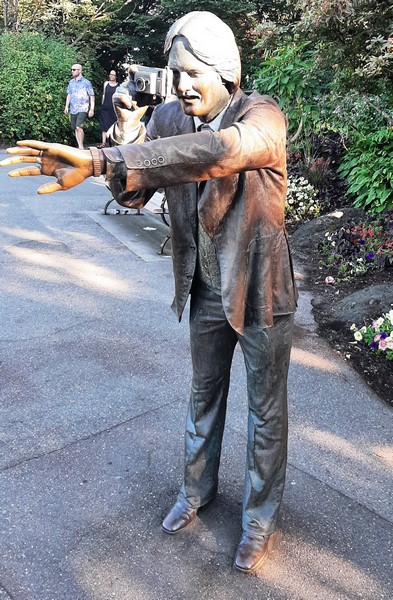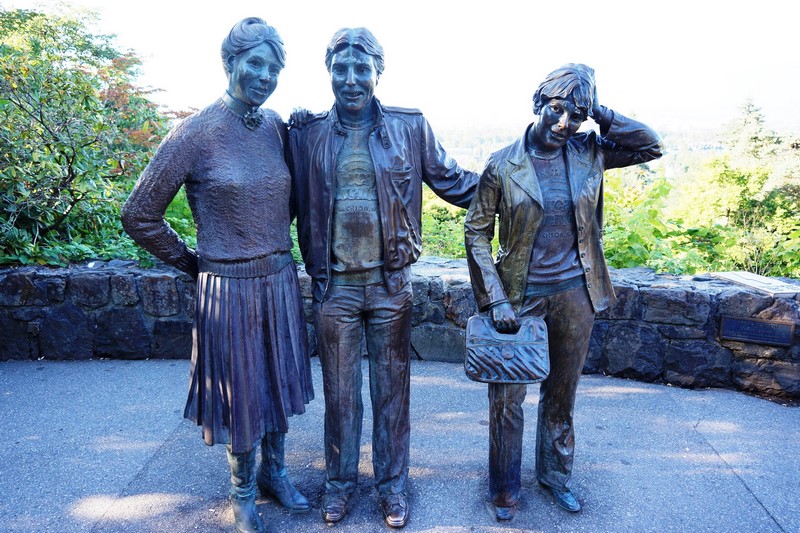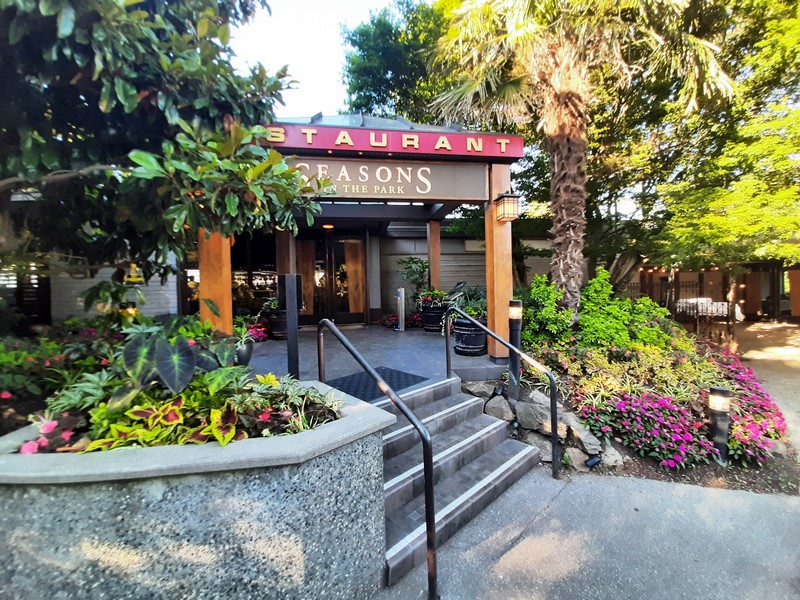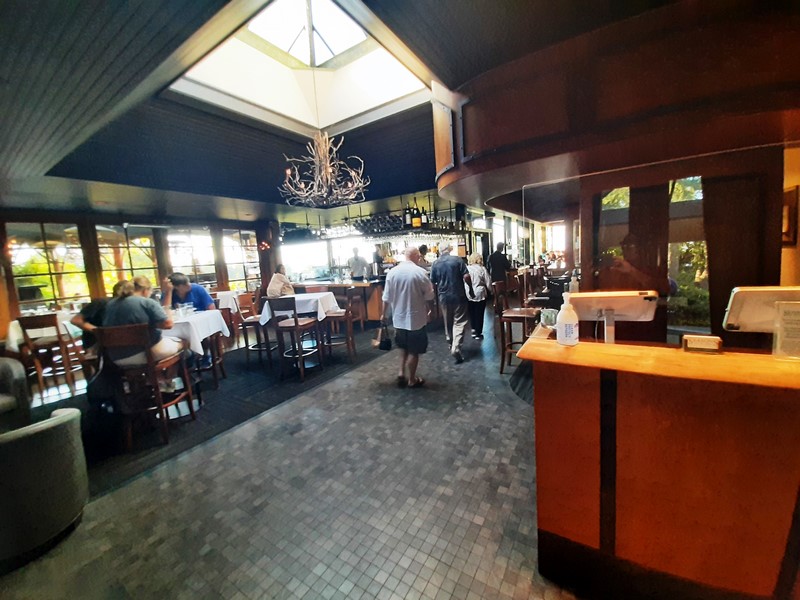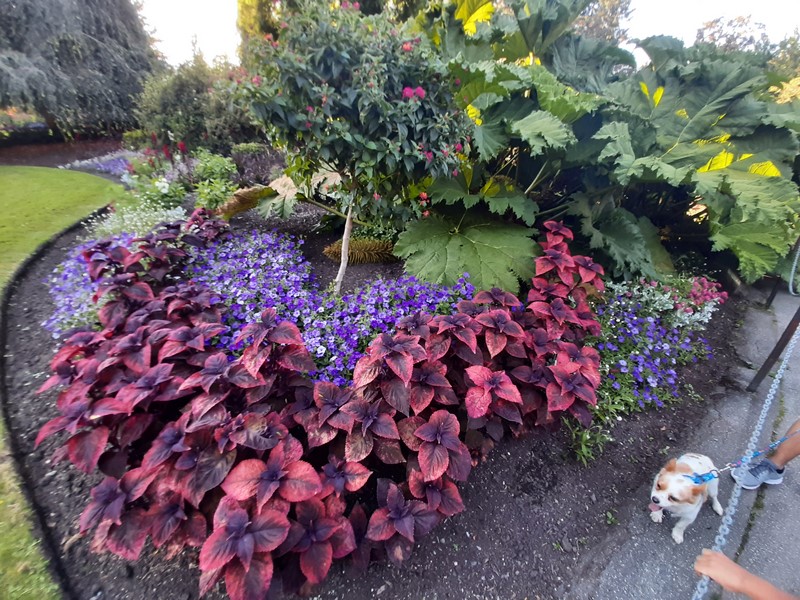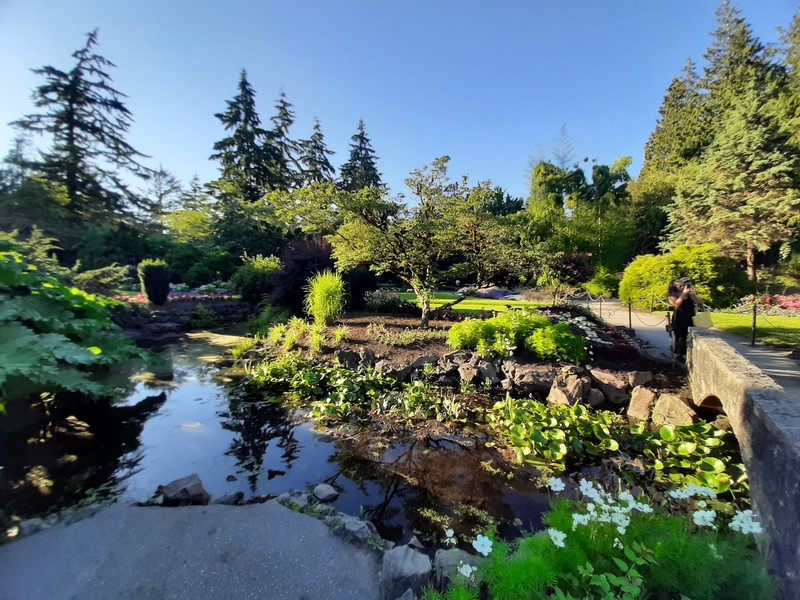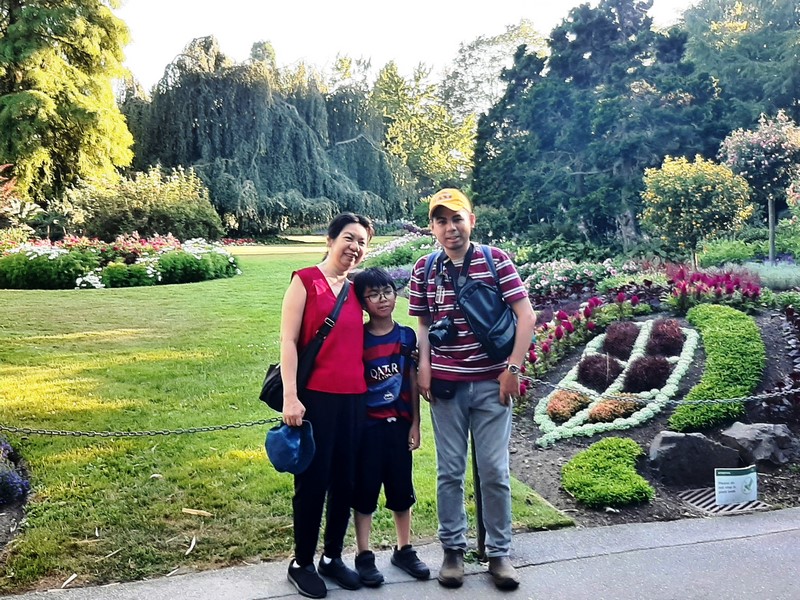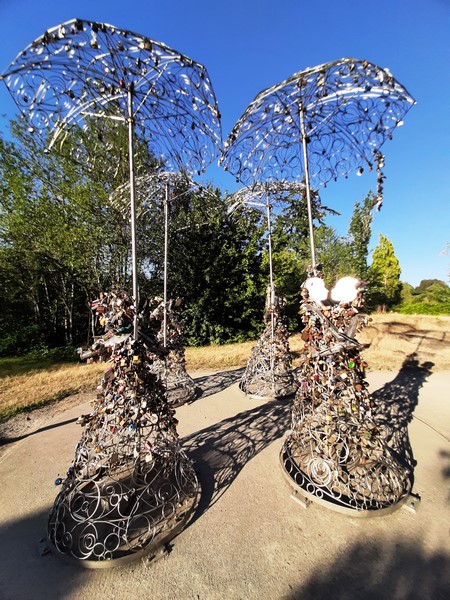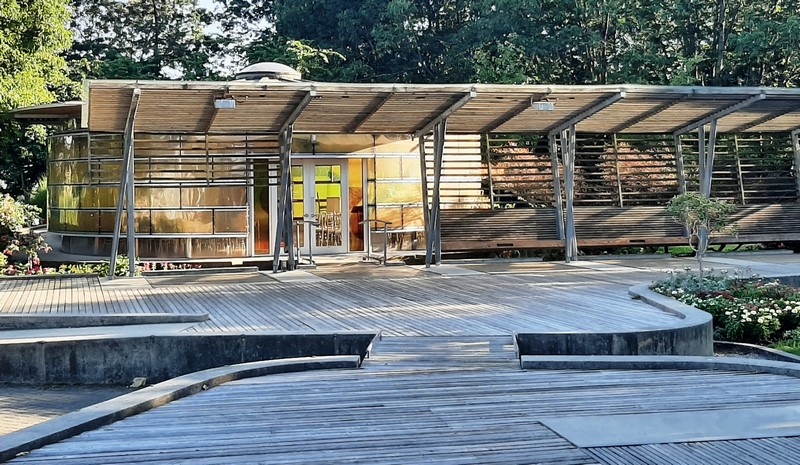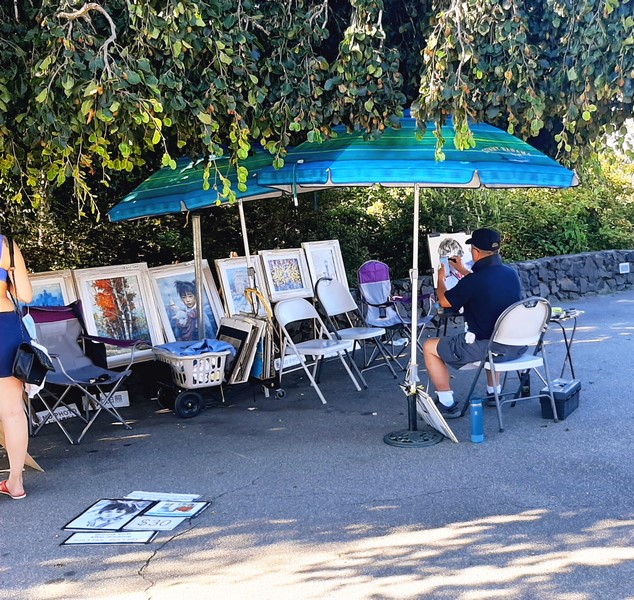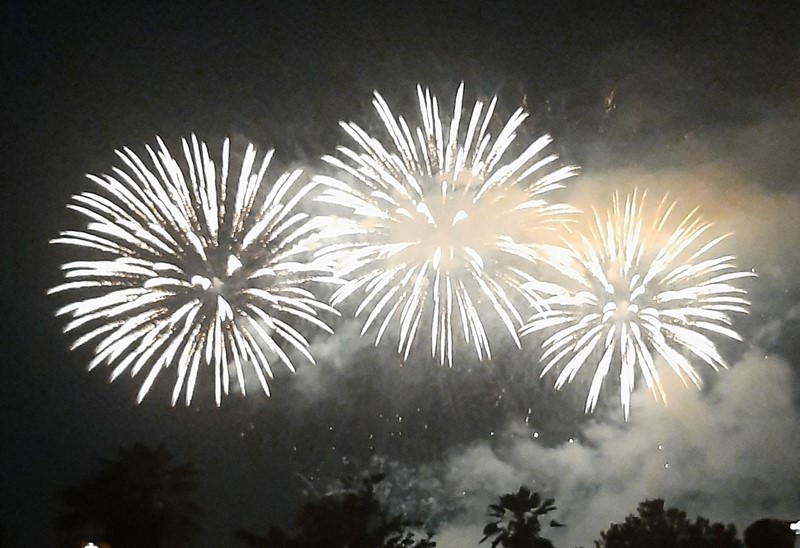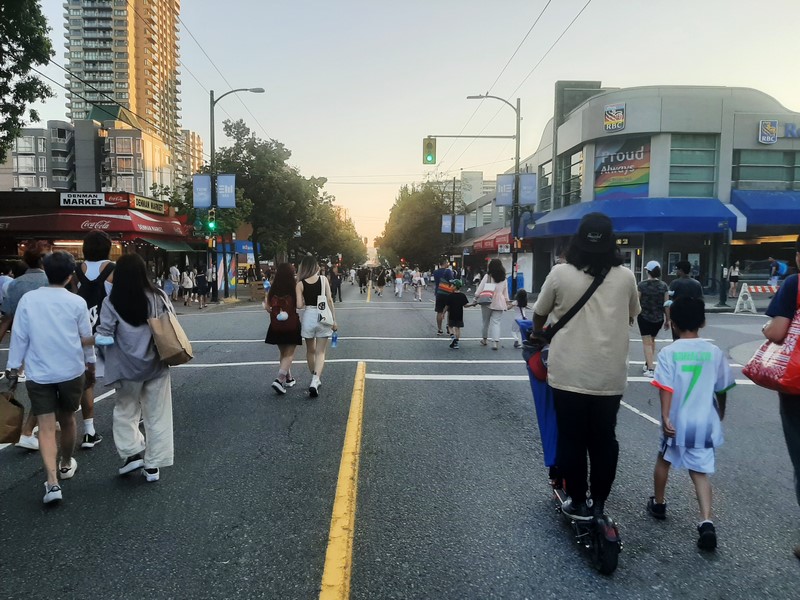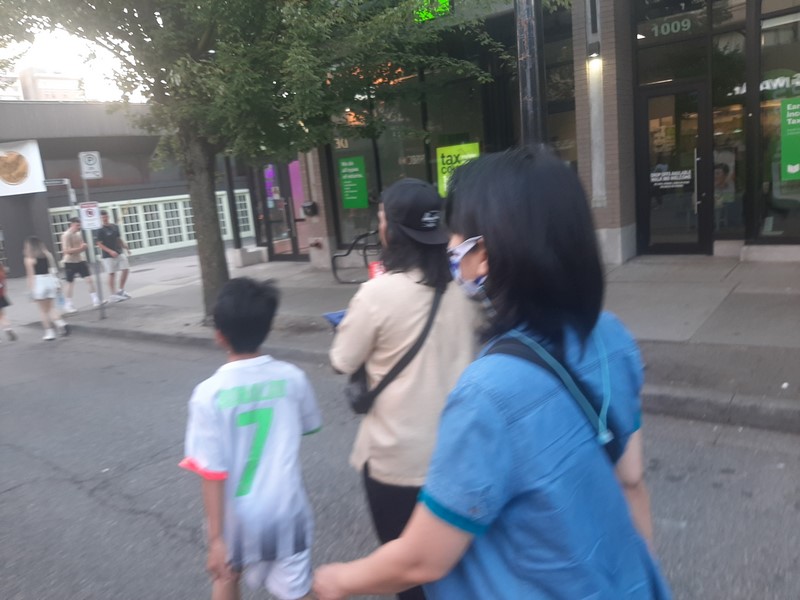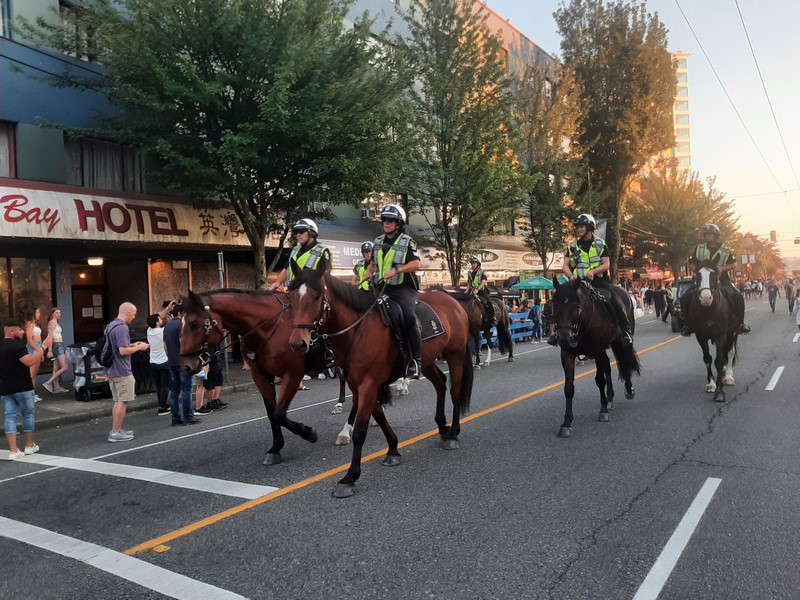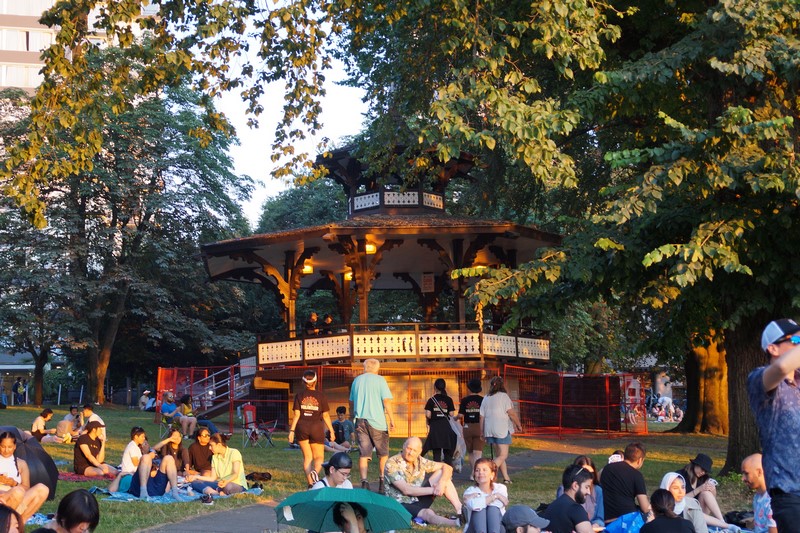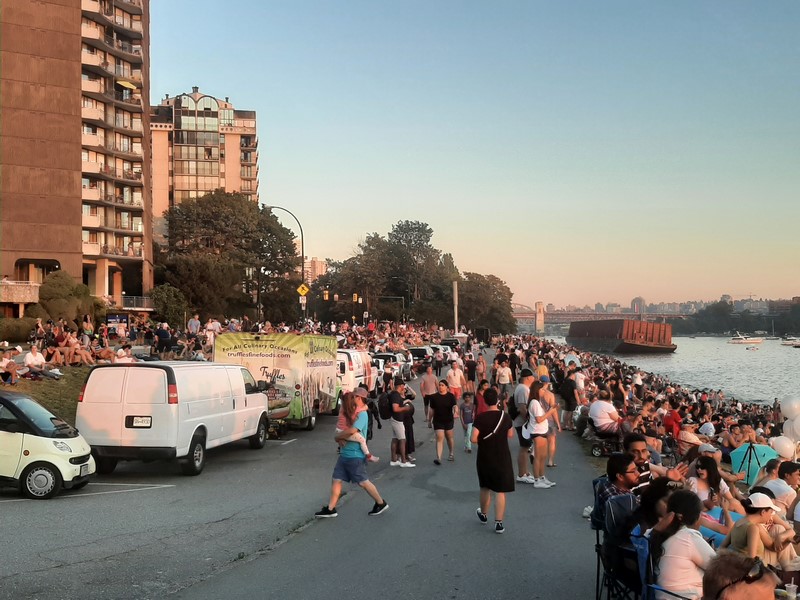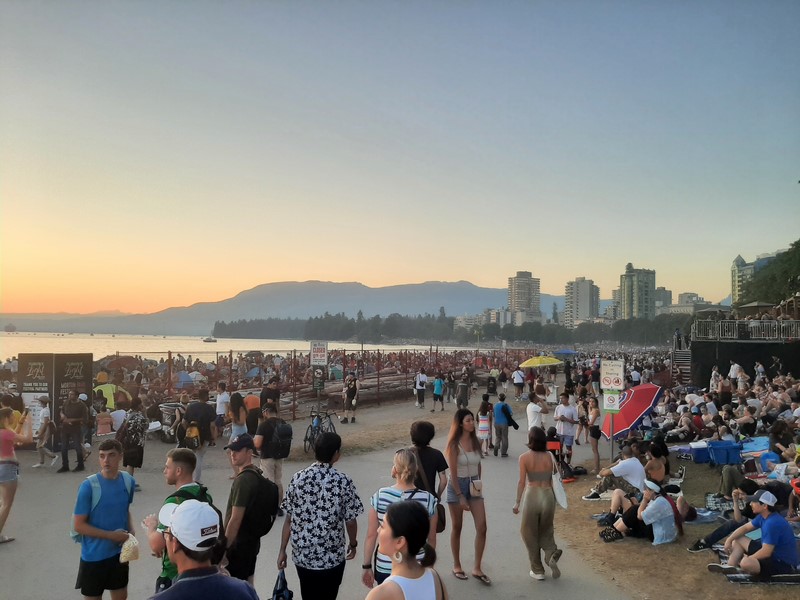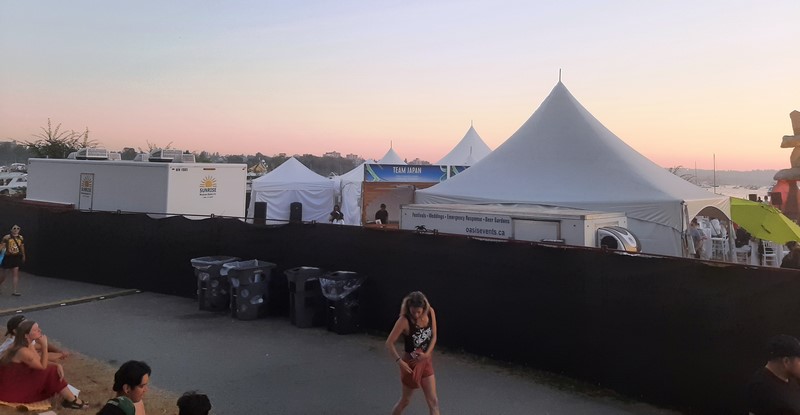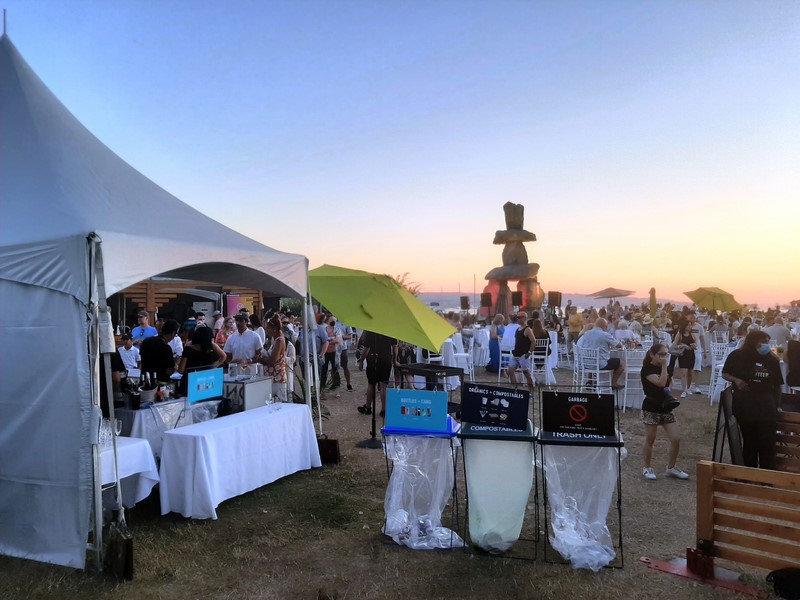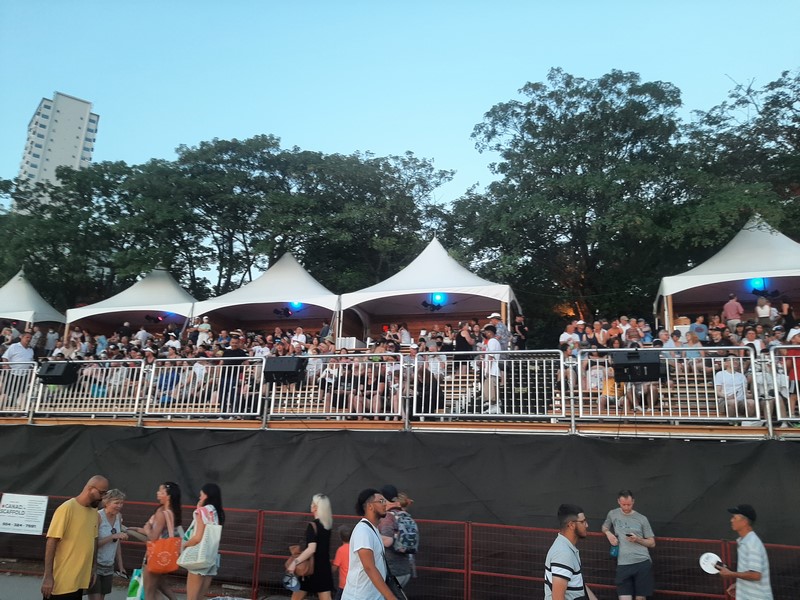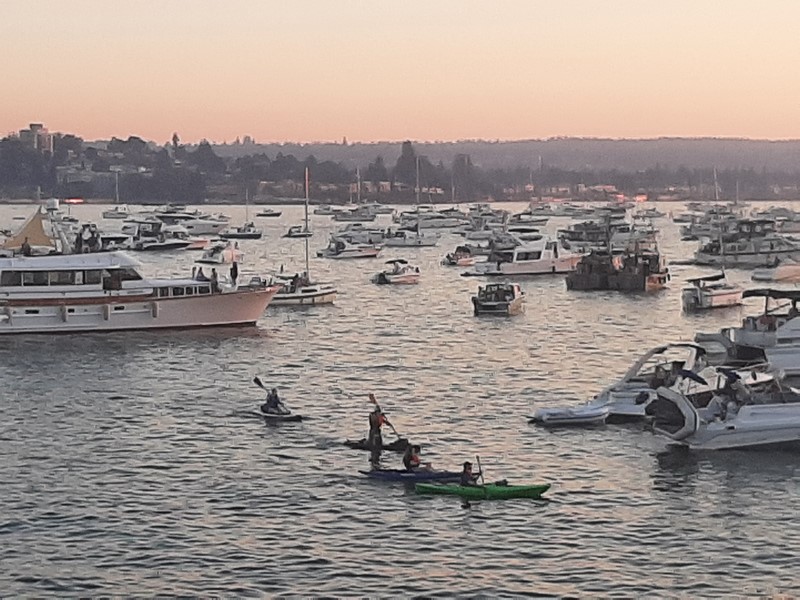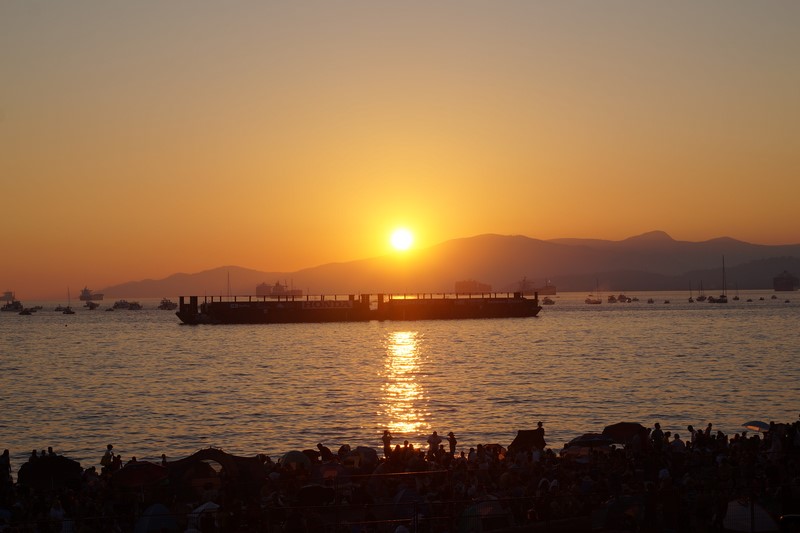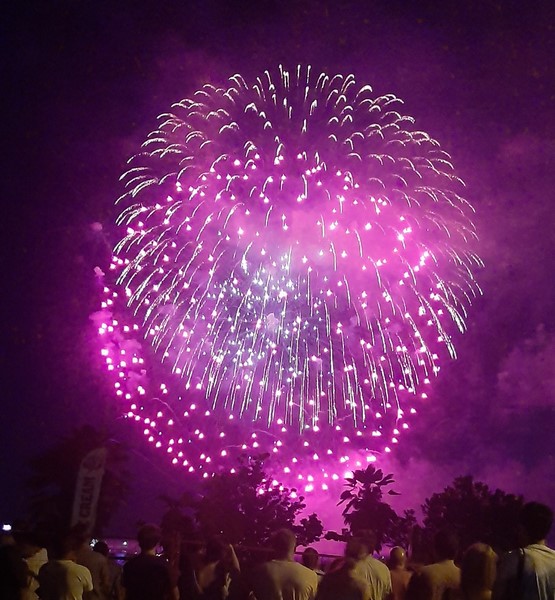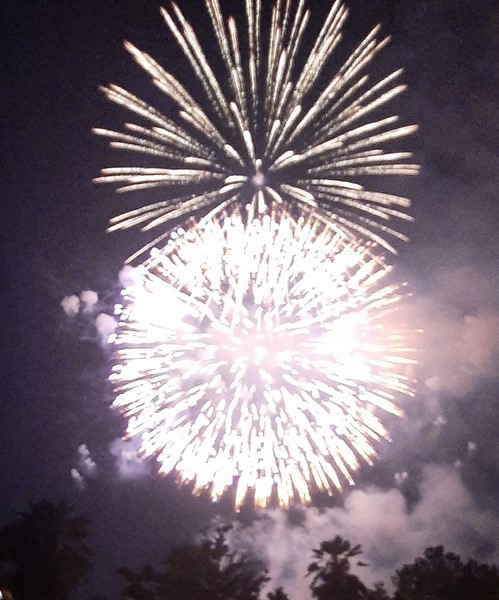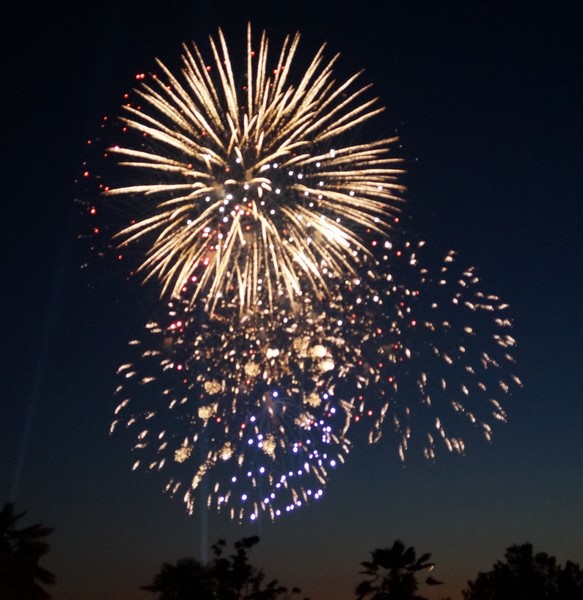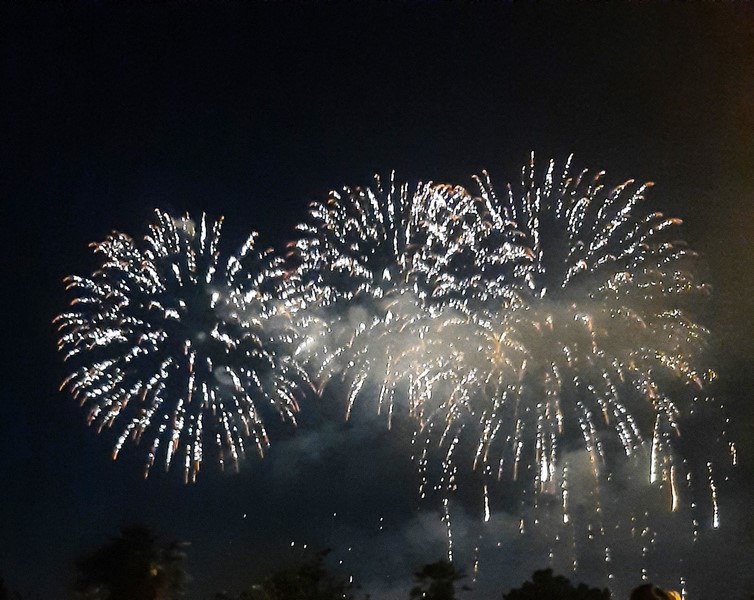The 15,300 sq. m. (165,000 sq. ft.) Vancouver Art Gallery (VAG), the largest art museum, by building size, in Western Canada, serves as a repository of art for the Lower Mainland region. Its permanent collection consists of approximately 12,000 works (as of December 2018) by artists from Canada and around the world. Aside from exhibiting works from its collection, the museum has also organized and hosted a number of travelling arts exhibitions.The gallery connects to the rest of Robson Square via an underground passage below Robson Street.
Here is the historical timeline of the museum:
- In April 1931, in order to establish and maintain a museum for the City of Vancouver, the Vancouver Art Gallery Association was established under the provincial Society Act.
- On October 5, 1931, the Association opened the art museum to the public in a building, designed by architectural firm Sharp and Johnston and costing approximately CA$40,000 to construct, at 1145 West Georgia Street. It featured four galleries (one of which included a sculpture hall), a lecture hall and a library. At the time of its opening, works exhibited at the museum were dominated by British, and other European artists.
- In 1938, during a sitdown strike in the weeks leading up to Bloody Sunday, the museum was the one of the buildings occupied by unemployed protesters. Luckily, paintings were not damaged while the protesters occupied the building.
- In 1950, the museum expanded its first building.To reshape the design of the building towards an International Style of architecture, the building’s Art Deco façade was removed. To accommodate the 157 works bequeathed to the museum by Emily Carr, renovations, costing approximately CA$600,000 (funded by the City of Vancouver government, and funds raised by Lawren Harris) were also conducted
- In 1951, the building was reopened to the public.
- In 1983, the institution was relocated to its present location, the former provincial courthouse adjacent to Robson Square in downtown Vancouver.It was renovated by architect Arthur Erickson, at a cost of CA$20 million, as a part of his larger three city-block Robson Square The Annex Building was the only part of the building complex that was not converted for museum use.
- In 2004, a result from its need for more exhibition and storage space for its collections, plans to build a new building for the museum were undertaken.
- In November 2007, the museum publicly announced plans to move, seeking approval from Vancouver City Council to build a new building at Larwill Park, a block formerly occupied by a bus depot on the corner of Cambie and Georgia streets.
- In May 2008, the museum and the City of Vancouver government announced its intention to relocate to an area occupied by the Plaza of Nations.
- In April 2013, the Vancouver City Council later reversed its decision, opting to approve the original proposed site in Larwill Park.
- In September 2013, the museum formally issued requests for qualifications to construct the new building, receiving responses from 75 architectural firms from 16 countries.
- In April 2014, the bid of Herzog & de Meuron (the first project for the architectural firm in the country) was selected by the museum. Perkins and Will‘s Vancouver branch was contracted as the project’s executive architects. The cost to construct the building has been estimated to be CA$330 million, with the federal and provincial governments expected to provide CA$200 million, and the museum expected to raise the rest from public and private donors. The building was originally planned to be completed in 2020. However, developments for the project stalled due to a funding dispute between the federal and provincial governments.
- In November 2021, to help fund the new building, the museum received a $100 million donation (the largest cash donation to a public art museum in Canadian history) from Michael Audain.
- As of November 2021, the museum still needed to raise another $160 million to fund the project.
The former provincial courthouse building, designed by Francis Rattenbury, after winning a design competition in 1905, was opened as a provincial courthouse in 1911, and operated as such until 1979 when the provincial courts moved to the Law Courts south of the building. In 1980, the building was was designated as the Former Vancouver Law Courts National Historic Site of Canada. Both the main and annex portions of the building are also designated “A” heritage structures by the municipal government.
Check out “Former Victoria Law Courts Building”
It continues to be owned by the Government of British Columbia, although the museum occupies the building through a 99-year sublease signed with the City of Vancouver government in 1974 who, in turn, leases the building from the provincial government. The museum’s permanent collection is formally owned by the City of Vancouver, with the museum acting as the custodians for the collection under a lease and license agreement. Should the museum secure its relocation to its proposed site at Larwill Park, the museum would occupy the building under similar arrangements as the former courthouse, with the museum leasing the property from the City of Vancouver.
The Vancouver Art Gallery has organized and hosted a number of temporary and travelling exhibitions. A select list of exhibitions held at the museum since 2005 include:
- Brian Jungen (2006)
- Monet to Dali: Modern Masters from the Cleveland Museum of Art (2007)
- KRAZY! The Delirious World of Anime + Comics + Video Games + Art (2008)
- Vermeer, Rembrandt and the Golden Age of Dutch Art Masterpieces from The Rijksmuseum (2009)
- Leonardo da Vinci: The Mechanics of Man (2010)
- The Color of My Dreams: The Surrealist Revolution in Art (2011)
- Collecting Matisse and Modern Masters: The Cone Sisters of Baltimore (2012)
- Beat Nation: Art, Hip Hop and Aboriginal Culture (2012)
- Grand Hotel: Redesigning Modern Life (2013)
- Charles Edenshaw (2013)
- The Forbidden City: Inside the Court of China’s Emperors (2014)
- Unscrolled: Reframing Tradition in Chinese Contemporary Art (2014)
- Cezanne and the Modern: Masterpieces of European Art from the Pearlman Collection (2015)
- How Do I Fit This Ghost in My Mouth? An exhibition by Geoffrey Farmer (2015)
- Embracing Canada: Landscapes from Krieghoff to the Group of Seven (2015)
- Douglas Coupland: Everywhere Is Anywhere Is Anything Is Everything (2015)
- MashUp: The Birth of Modern Culture (2016)
- Picasso: The Artist and His Muses (2016)
- Claude Monet’s Secret Garden (2017)
- Takashi Murakami: The Octopus Eats its Own Leg (2018)
- French Moderns: Monet to Matisse, 1850-1950 (2019)
- Alberto Giacometti: A Line Through Time (2019)
- Cindy Sherman (2020)
- Growing Freedom: The instructions of Yoko Ono/ The art of John and Yoko (2022)
During our visit, there were five ongoing exhibits – “Uninvited: Canadian Women Artists in the Modern Moment” Exhibit in the ground floor; “The Imitation Game: Visual Culture in the Age of Artificial Intelligence” Exhibit at the second floor; and “Kids Take Over” Exhibit, “Everything Under the Sun: In Memory of Andrew Gruft” Exhibit and “Restless: Recent Acquisitions” Exhibit at the third floor.
Check out “Uninvited: Canadian Women Artists in the Modern Moment” Exhibit, “The Imitation Game: Visual Culture in the Age of Artificial Intelligence” Exhibit, “Kids Take Over” Exhibit, “Everything Under the Sun: In Memory of Andrew Gruft” Exhibit and “Restless: Recent Acquisitions” Exhibit“
The Centennial Fountain, on the Georgia Street side of the building, was installed in 1966 to commemorate the centennial of the union of the colonies of Vancouver Island and British Columbia. In 2017, it was later removed as part of the Georgia Street plaza renovations.
The Neo-Classical-style building, replacing the previous courthouse at Victory Square, wasconstructed using marble imported from Alaska, Tennessee and Vermont. It has Ionic columns, a central dome, formal porticos and ornate stonework. Construction for the building, which contained 18 courtrooms, began in 1906. In 1912, an annex, designed by Thomas Hooper, was added to the western side of the building. Declared as a heritage site, it still retains the original judges’ benches and walls as they were when the building was a courthouse.
The front lawn and steps of the building has hosted a number of public gatherings and protest rallies, serving as the monthly meeting spot for Vancouver’s Critical Mass, as well as flash mobs, the Zombie Walk, pro-marijuana rallies and numerous environmental demonstrations. The steps on both the Robson Street and Georgia Street sides of the building are also popular gathering spots for protest rallies. In the summertime, the Georgia Street side is also a popular place for people to relax or socialize.
In March 2007, the 2010 Olympic countdown clock, placed in the front lawn of the building, was opened for free for the public to see. Now disassembled, one half of the clock went to BC Place and the other to Whistler Village.In June 2021, Cheryle Gunargie created a vigil(consisting of 215 pairs of shoes) to honor the 215 children whose remains were discovered in unmarked graves at the Kamloops Indian Residential School.
The permanent collection acts as the principal repository of works produced in the Lower Mainland region, with museum acquisitions typically focused on historical and contemporary art from the region. Approximately half of the works in its collection were produced by artists from Western Canada. In addition to art from the region, the collection also has a focus on First Nations art, and art from Asia. The museum’s collection is organized into several smaller areas, contemporary art from Asia, photography and conceptual photography, works by indigenous Canadian artists from the region, and artists from Vancouver and British Columbia.
The museum’s photography and conceptual art collection includes photographs from the 1950s to the present, and includes photos by the N.E. Thing Co. artist collective, photographers of the Vancouver School of conceptual photography, and other artists including Dan Graham, Andreas Gursky, Thomas Ruff, Cindy Sherman, Robert Smithson, and Thomas Struth. The museum’s collection of contemporary Asian art includes works by Eikoh Hosoe, Mariko Mori, Fiona Tan, Jin-me Yoon, Reena Saini Kallat, Song Dong, Wang Du, Wang Jianwei, Yang Fudong, and O Zhang.
Serving as a repository for art for the region, the museum holds a number of works by artists based in the Lower Mainland, in addition to artists based in other regions of British Columbia. The museum’s collection includes works from Canadian artists, including members of the Group of Seven, Gathie Falk, Michael Snow, and Joyce Wieland.
The museum’s collection also features a significant number of works by Emily Carr, dating from 1913 to 1942. The painting Totem Poles, Kitseukla, by Carr, was among the original set of works acquired for the museum’s collection prior to opening in 1931. The permanent collections of the Vancouver Art Gallery, along with the collections of the National Gallery of Canada, hold the largest number of works by Carr of any collection in the world.
The museum’s also features a collection of indigenous Canadian art from the region, including works from Haida, Heiltsuk, Inuit, Kwakwakaʼwakw, Nuu-chah-nulth, Nuxalk, and Tlingit artists. Regular acquisitions of indigenous Canadian works was undertaken by the museum beginning in the 1980s; with the museum’s practices prior to the 1980s typically leaving the acquisition of indigenous Canadian works for the collections of ethnographic, or history museums.
In 2015, George Gund III bequeathed to the museum 37 First Nations works, including totem poles by Ken Mowatt and Norman Tait, drawings by Bill Reid, and thirteen carved works by Robert Davidson. Other works in the museum’s indigenous Canadian collection includes works by Sonny Assu, Rebecca Belmore, Dempsey Bob, Dana Claxton, Joe David, Reg Davidson, Beau Dick, Brian Jungen, Marianne Nicolson, and Lawrence Paul Yuxweluptun.
The Vancouver Art Gallery Library and Archives is a non-circulating library that specializing in modern, contemporary and Canadian art. Its holdings include more than 50,000 books and exhibition catalogues, 30 journal subscriptions, 5,000 files that document various artists, art forms, and works. Access to the museum’s library and archives require a scheduled appointment.
The museum’s archives contain the institution’s official records since its founding in 1931. In addition to institutional documents, the archives also includes files from B.C. Binning, and the books and serials where Bill Bissett’s concrete poetry was published.
The Vancouver Art Gallery offers a wide range of public programs throughout the year, including live performances marketed under the FUSE program, scholar’s lectures, artist’s talks, as well as dance and musical performances. In its most recent year, the gallery has featured over 60 presenters, including historian Timothy Brook, writer Sarah Milroy, and Emily Carr scholar, Gerta Moray. In May 2015, the gallery welcomed architect Jacques Herzog as he presented his first lecture in Canada on architecture and the new Vancouver Art Gallery building.
Vancouver Art Gallery: 750 Hornby Street, Vancouver, British Columbia V6Z 2H7, Canada. Open Mondays, Wednesdays, Thursdays, Saturdays and Sundays, 10 AM – 5 PM, Tuesdays and Fridays, 12 noon to 8 PM. Admission: $24.00 (adults), $20.00 (seniors), $18 (students), $6.50 (children, 6 – 12 years old) and free (children 5 years old and under). Tuesdays, from 5 – 9 PM are “donation nights” (pay whatever you want or can afford). Coordinates: 49.282875°N 123.120464°W.

